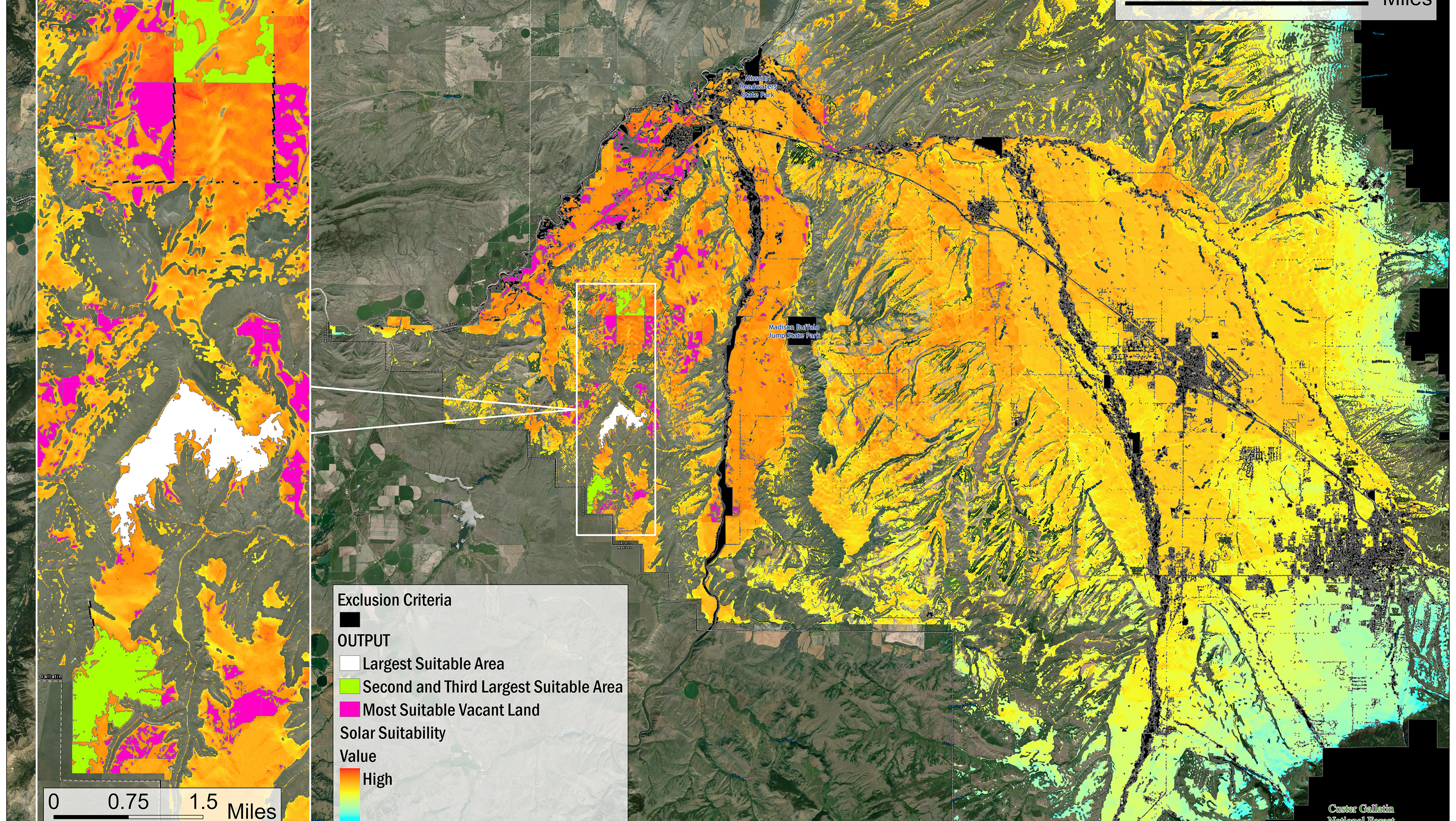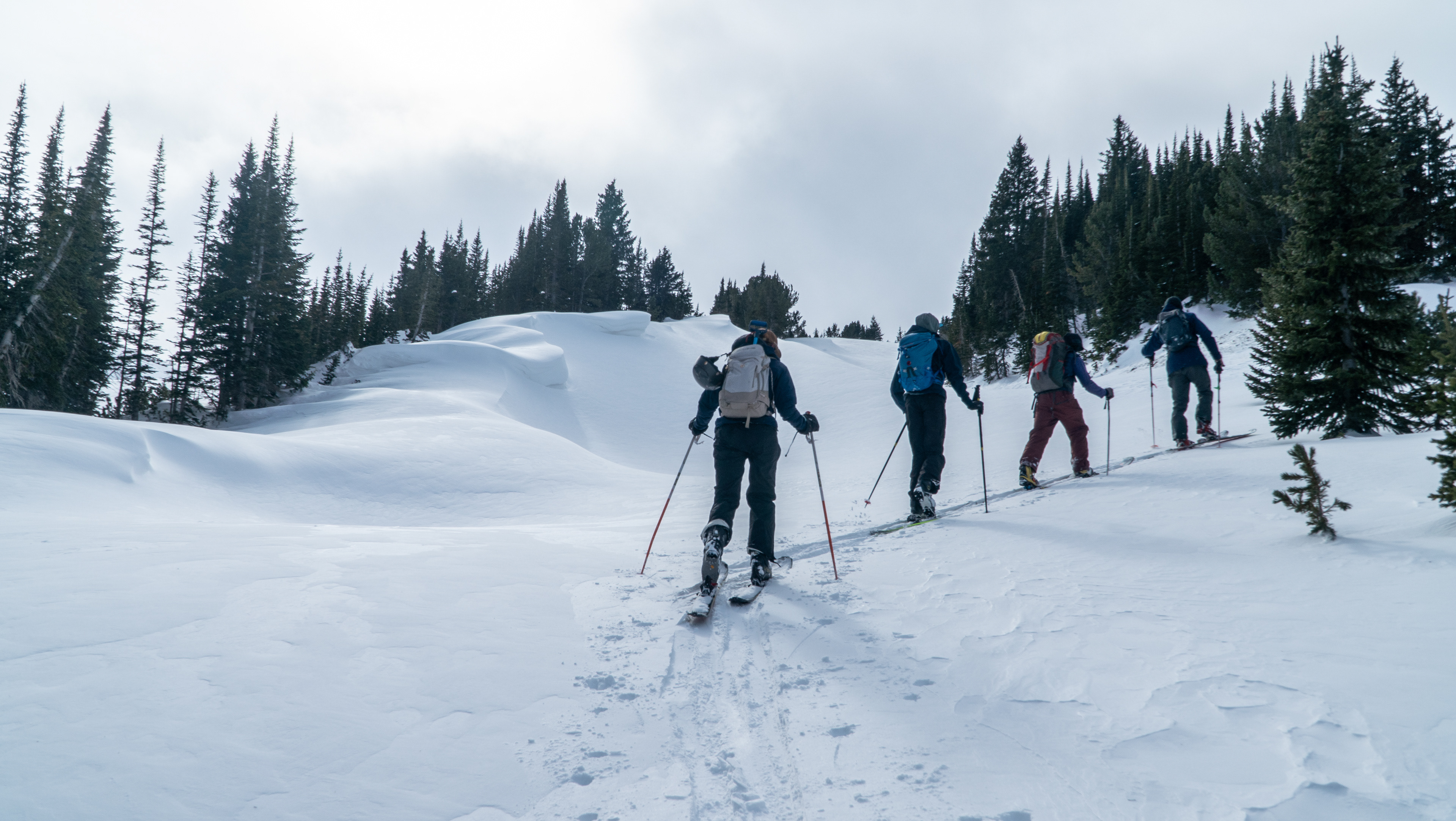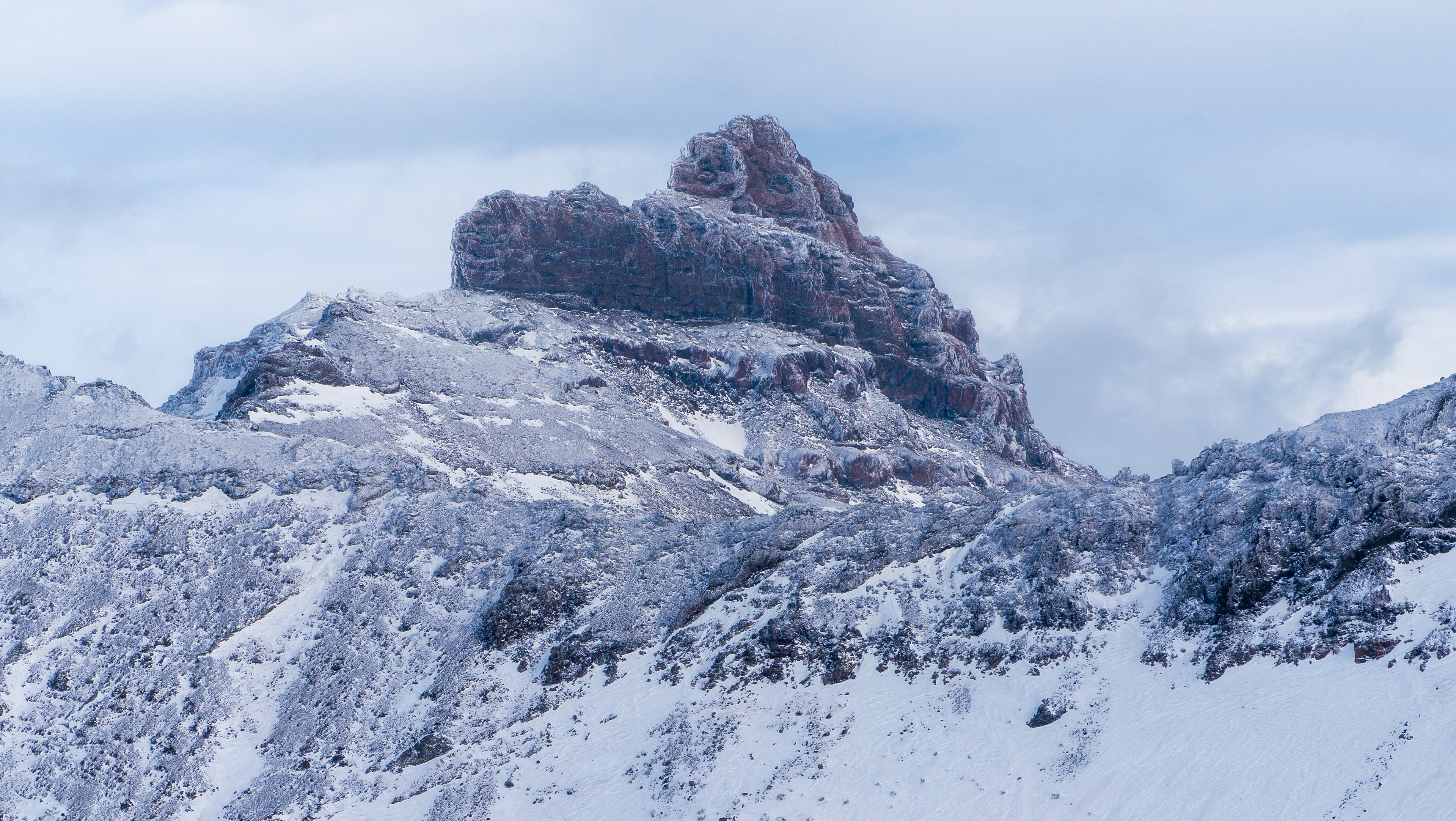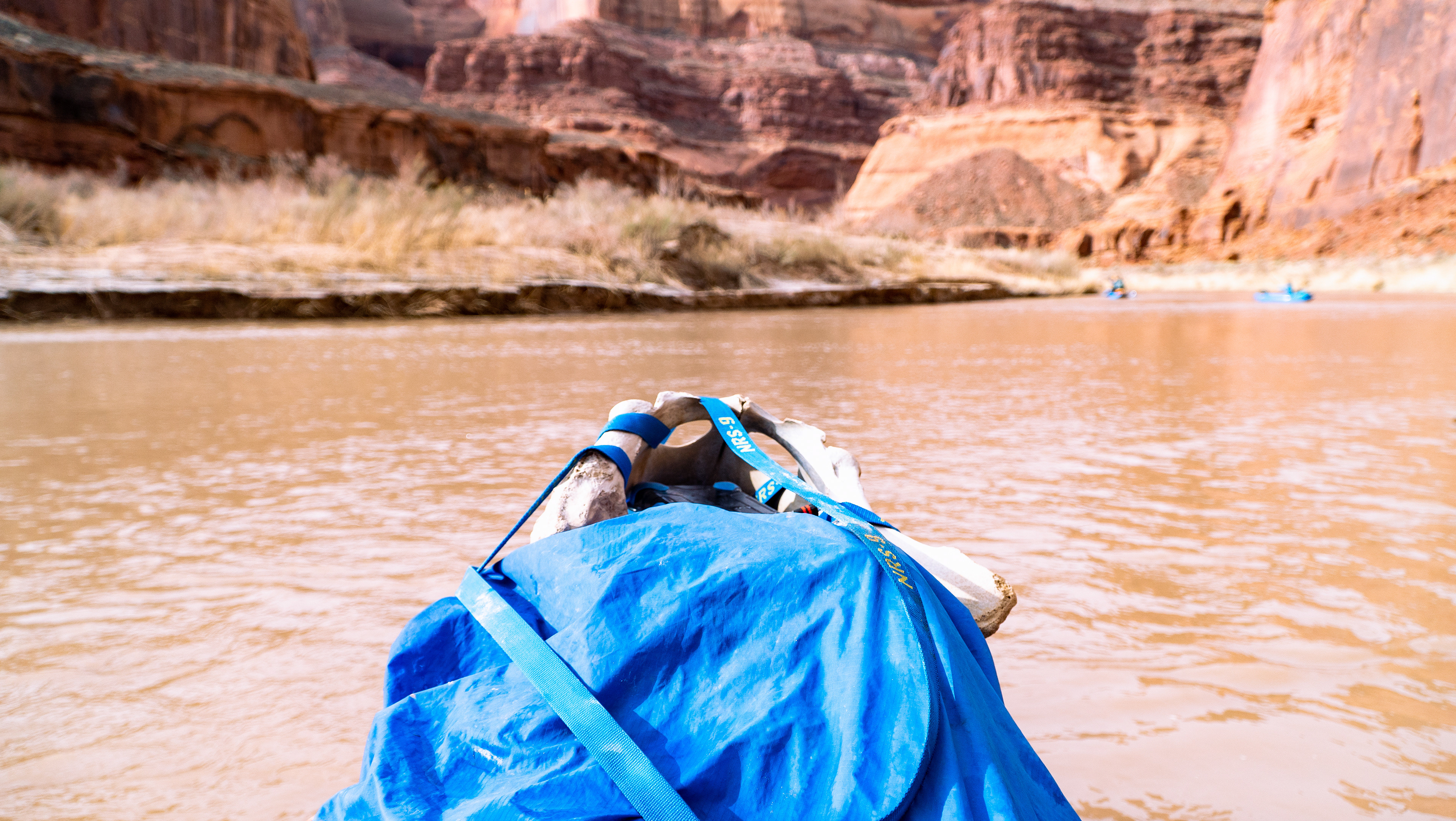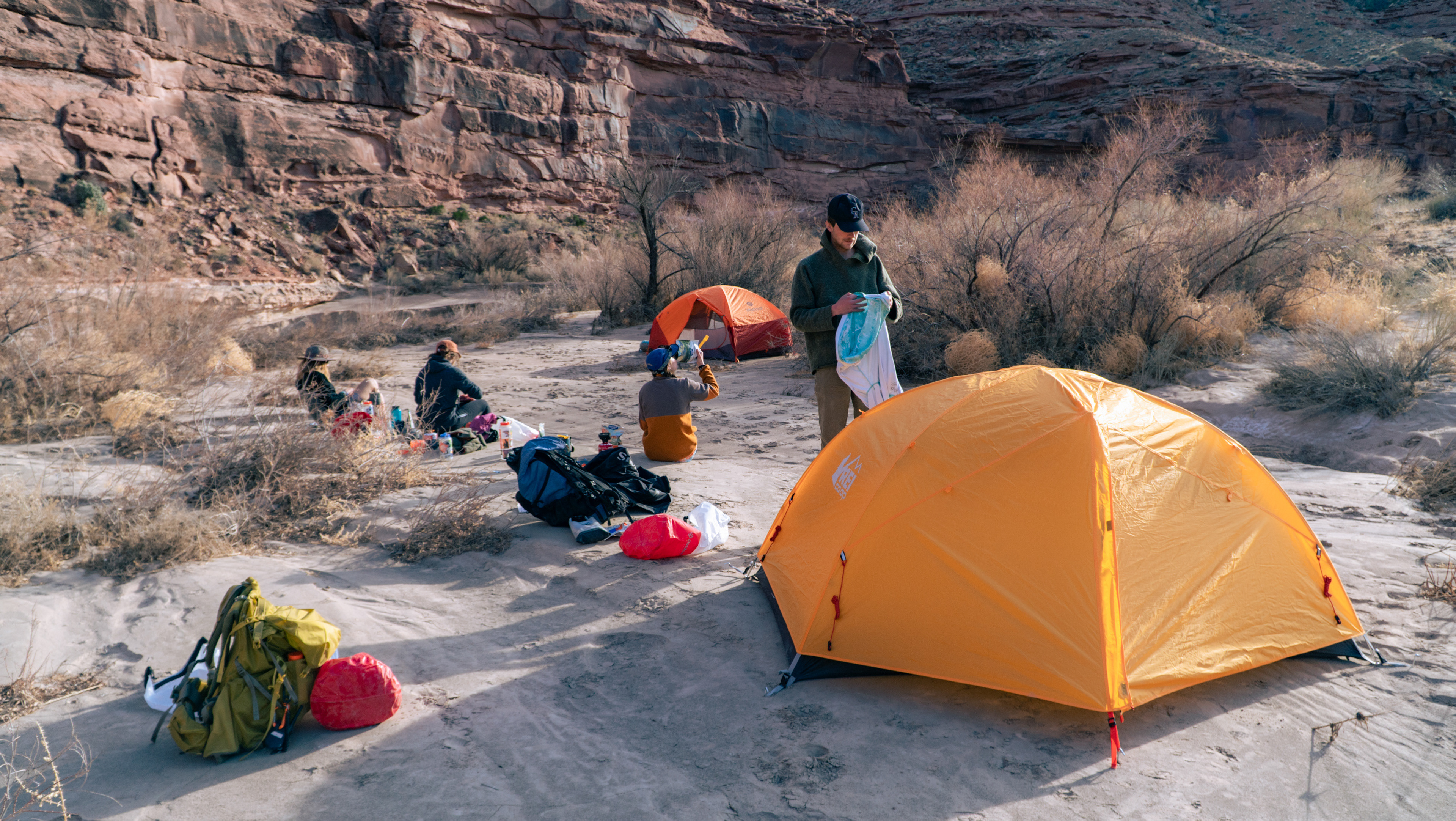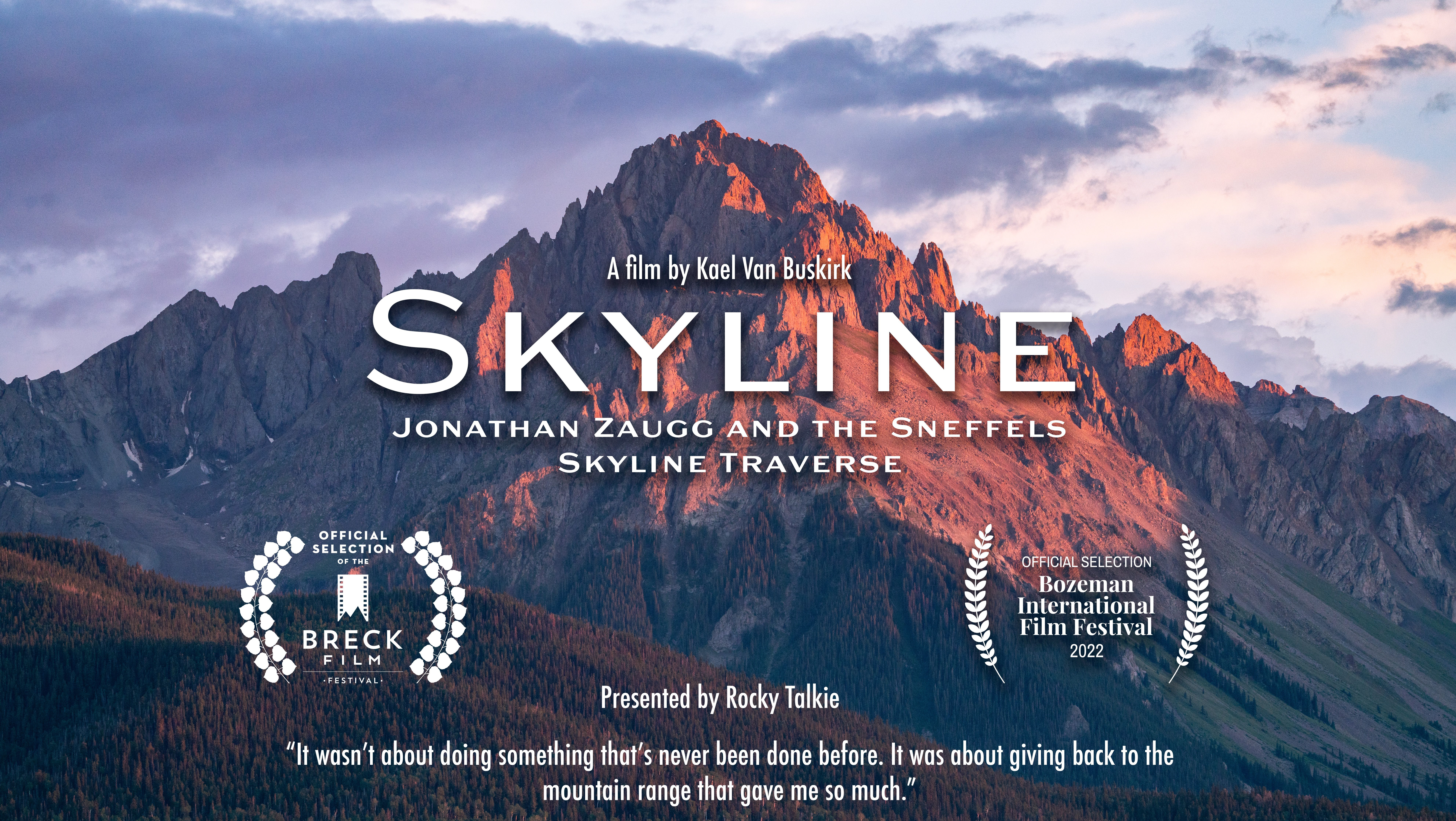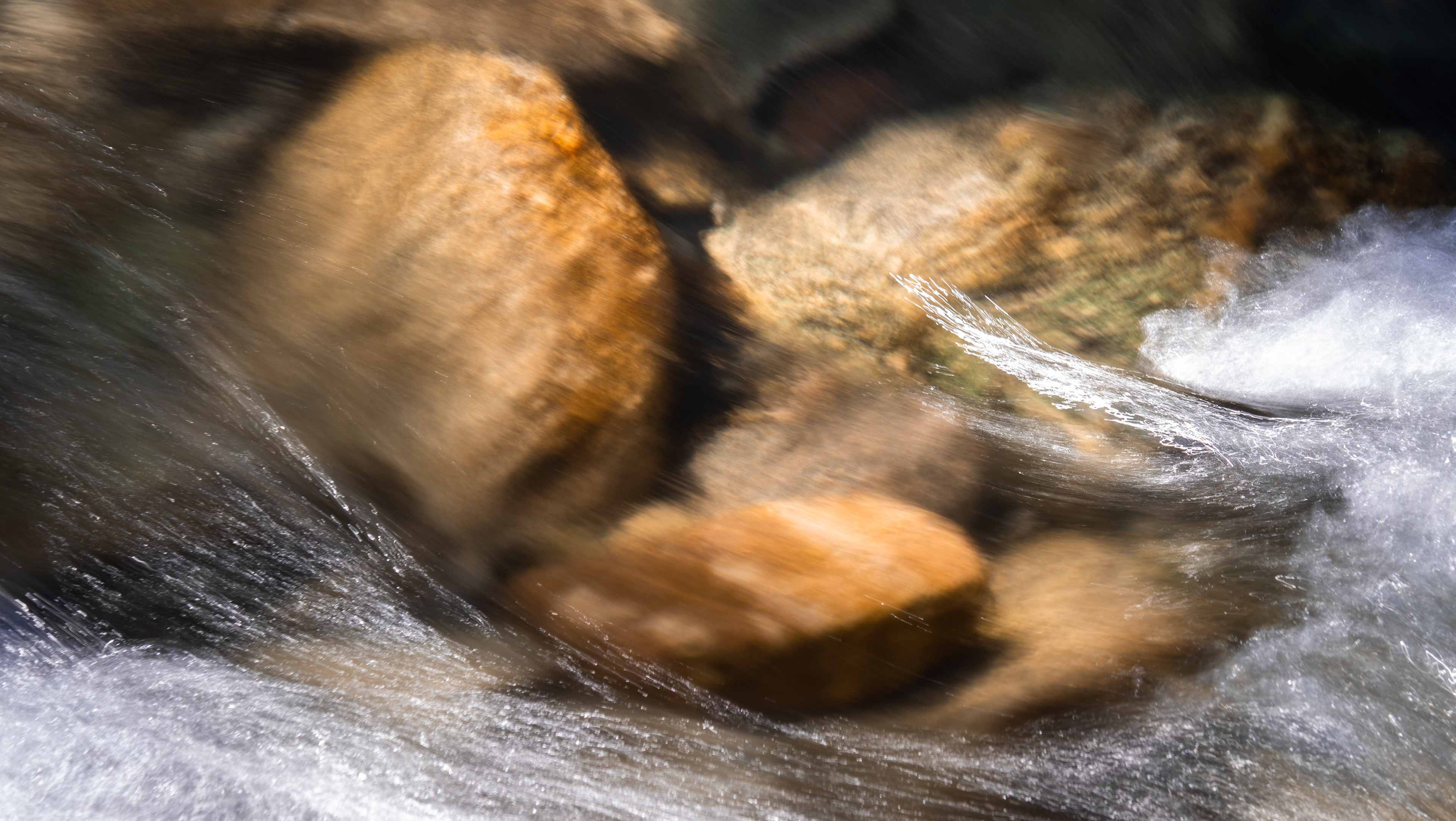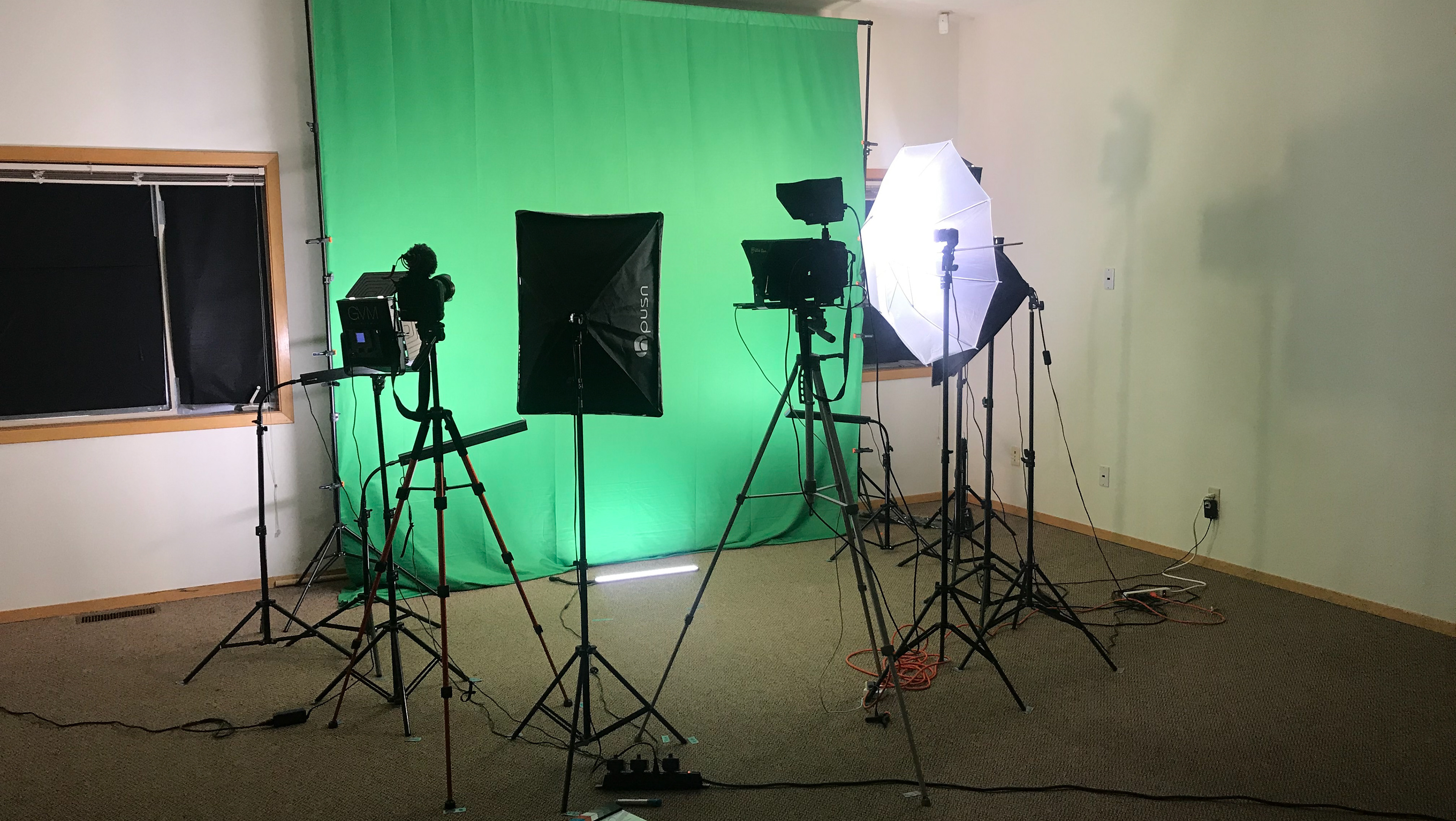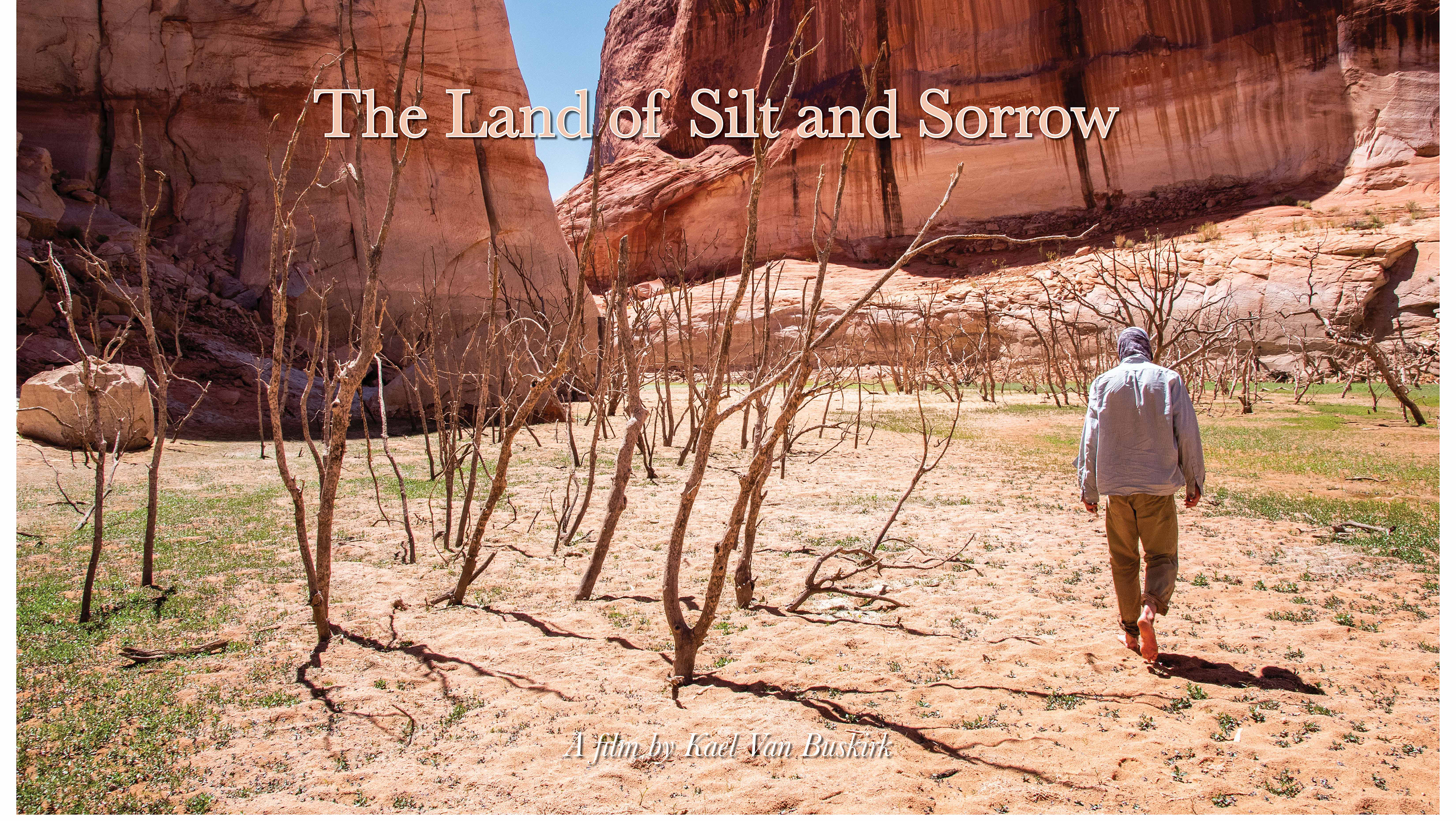Following the migratory path of water into and out of Lake Powell, Utah, The Land of Silt and Sorrow is a participatory visual poem, exploring the lake in its current state from the perspective of the water as a means to understand how our relationship to it in past parallels with the present in order to reckon with our future. What remnants of antecedent life still linger beneath the evaporating surface and what will become of this sentient sandstone labyrinth when it is gone?
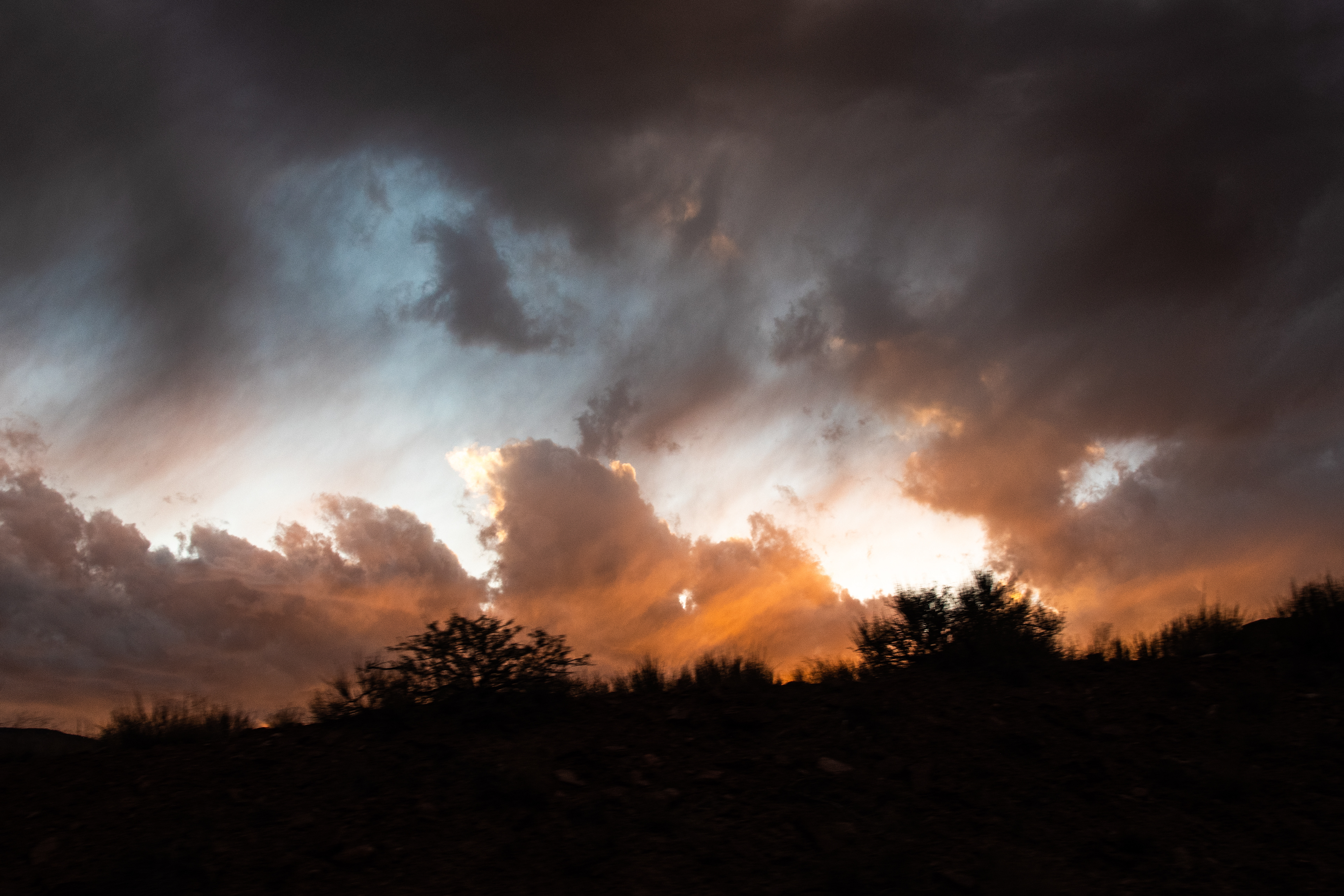
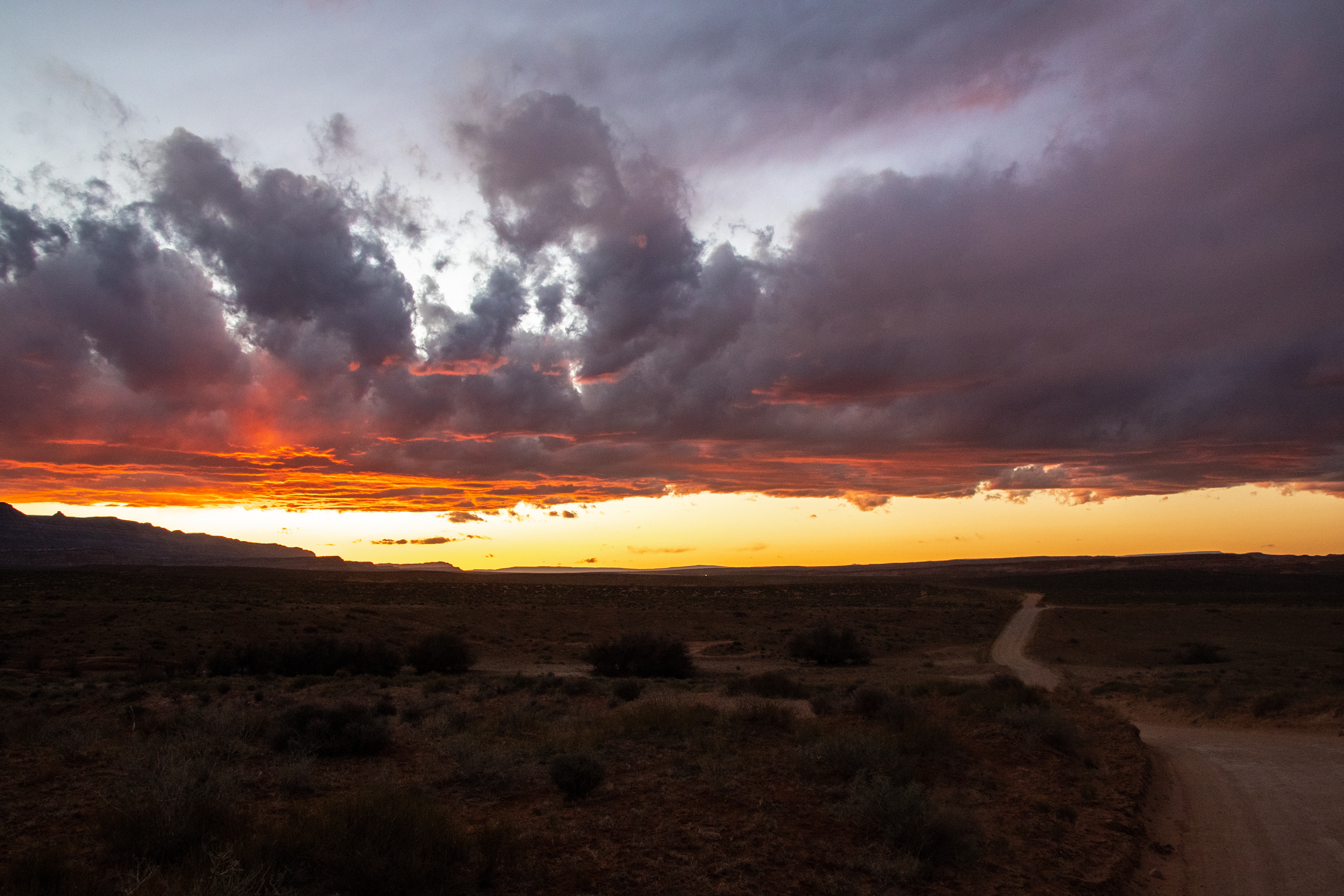
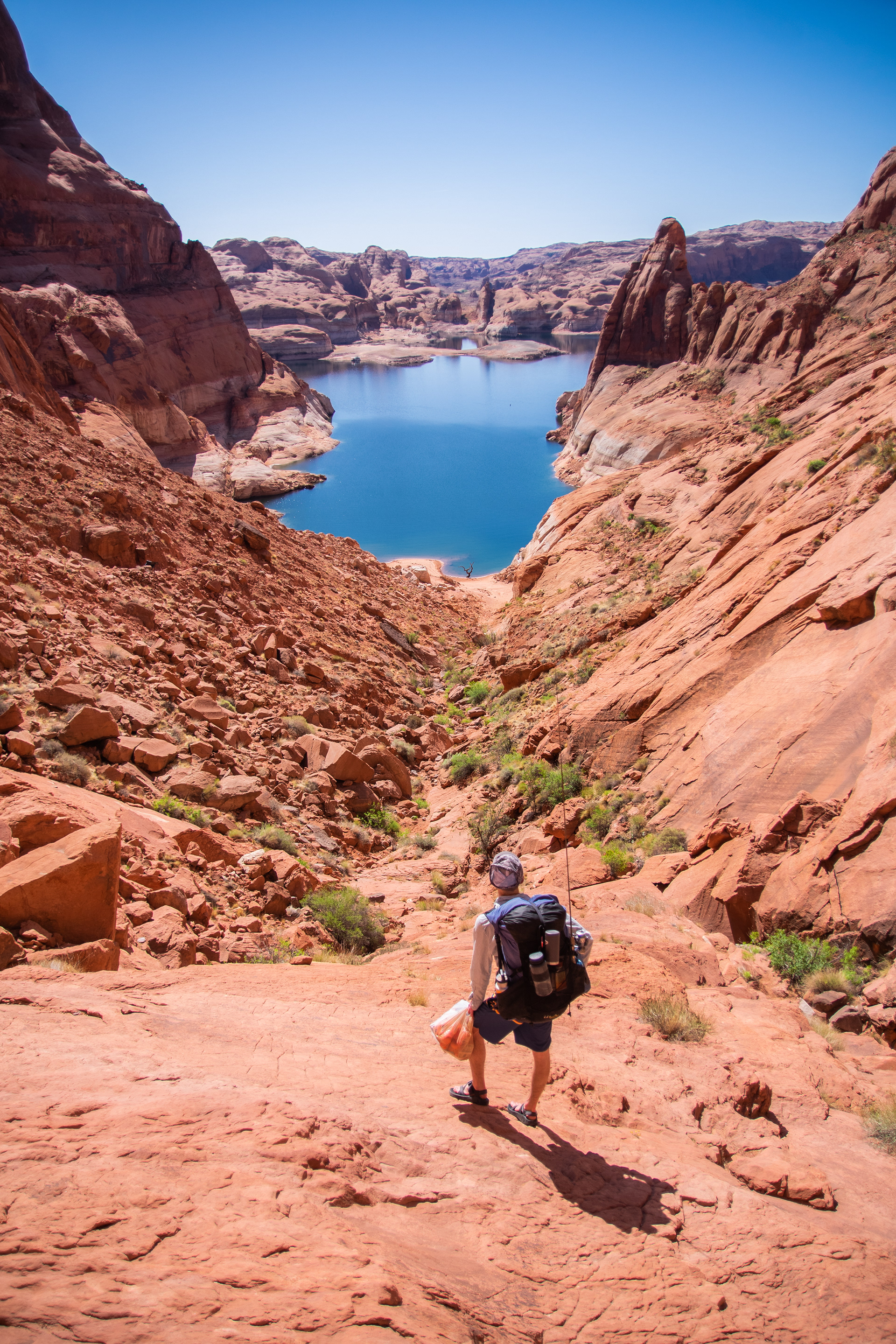
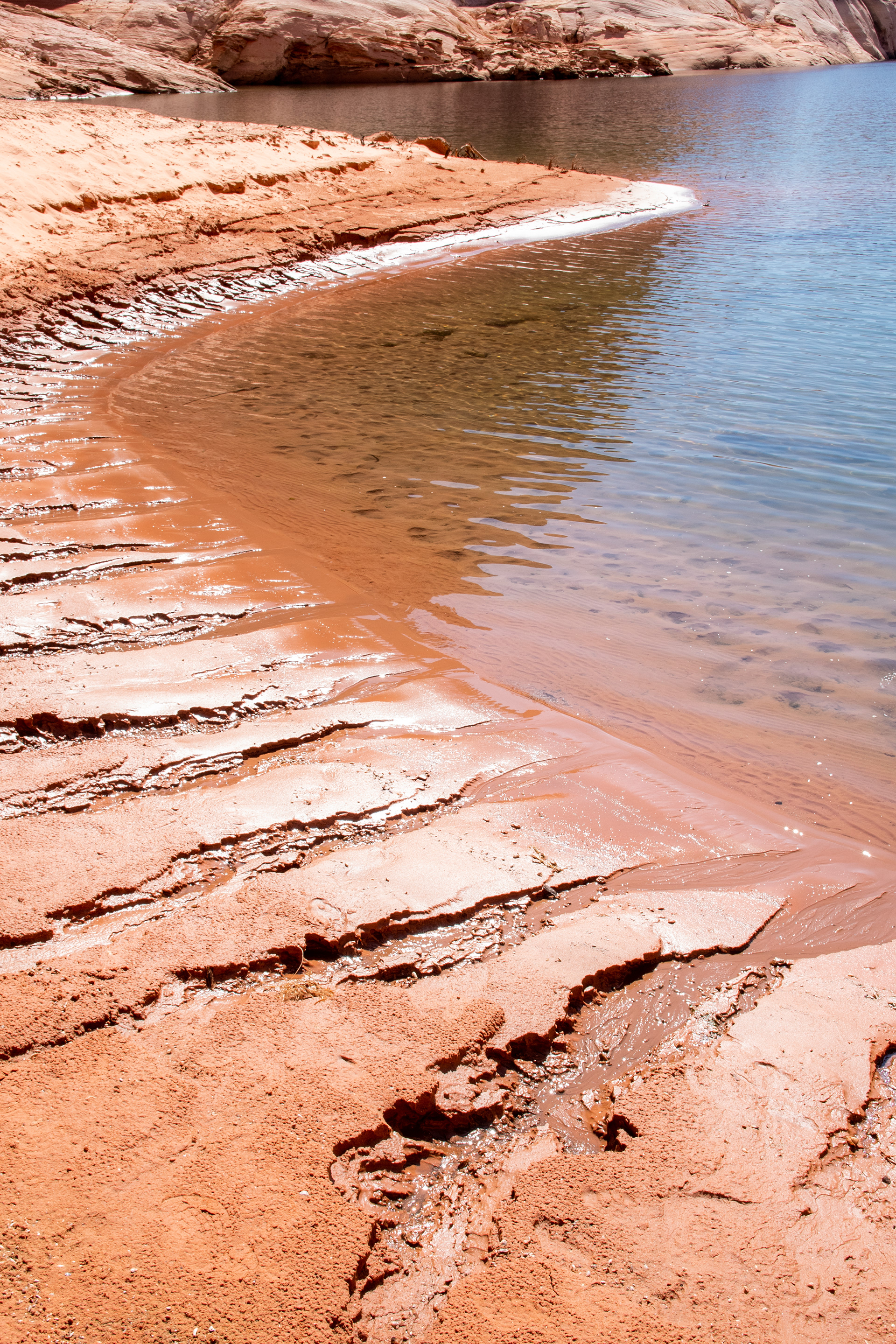
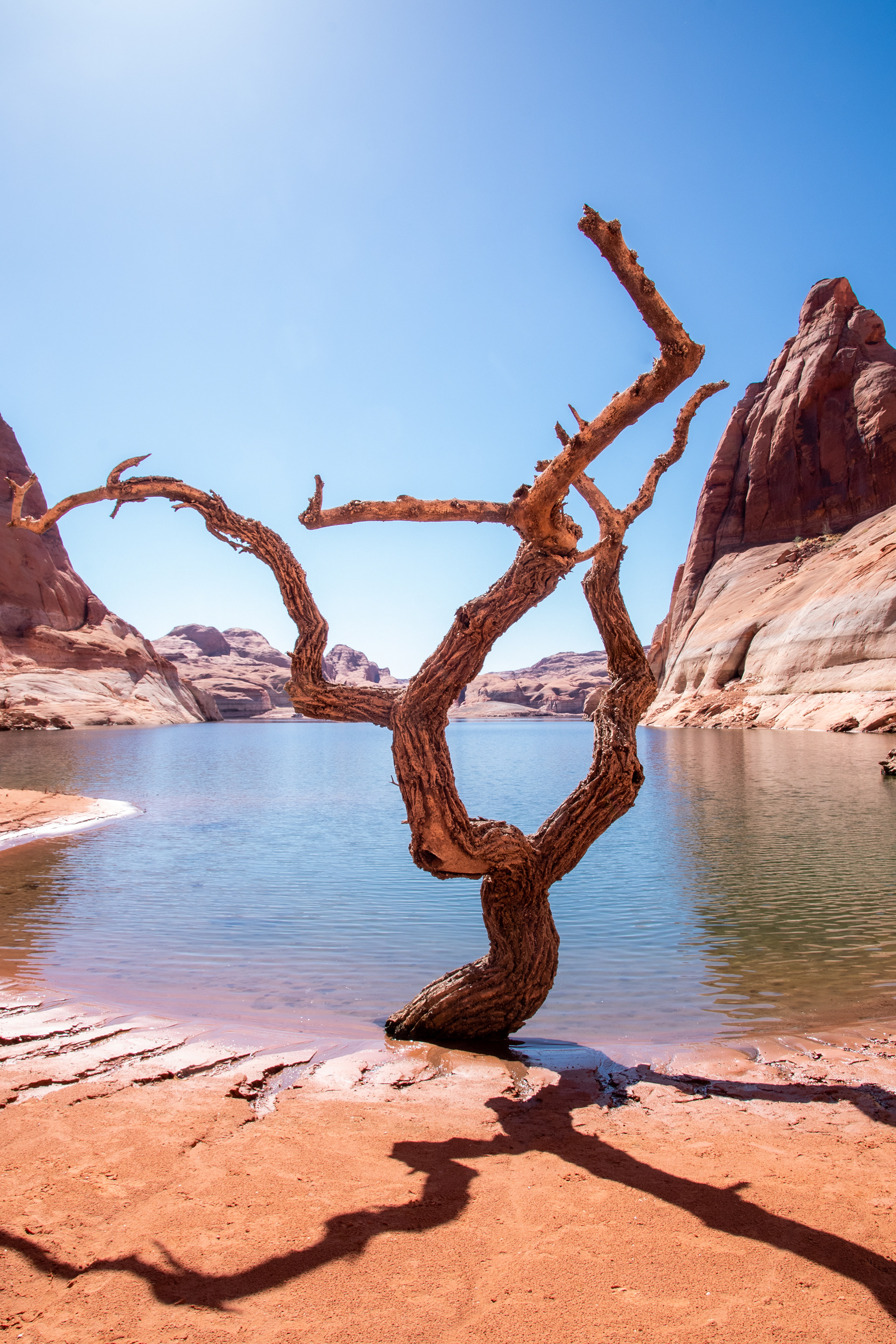
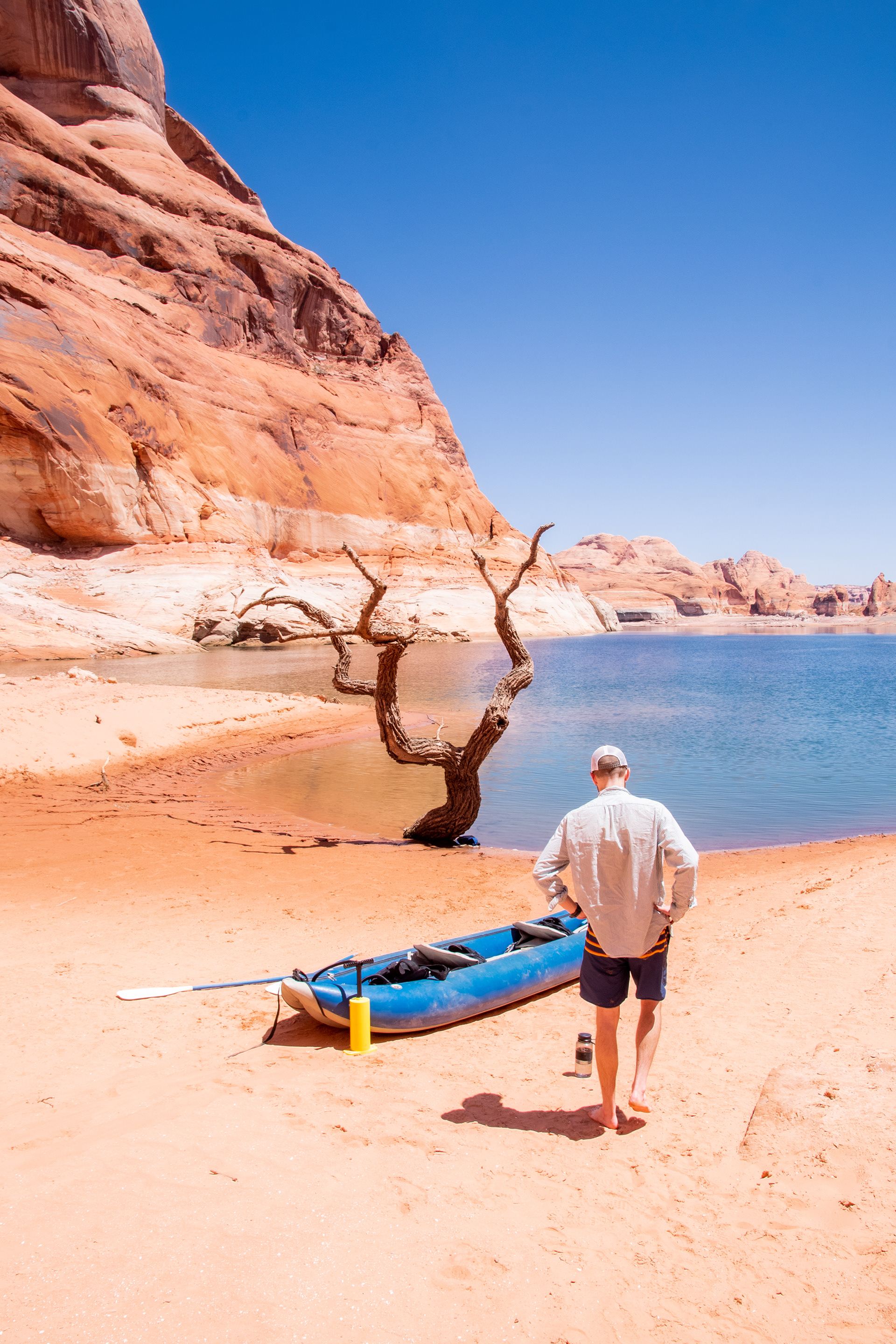
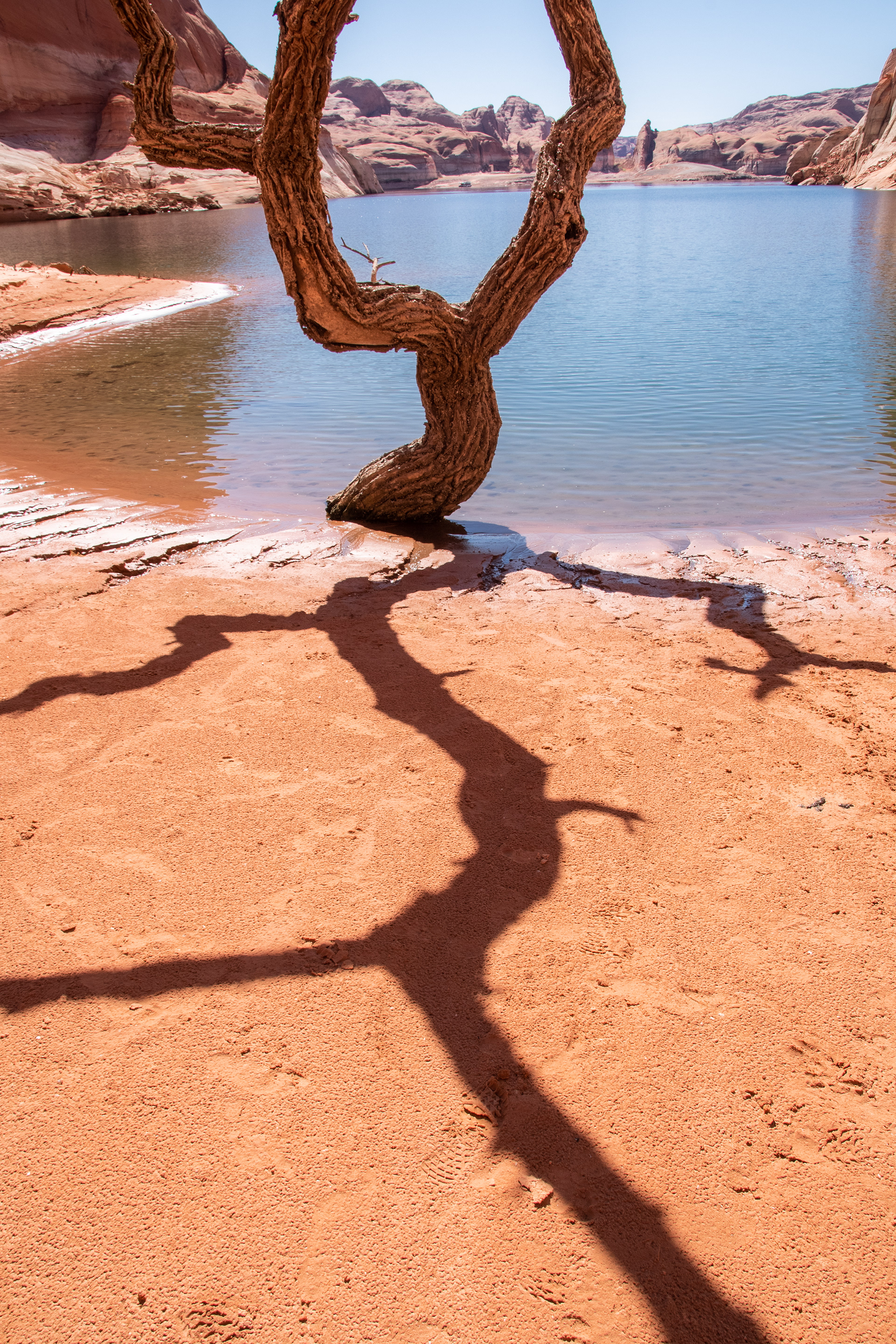
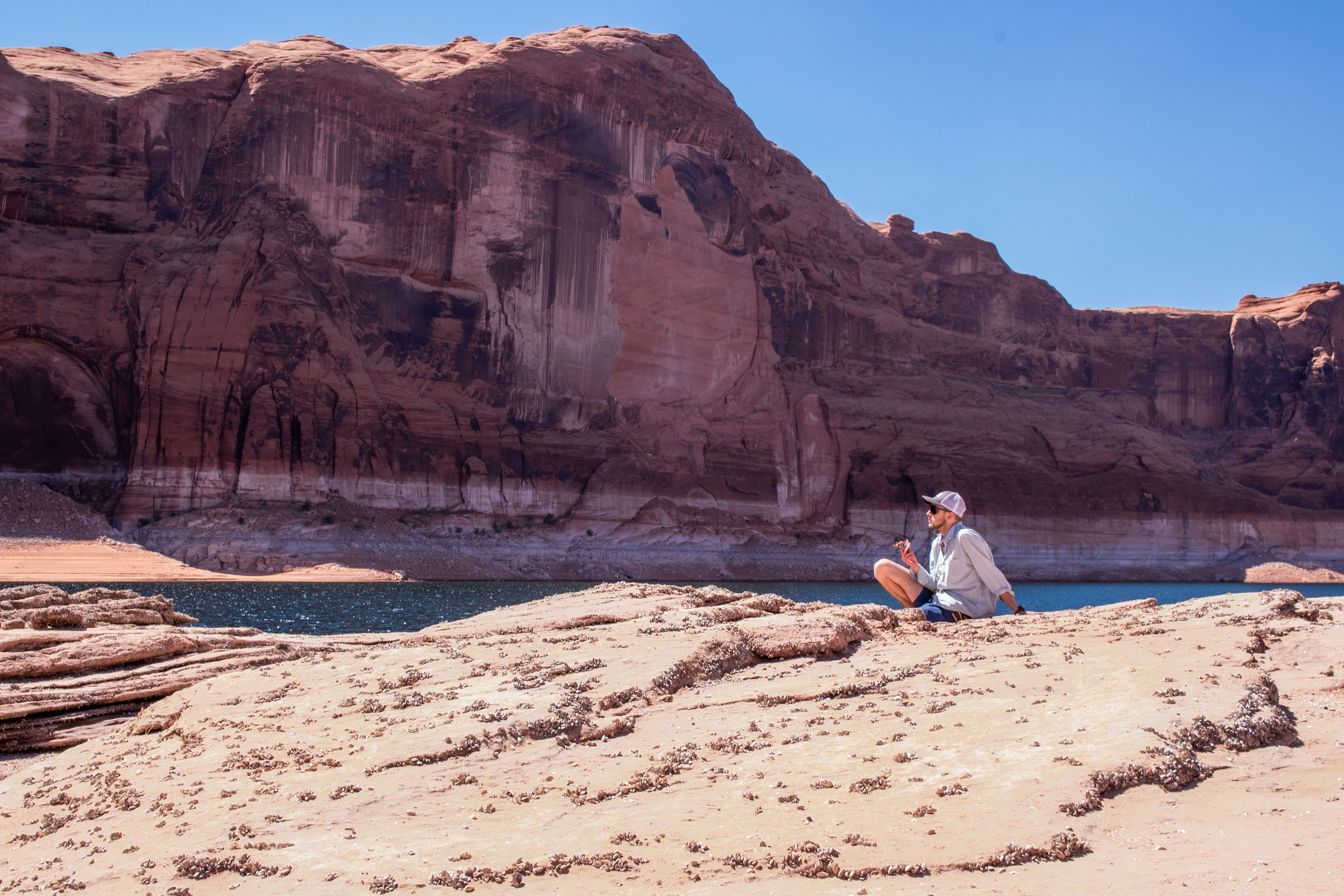

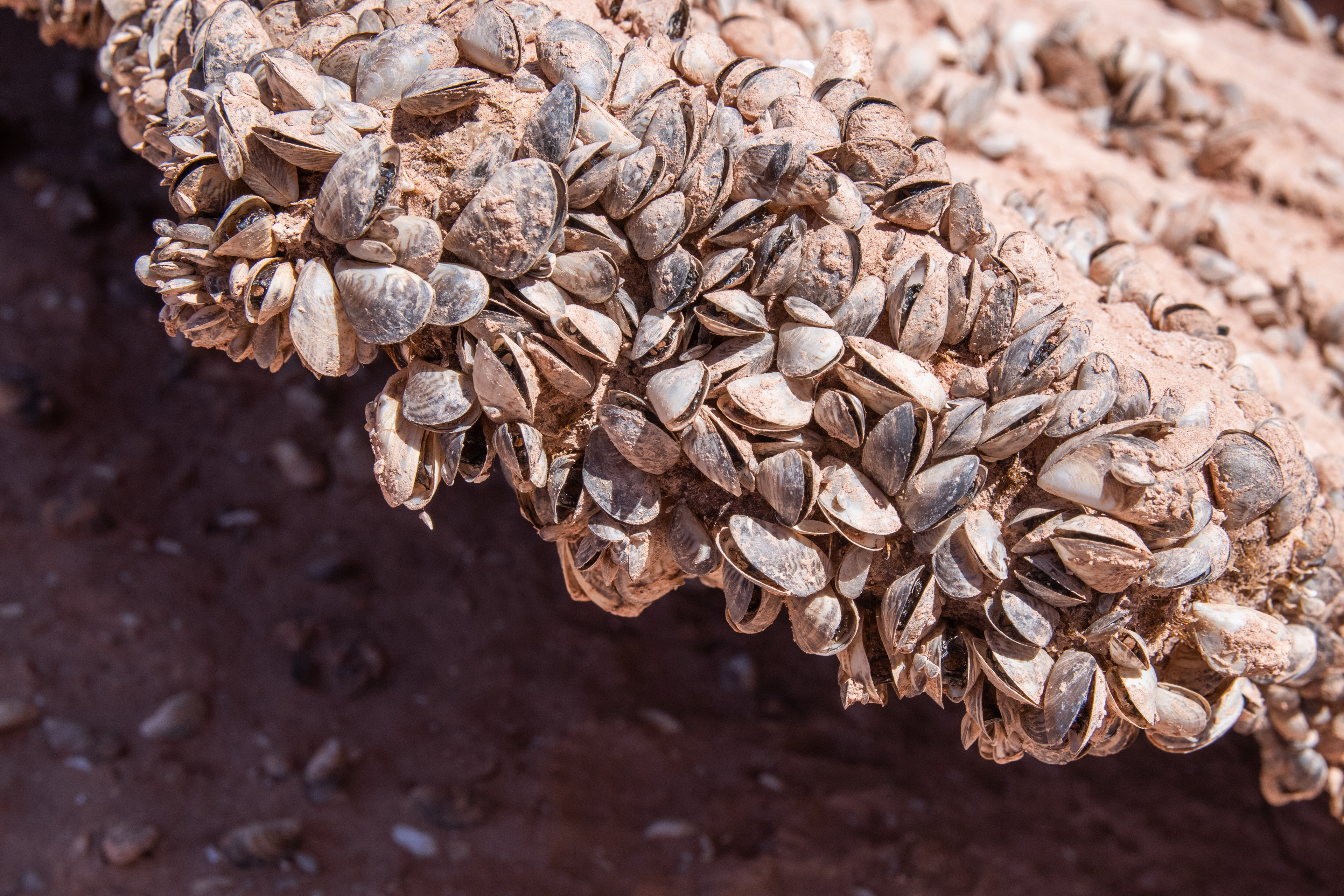
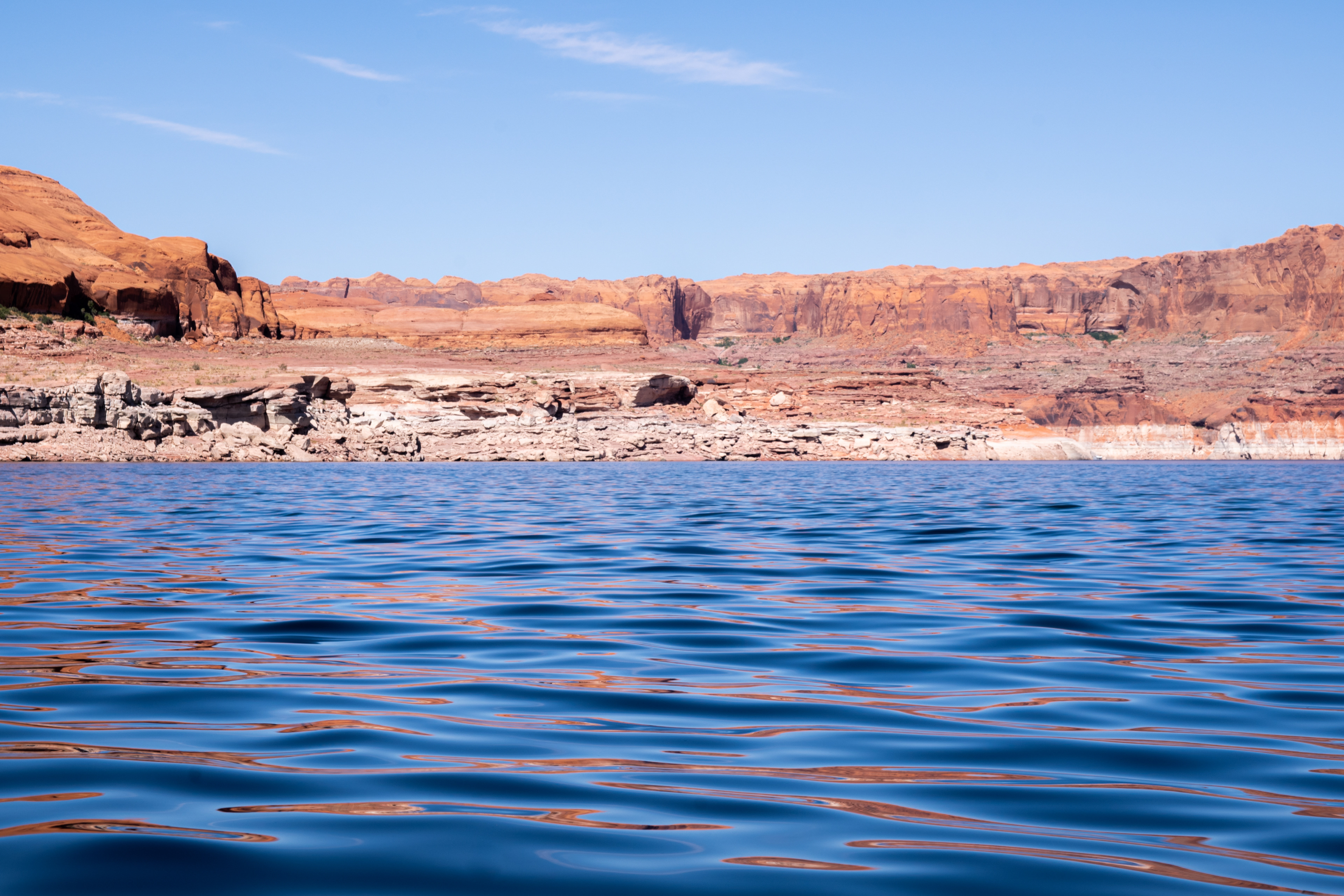
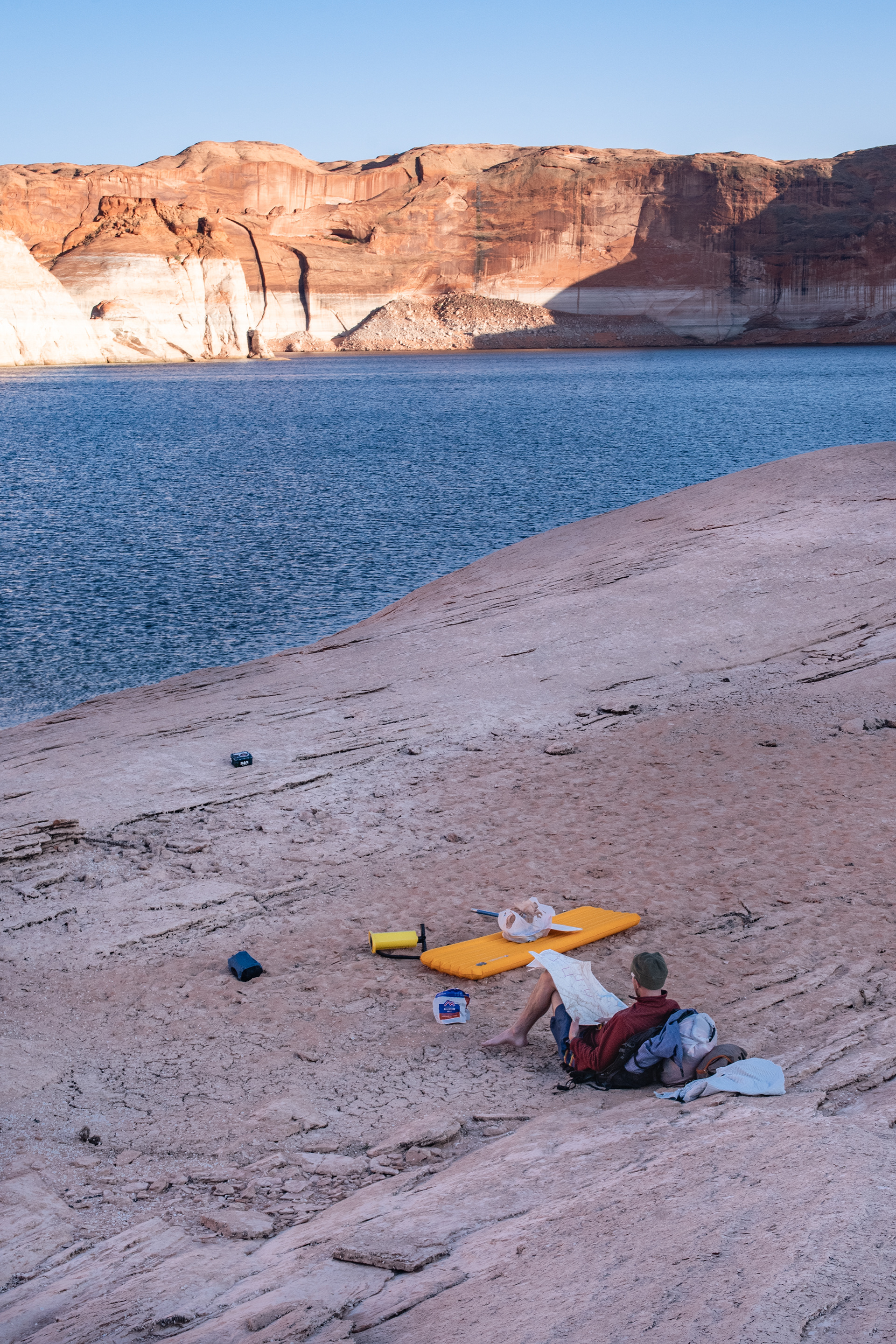
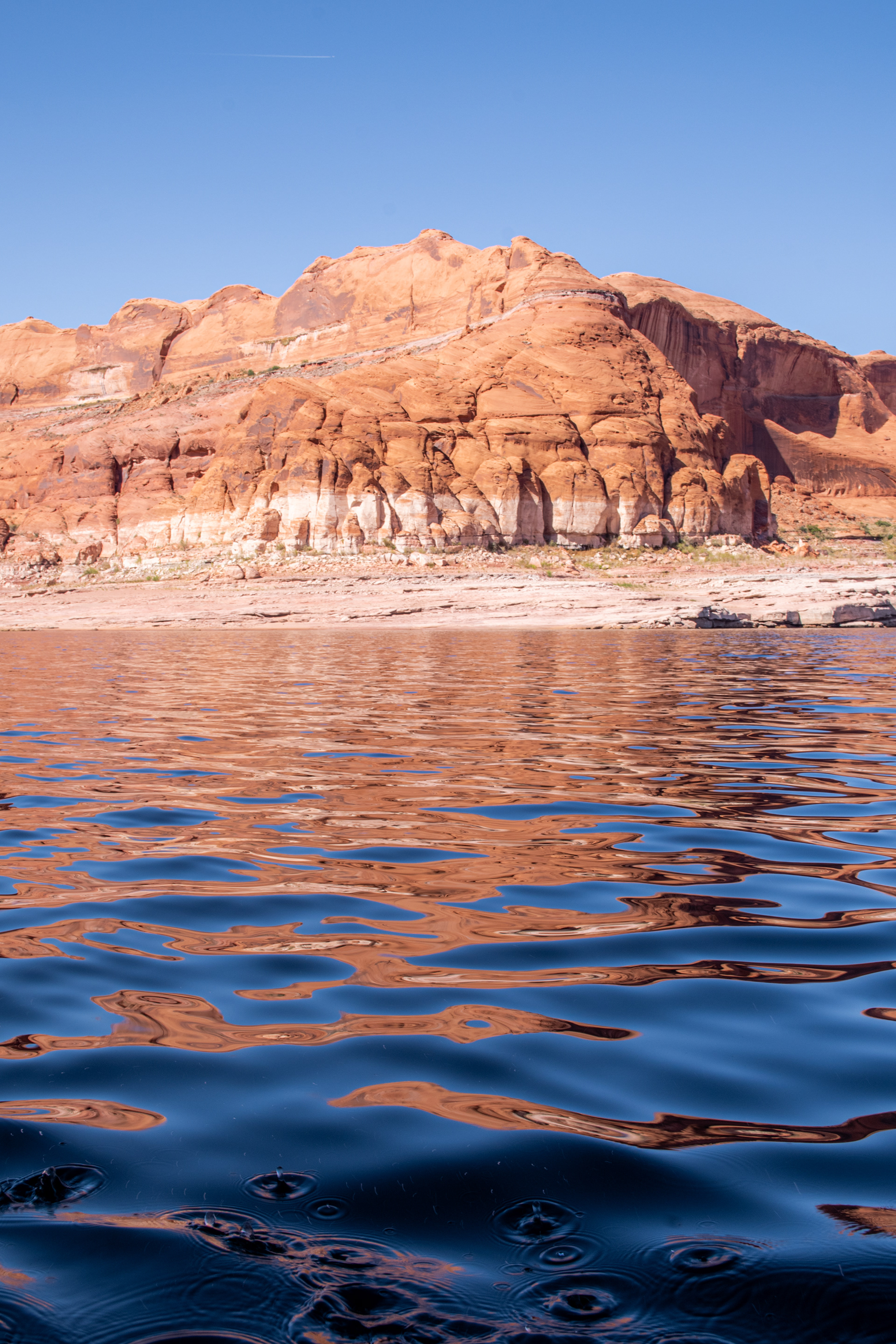
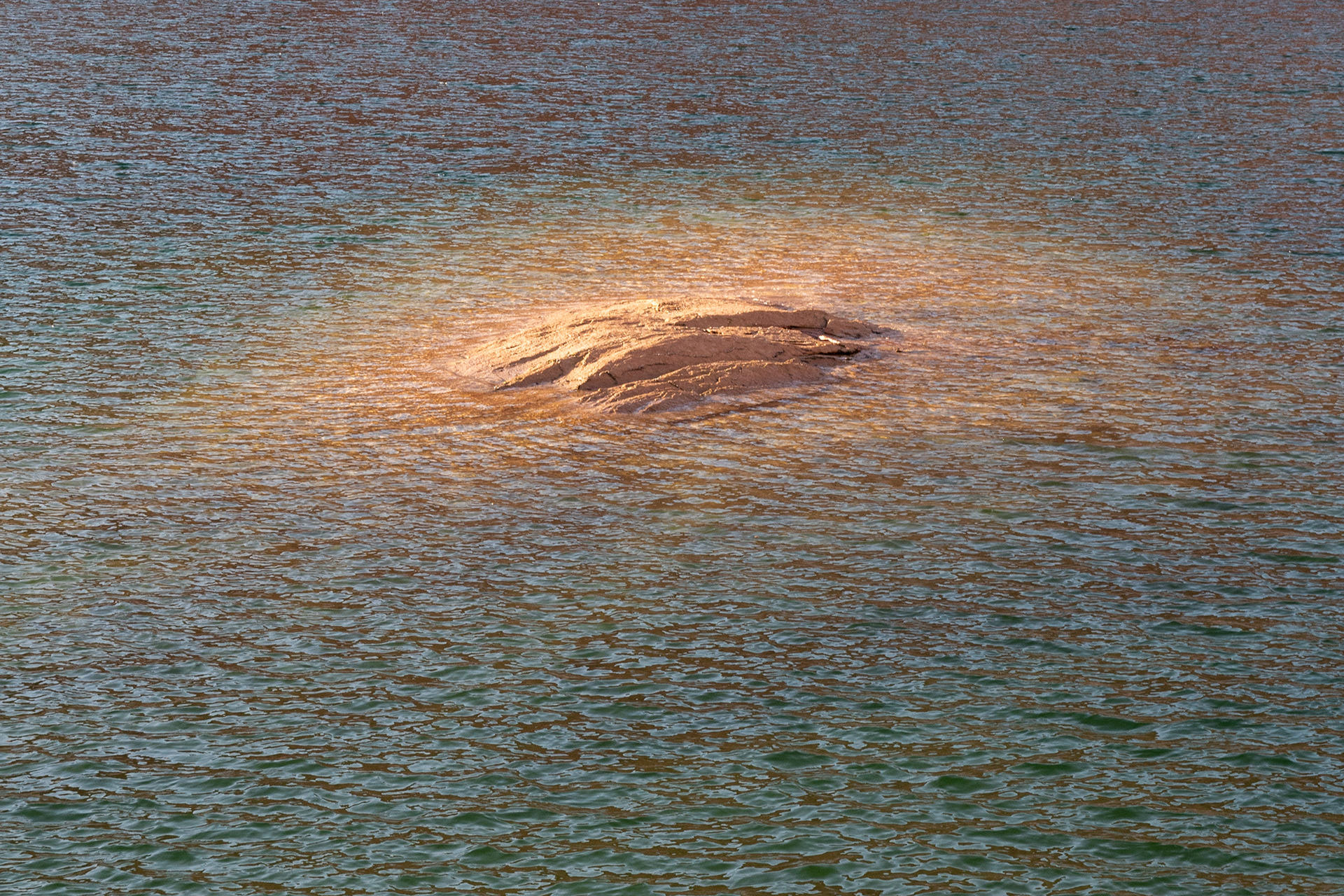
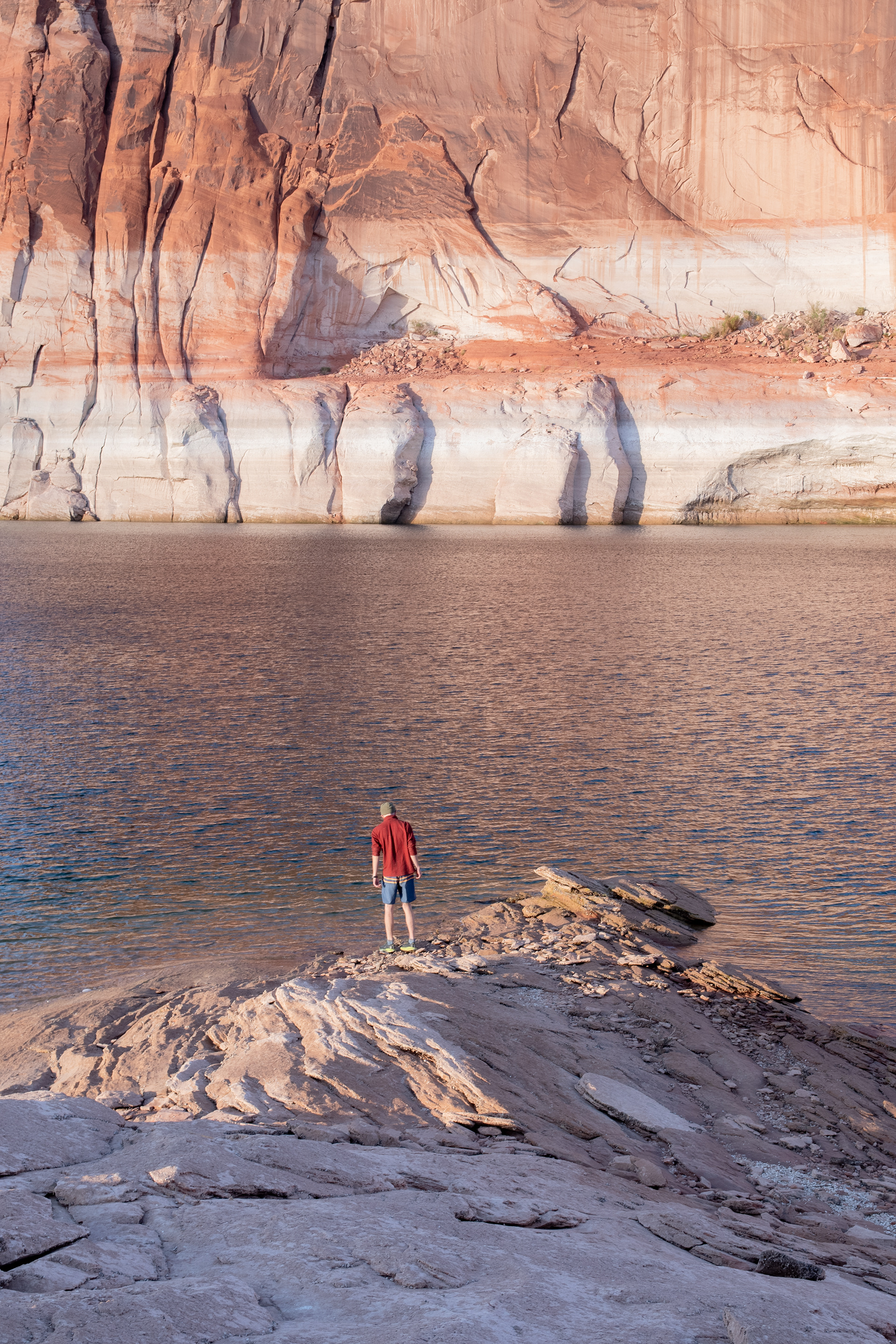
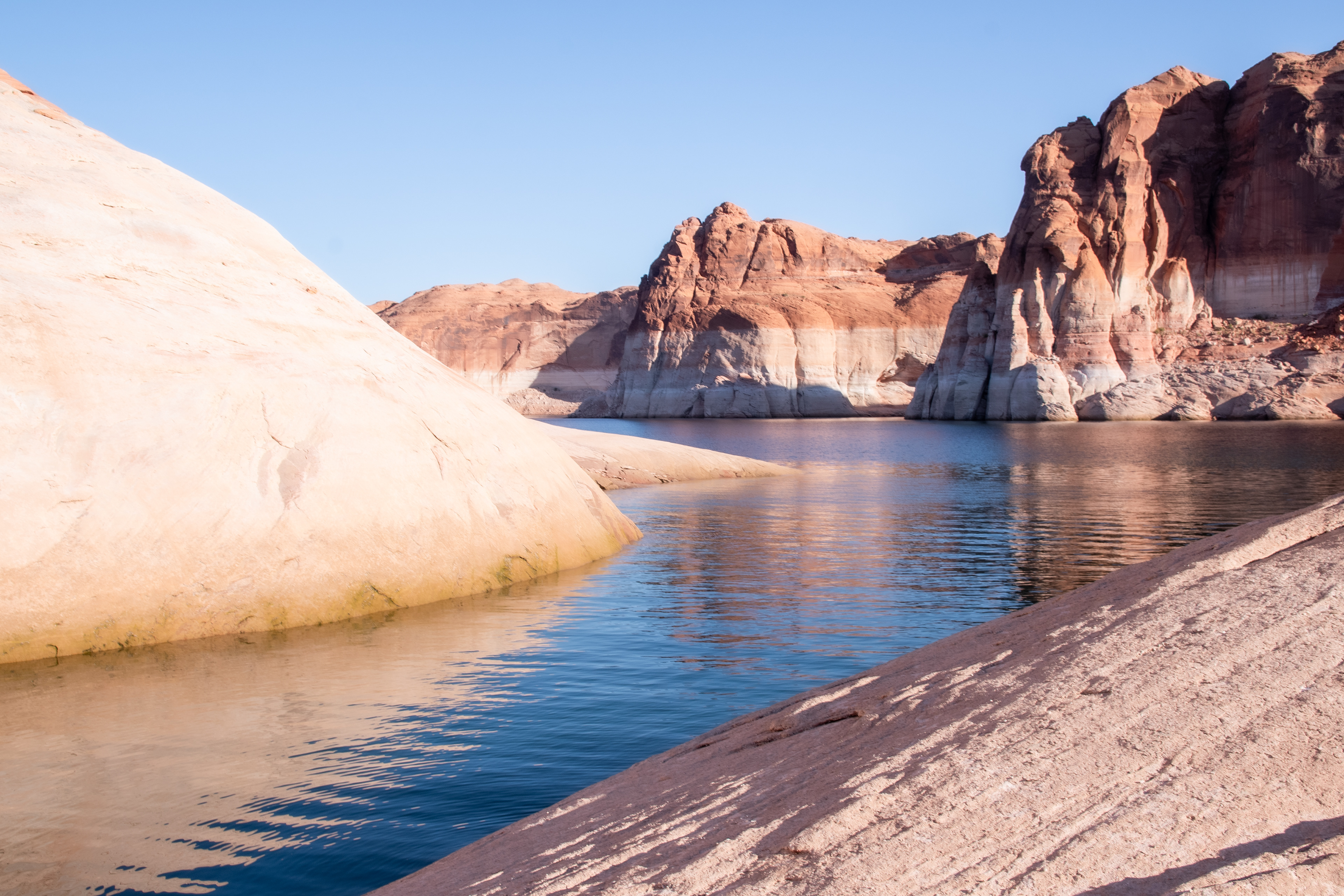
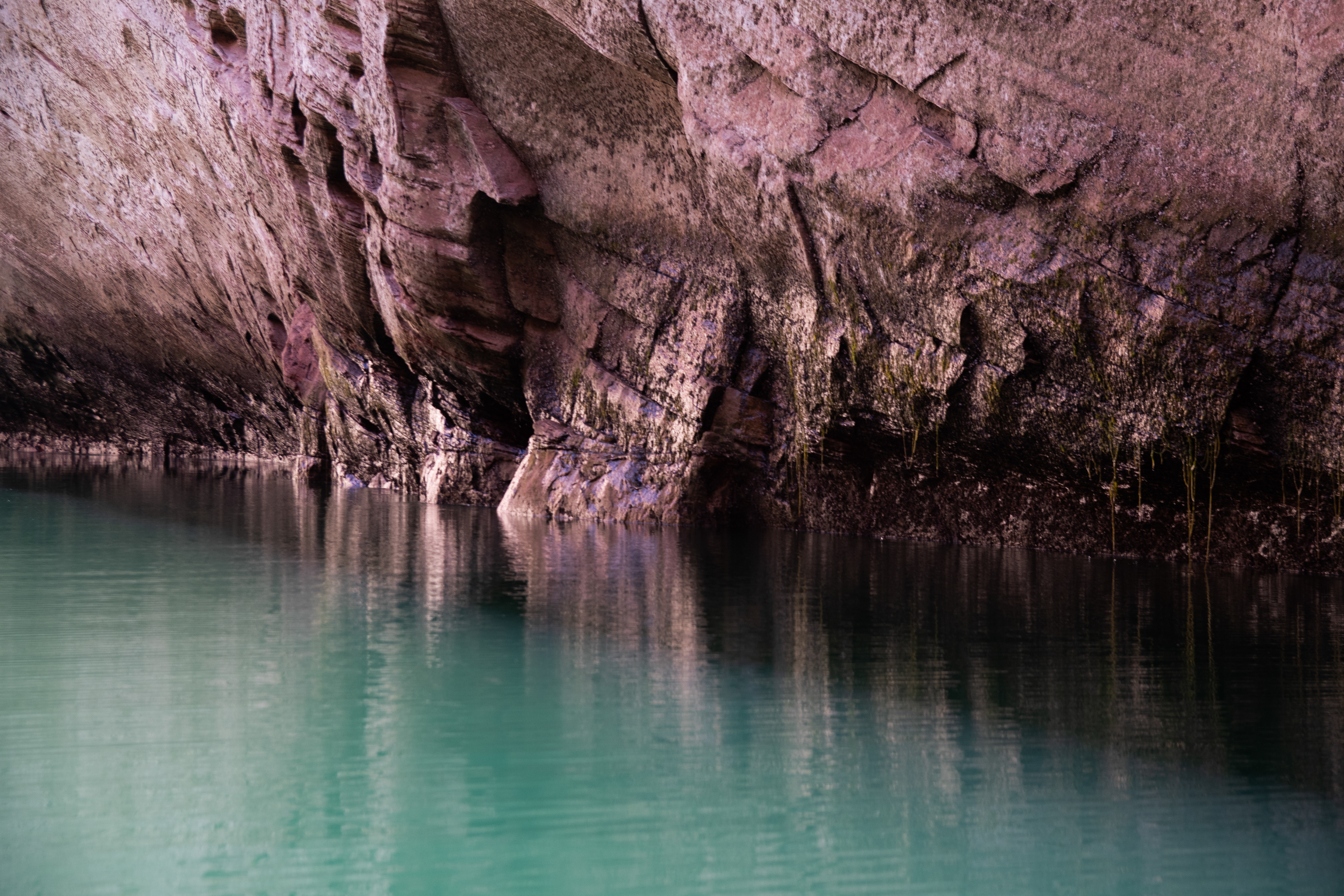
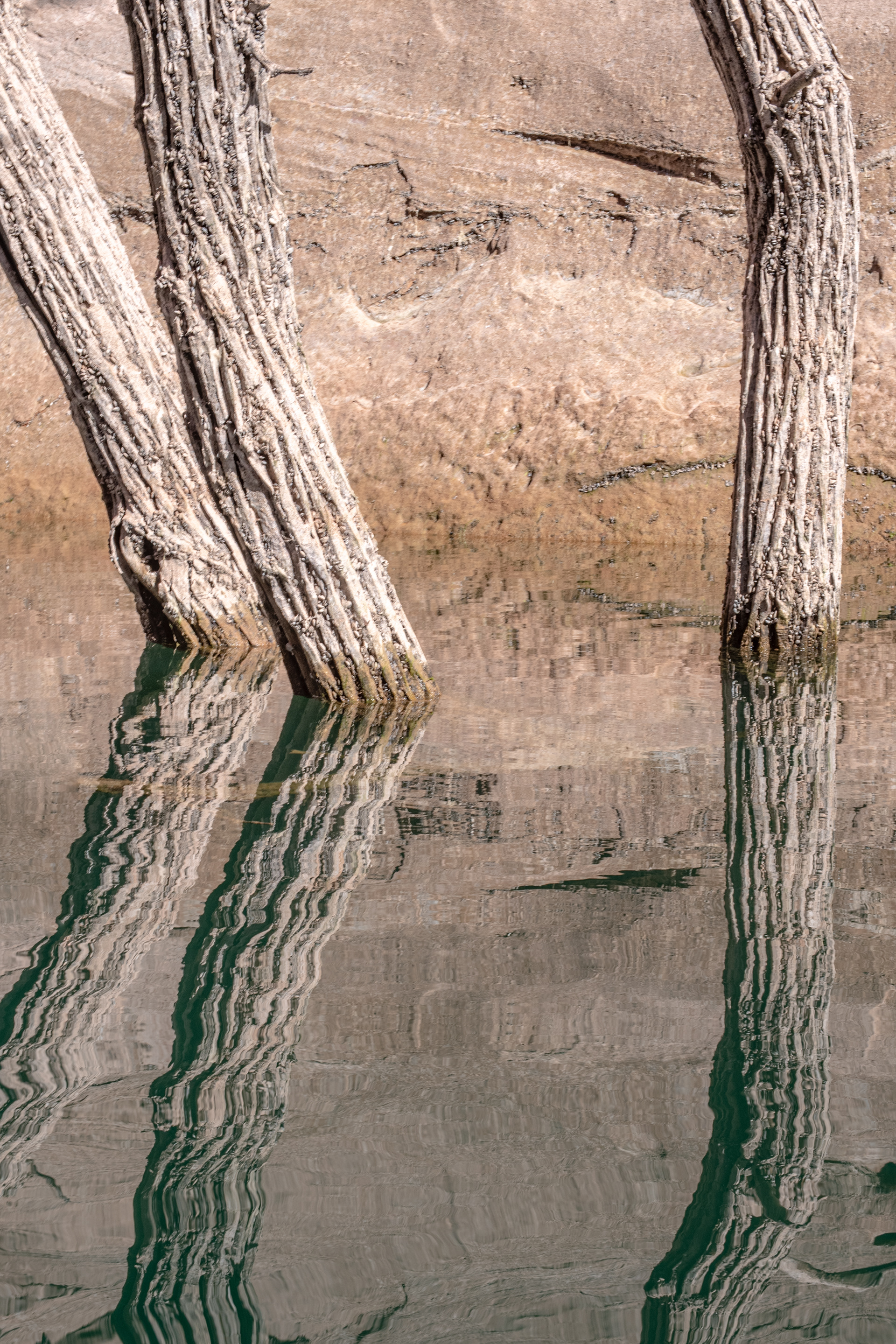
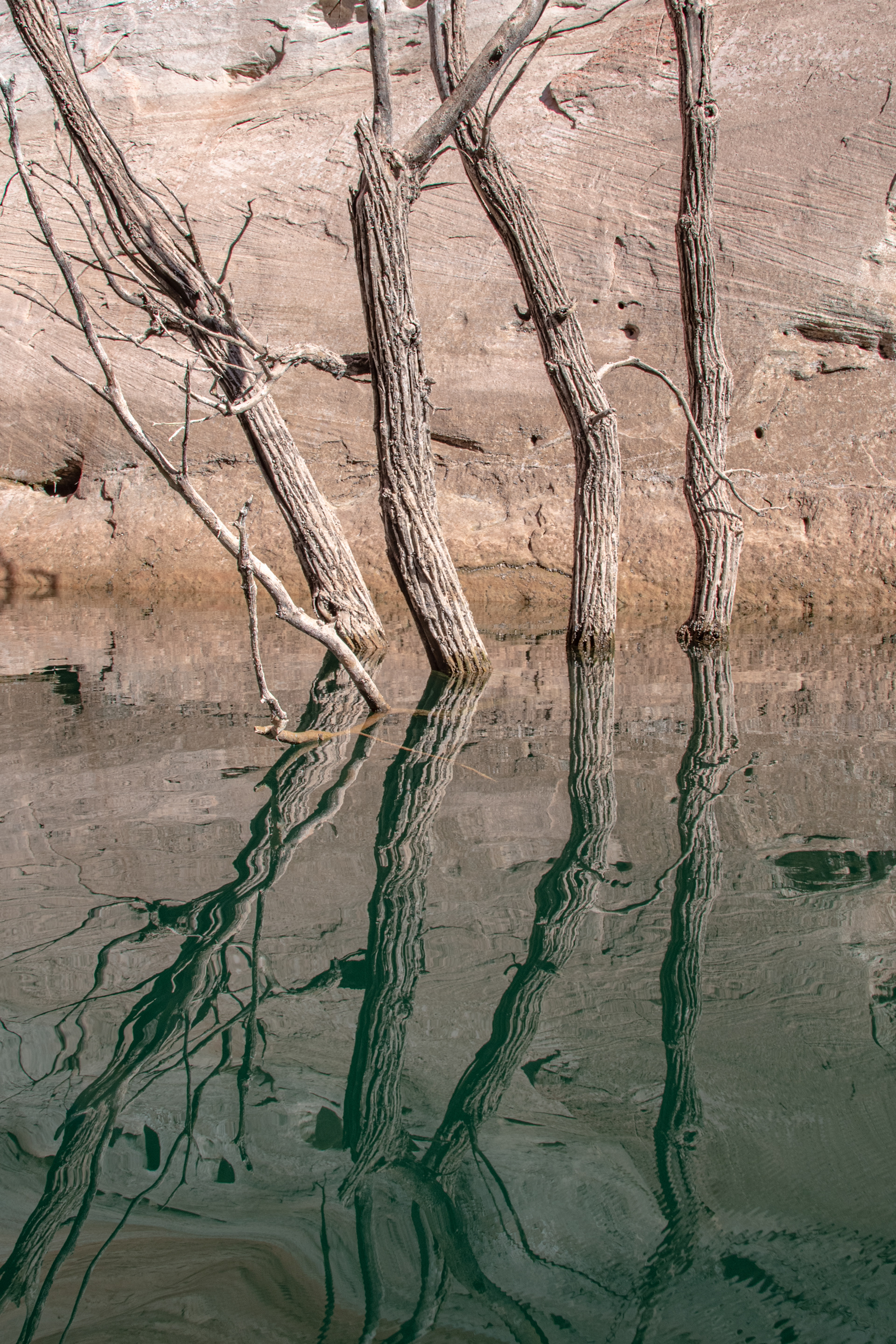
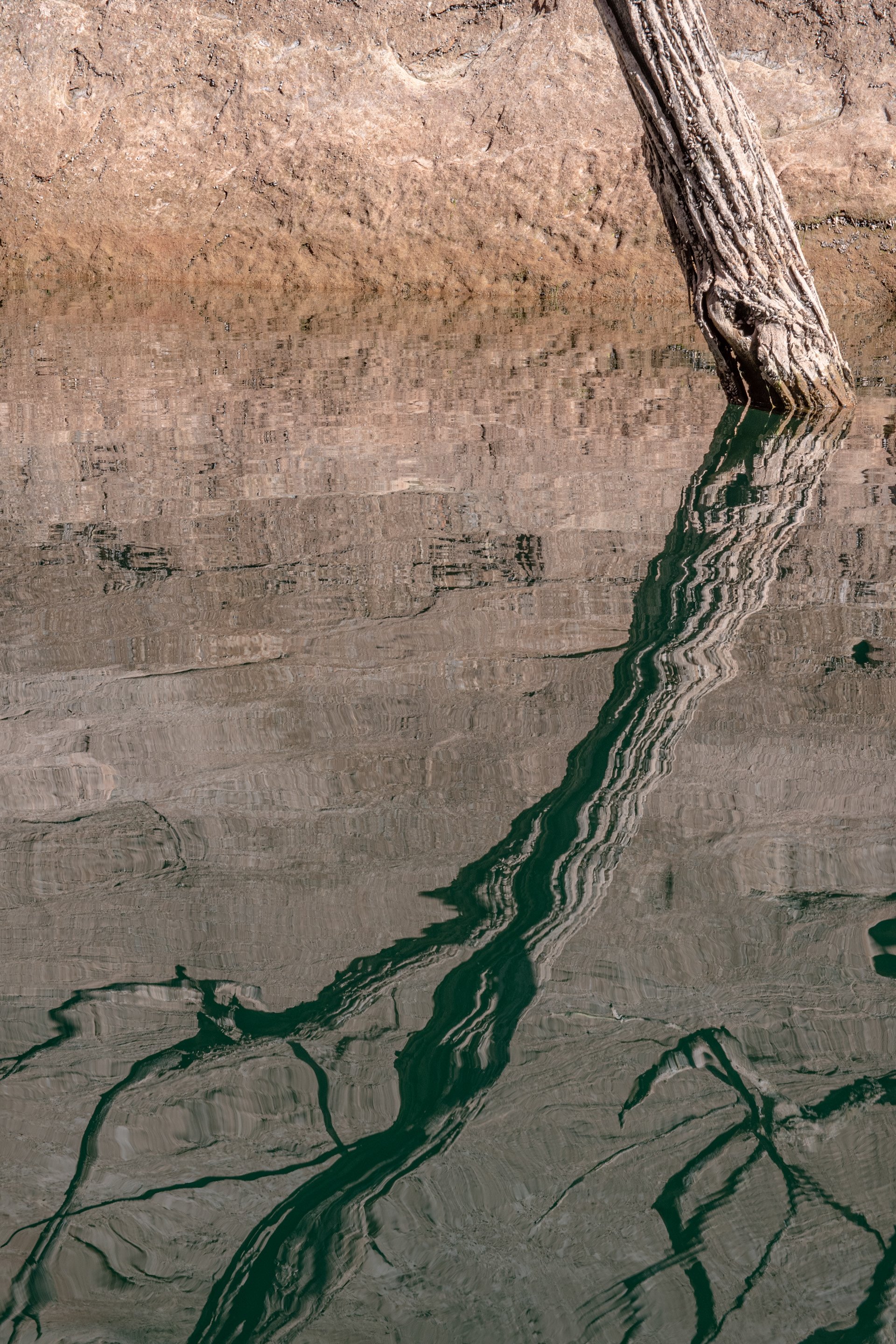
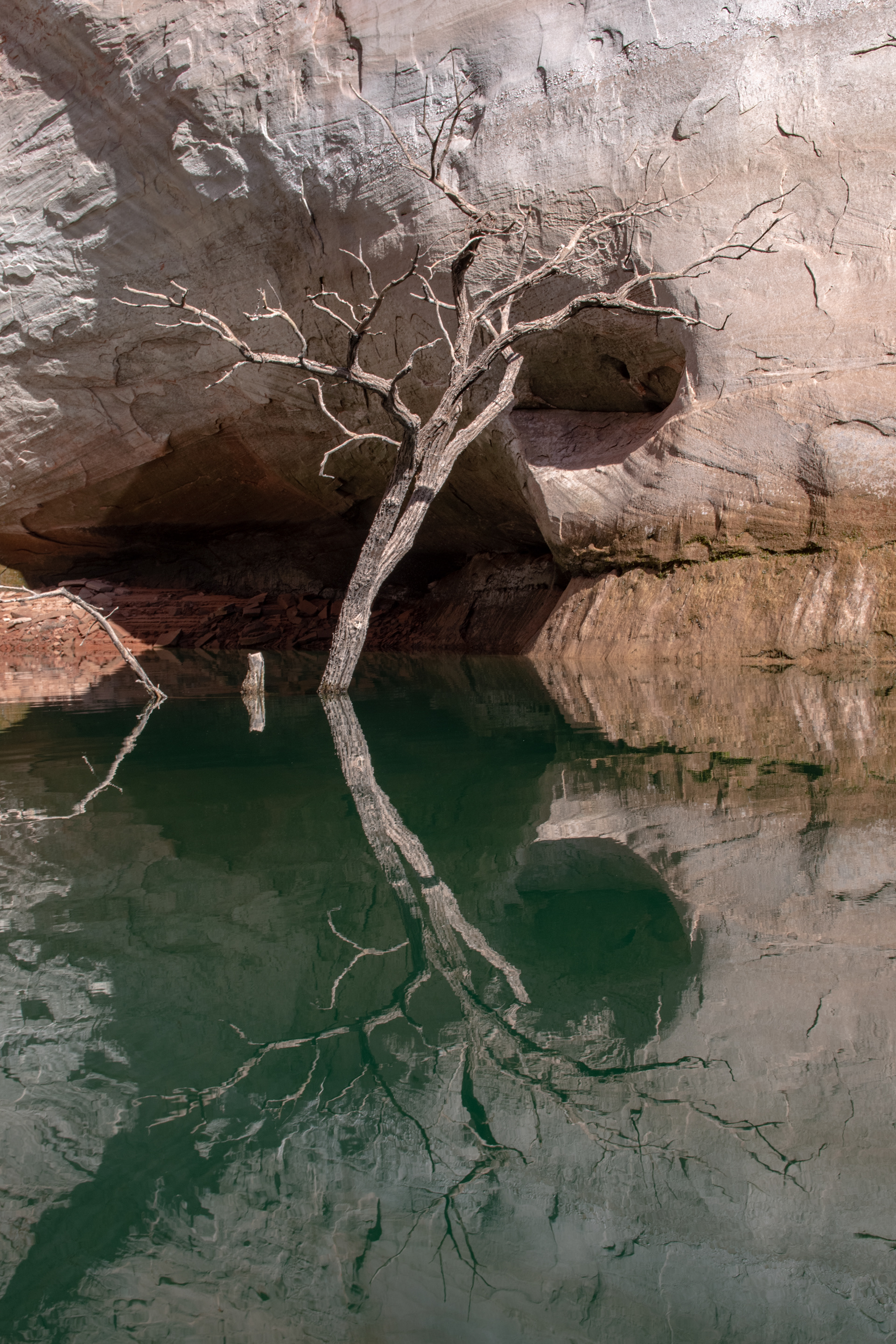
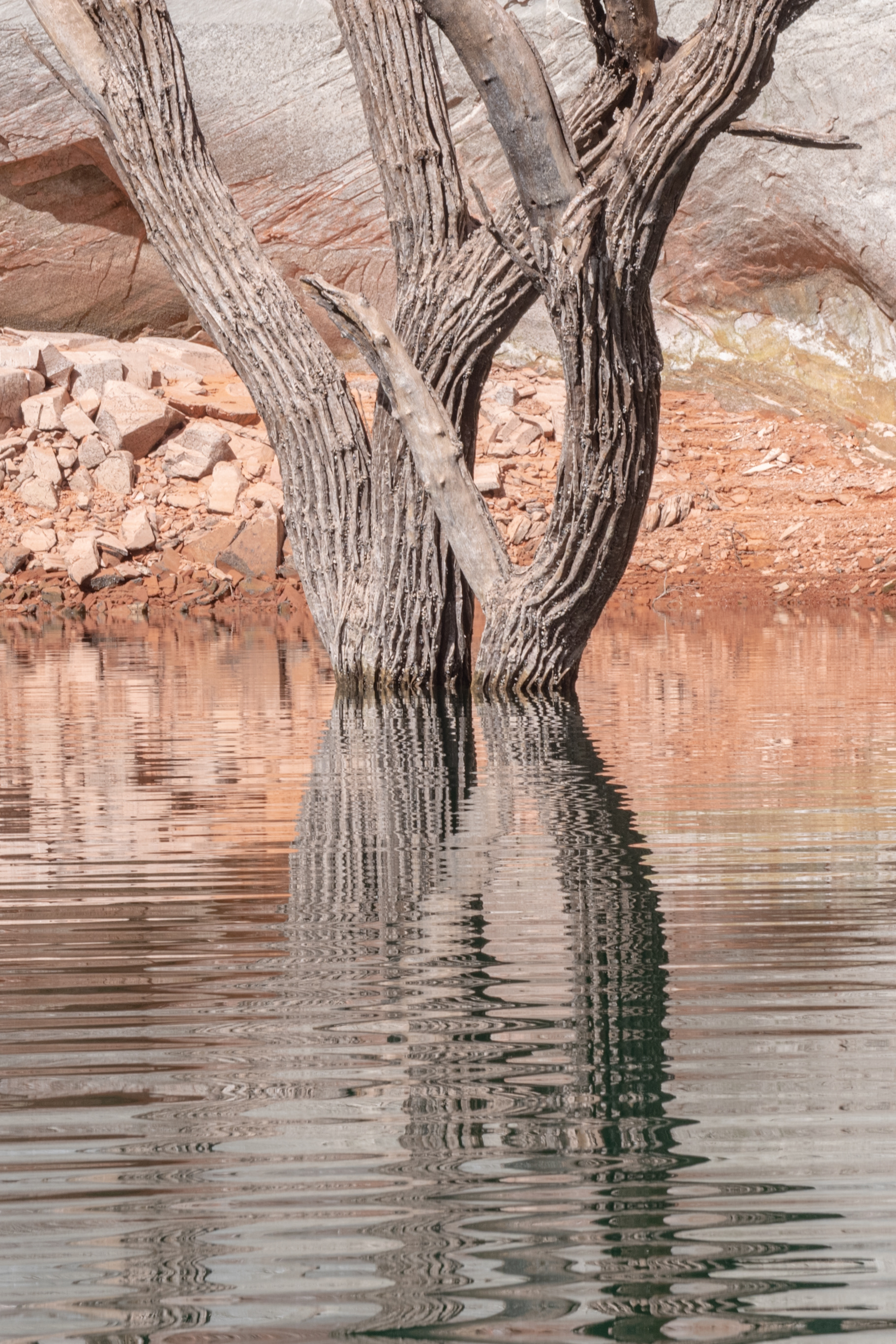
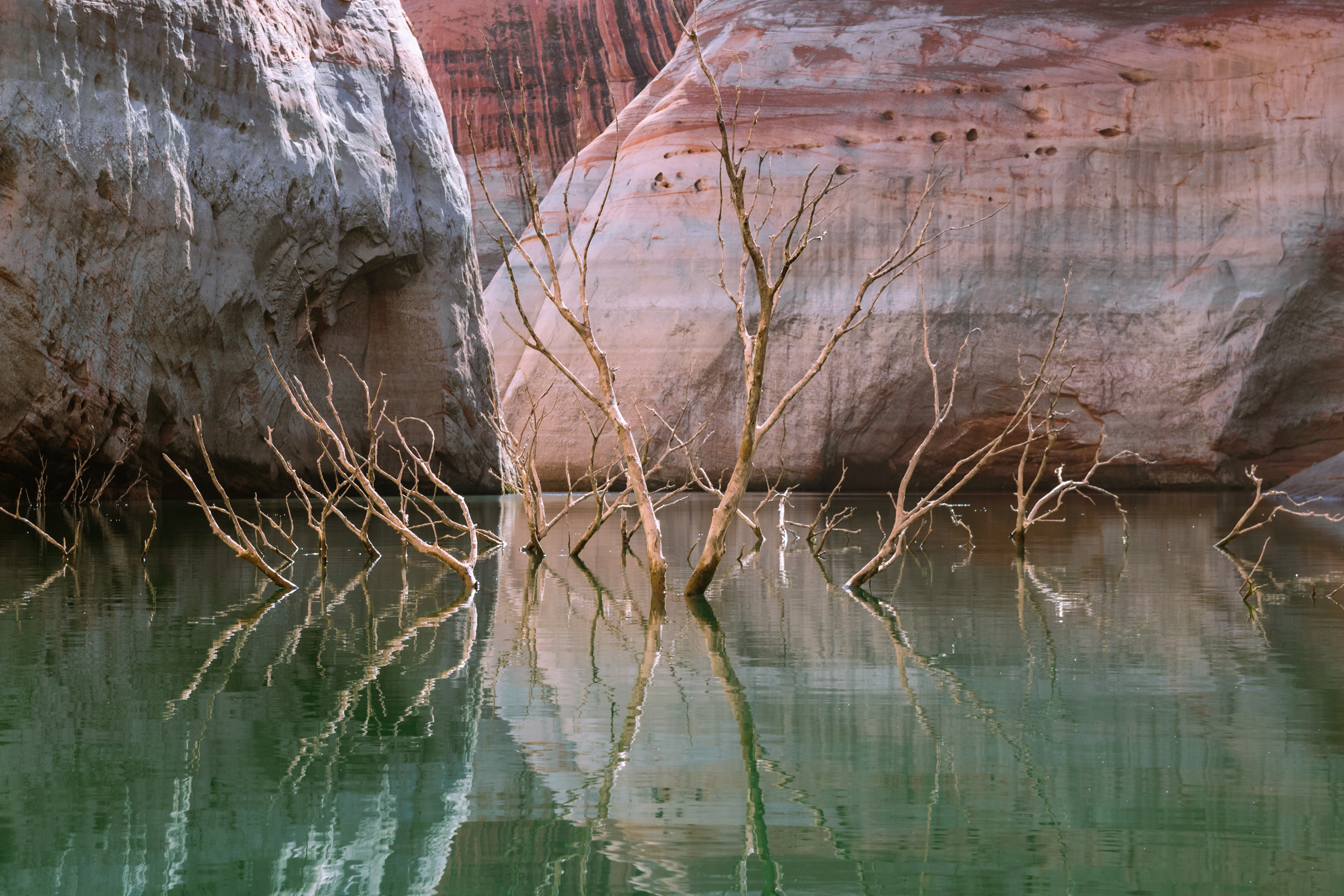
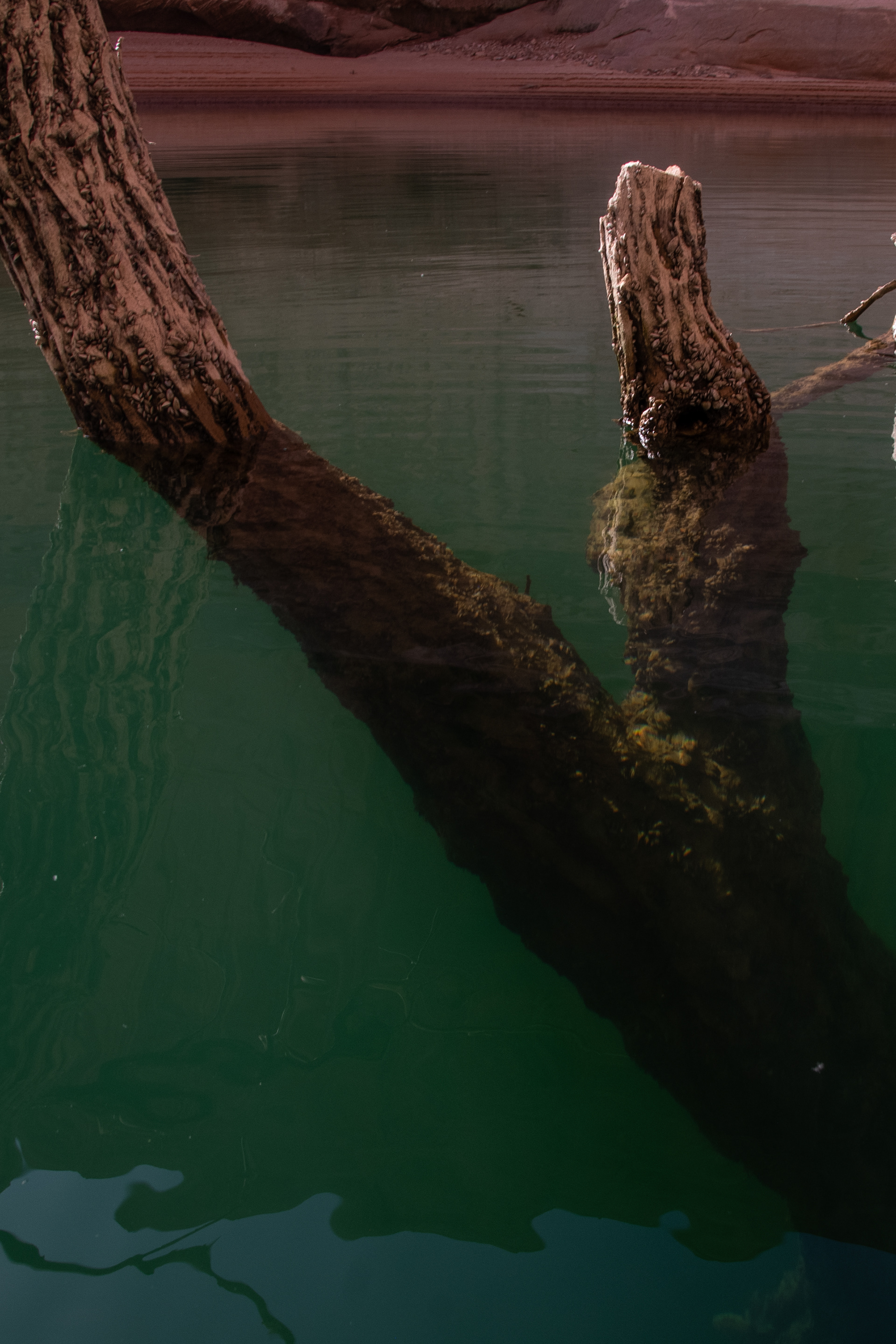
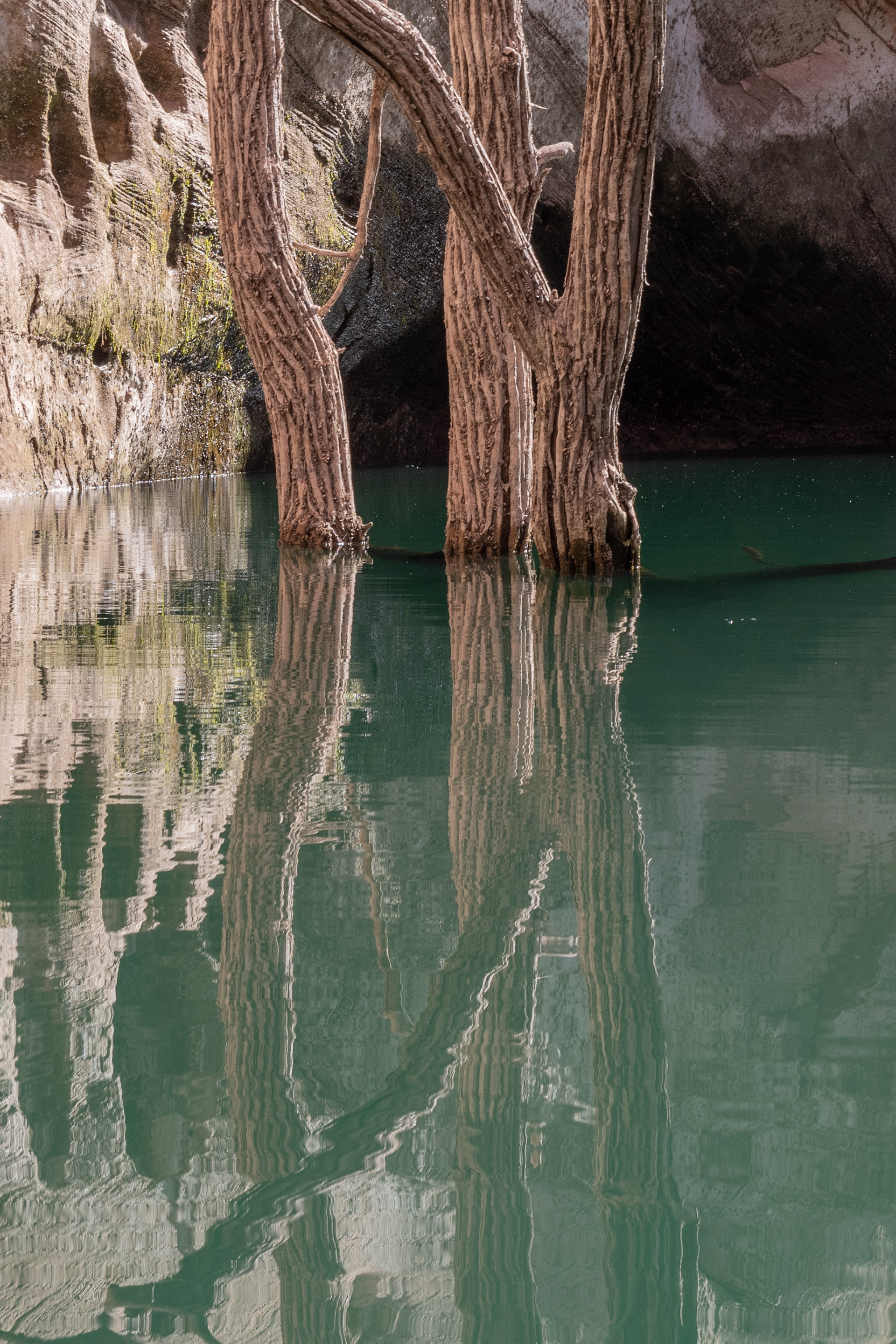
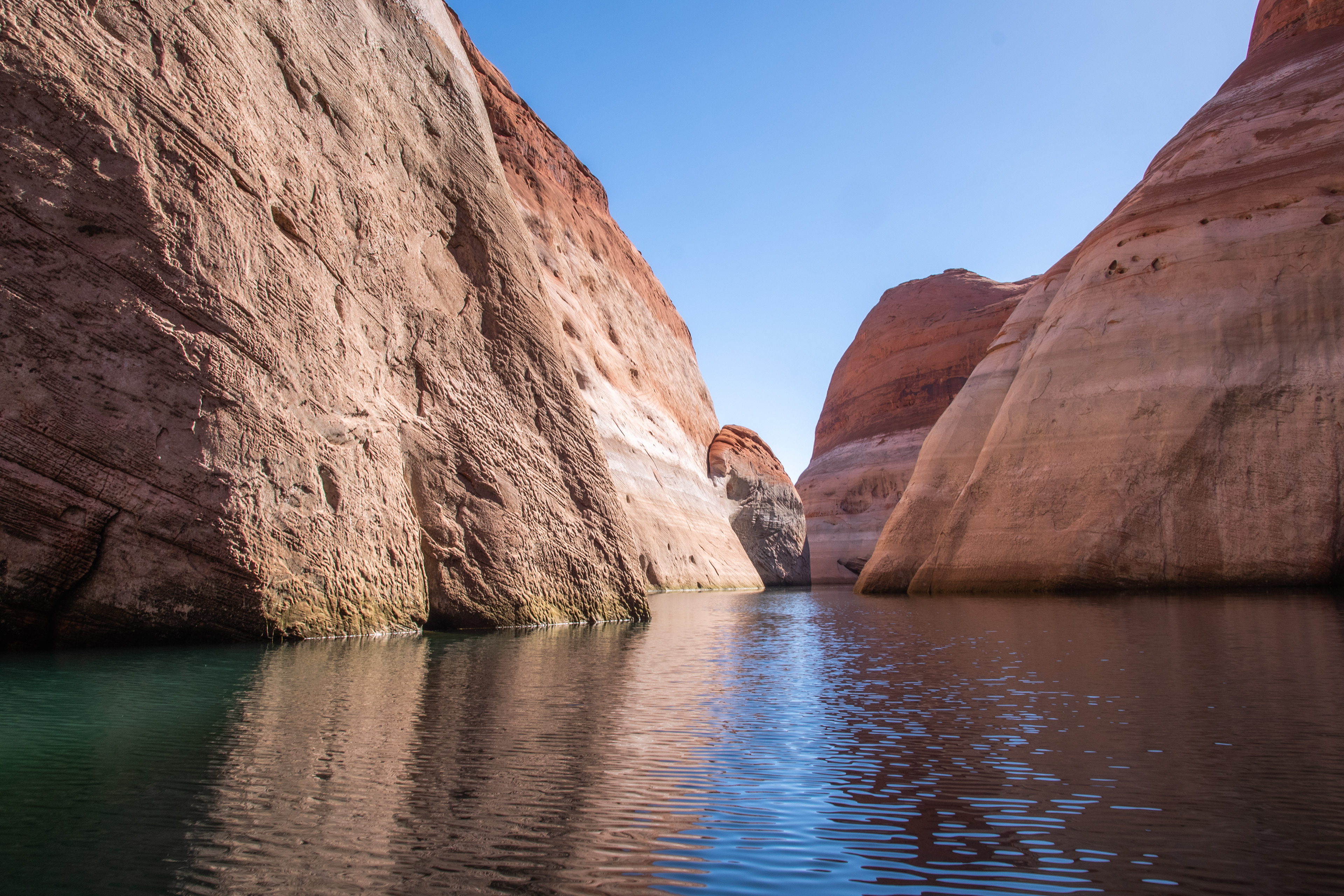
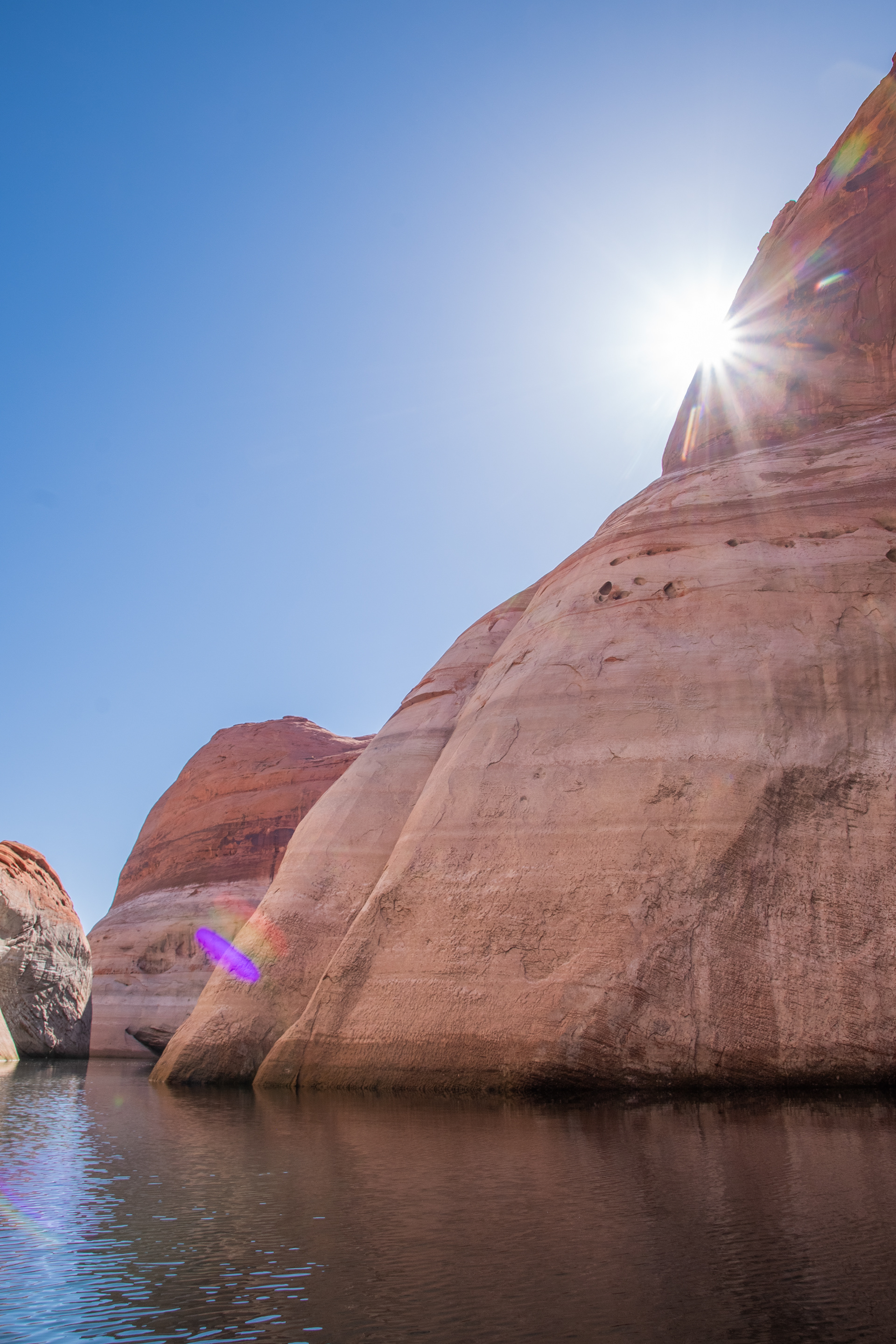
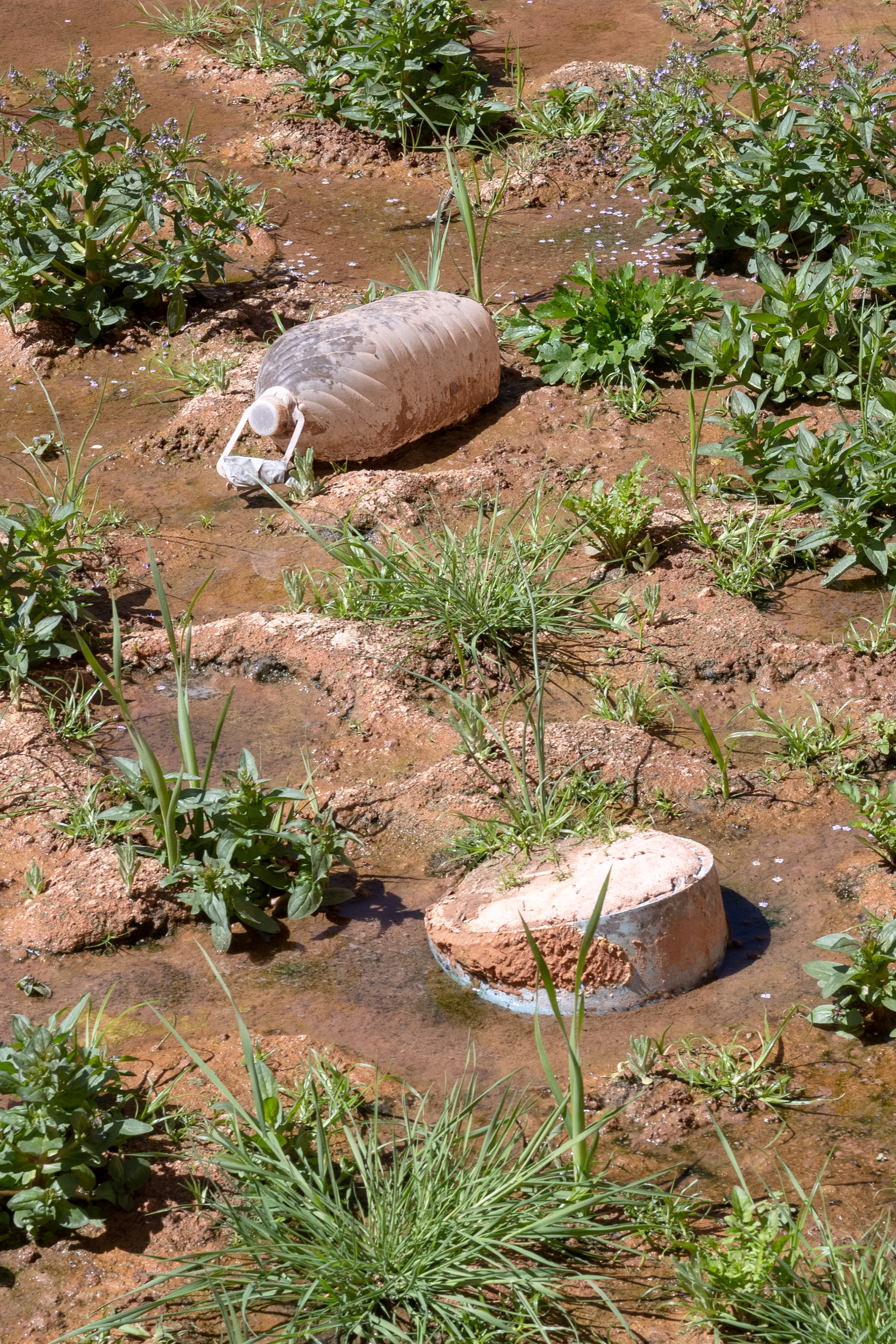
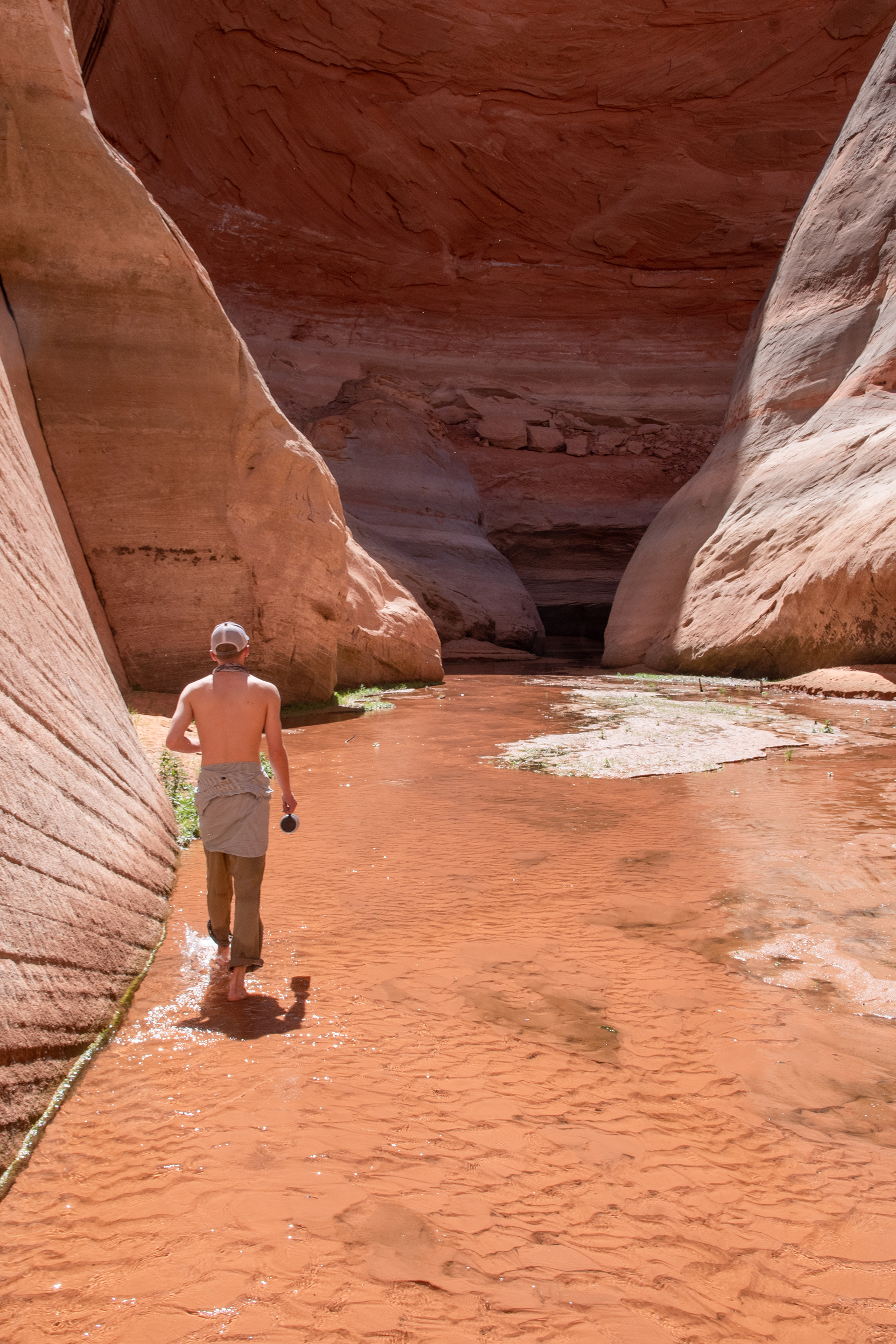
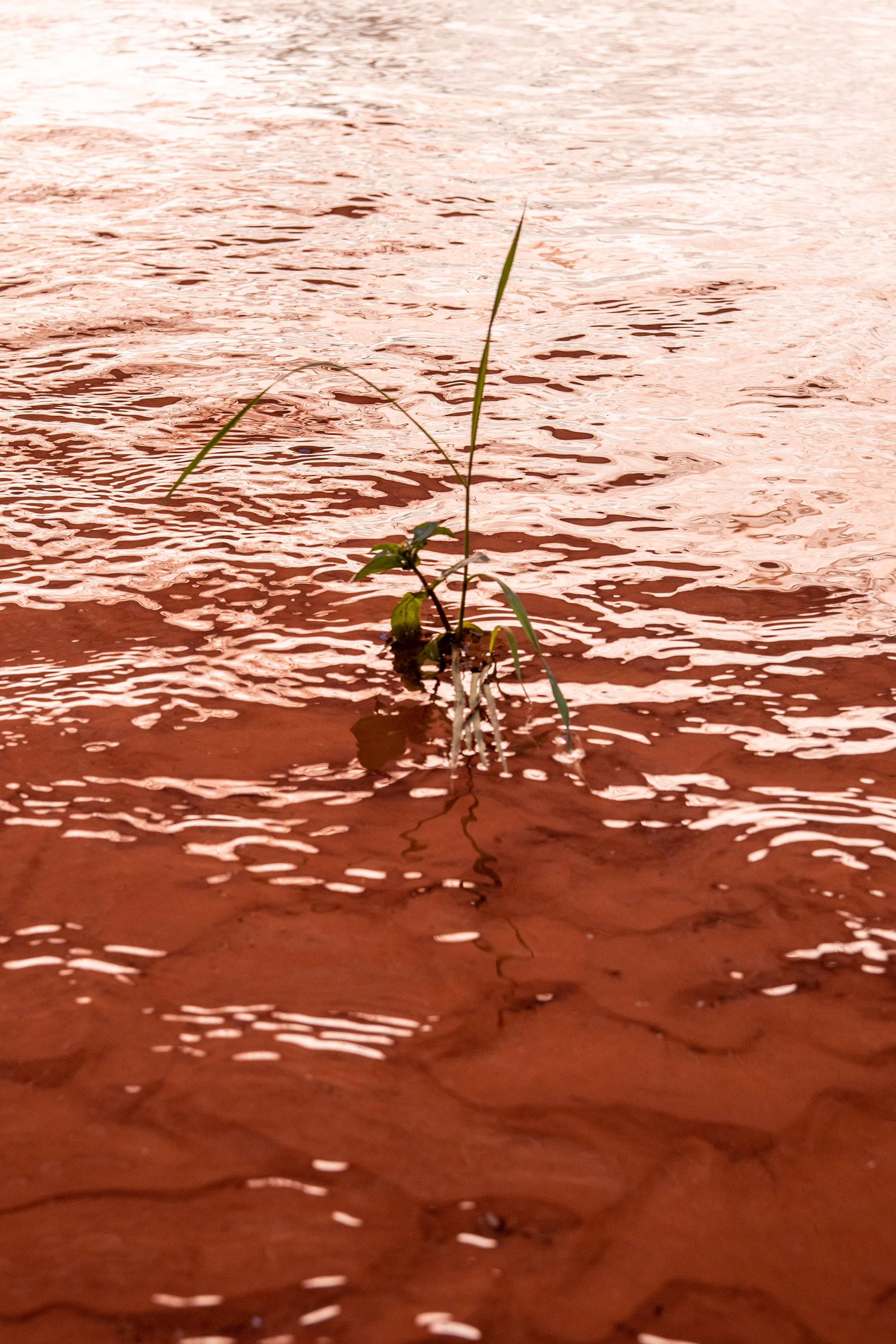
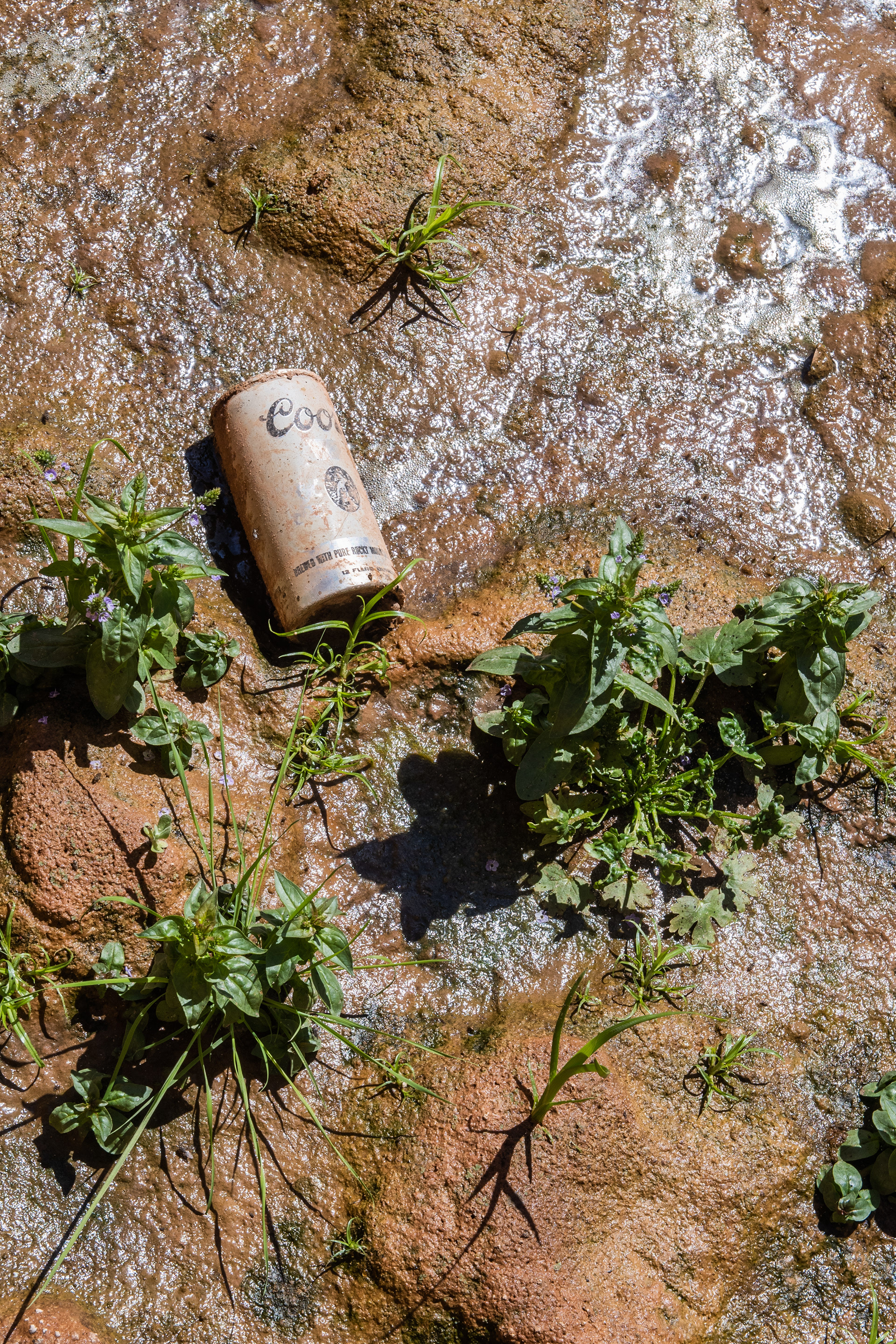
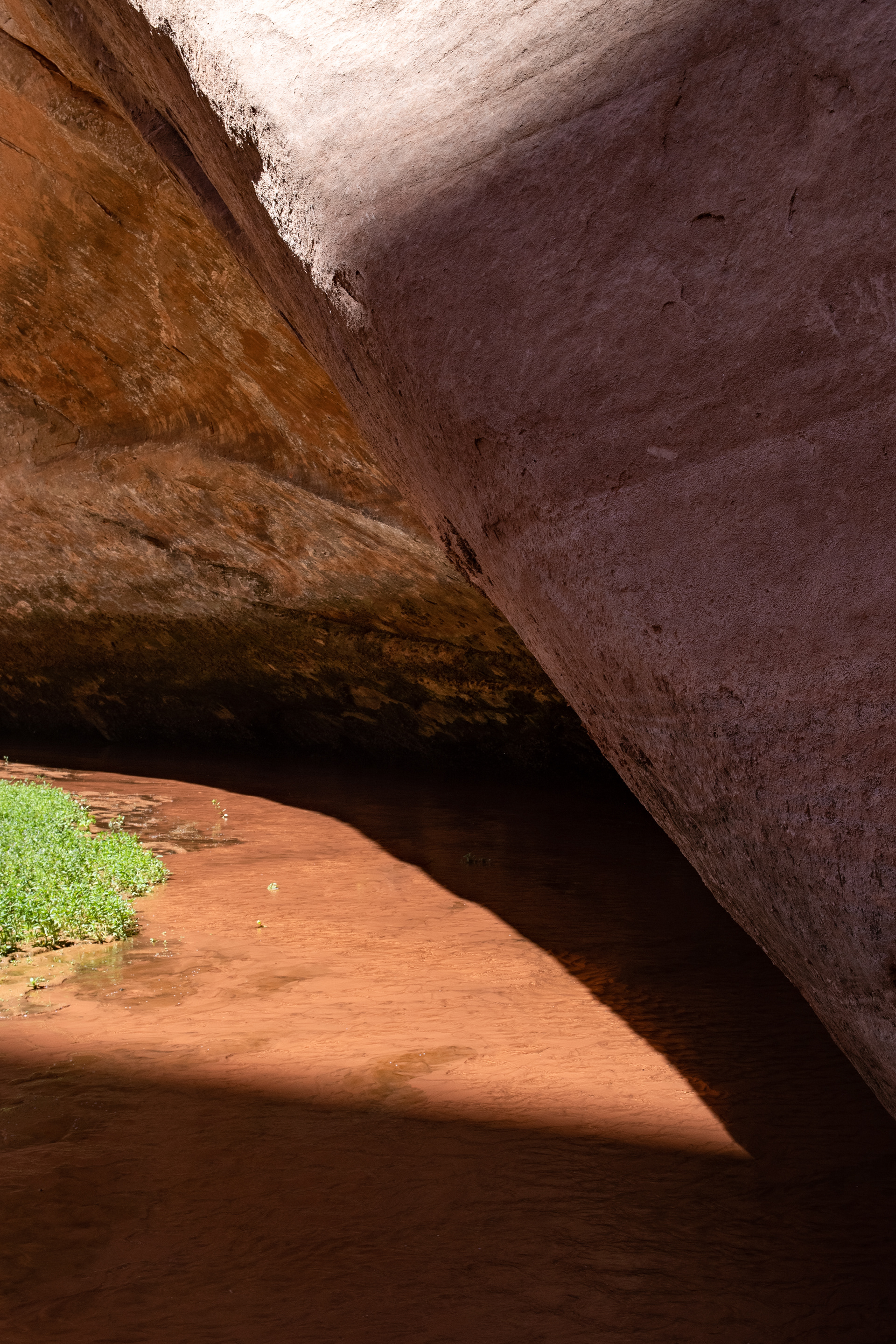
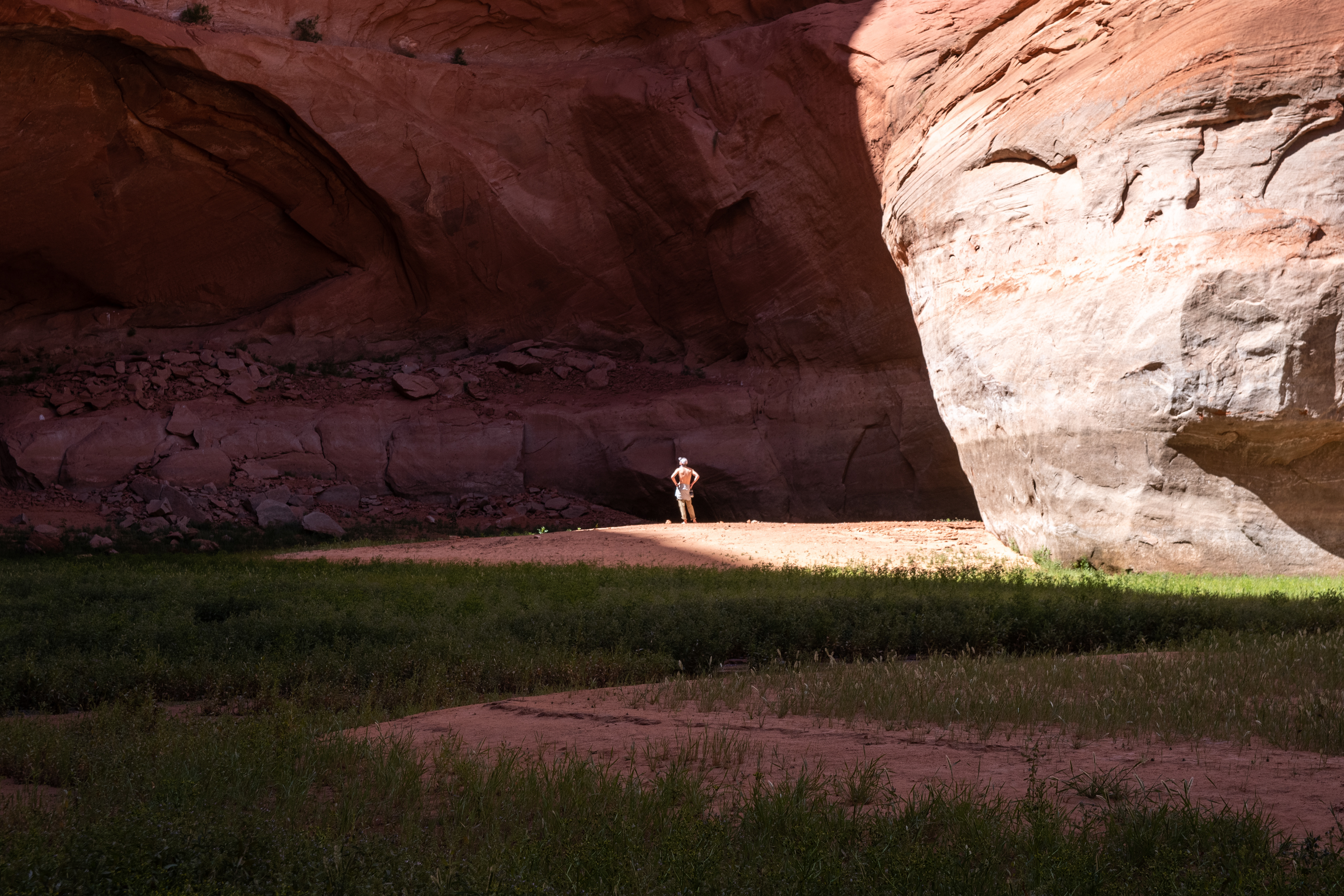

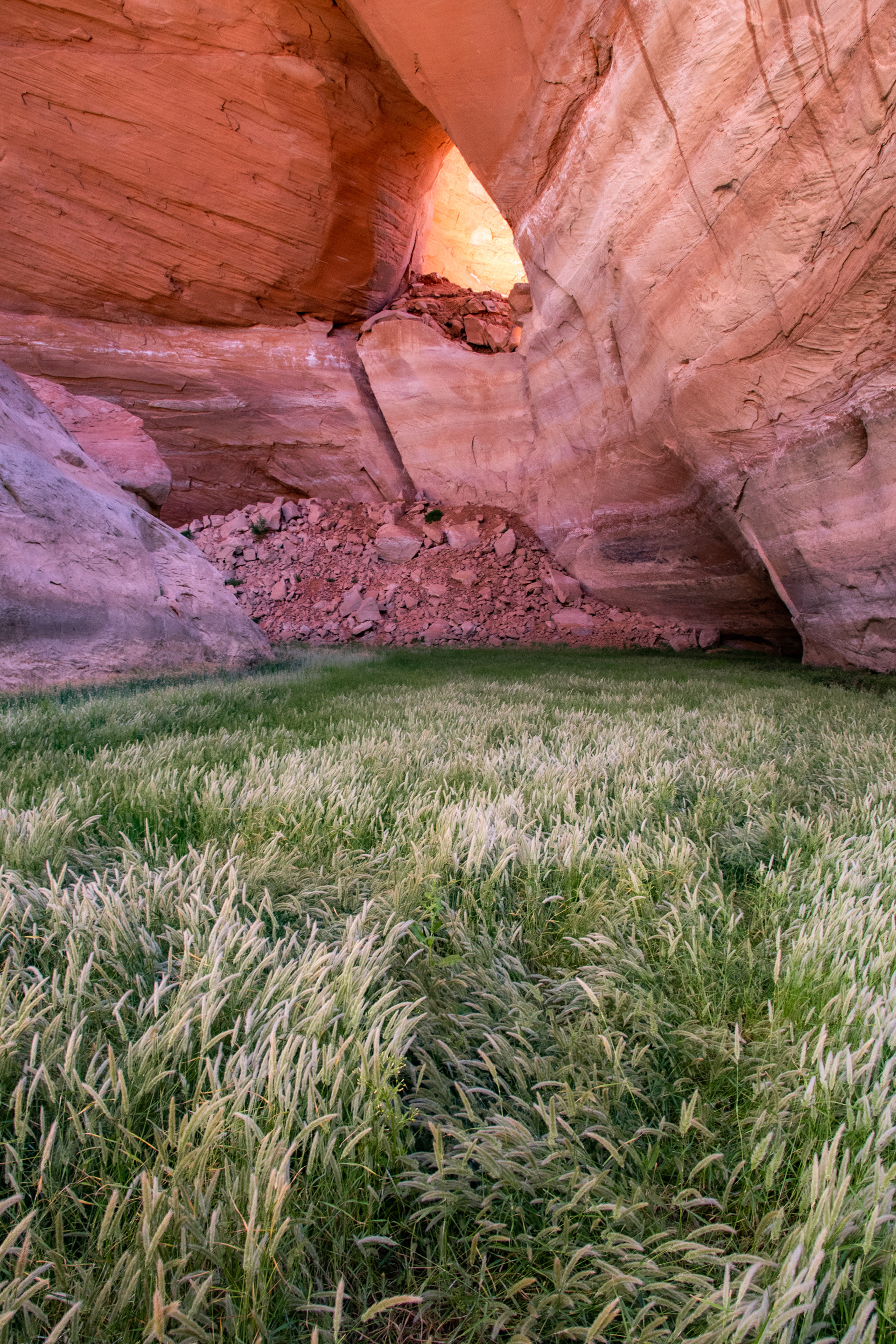
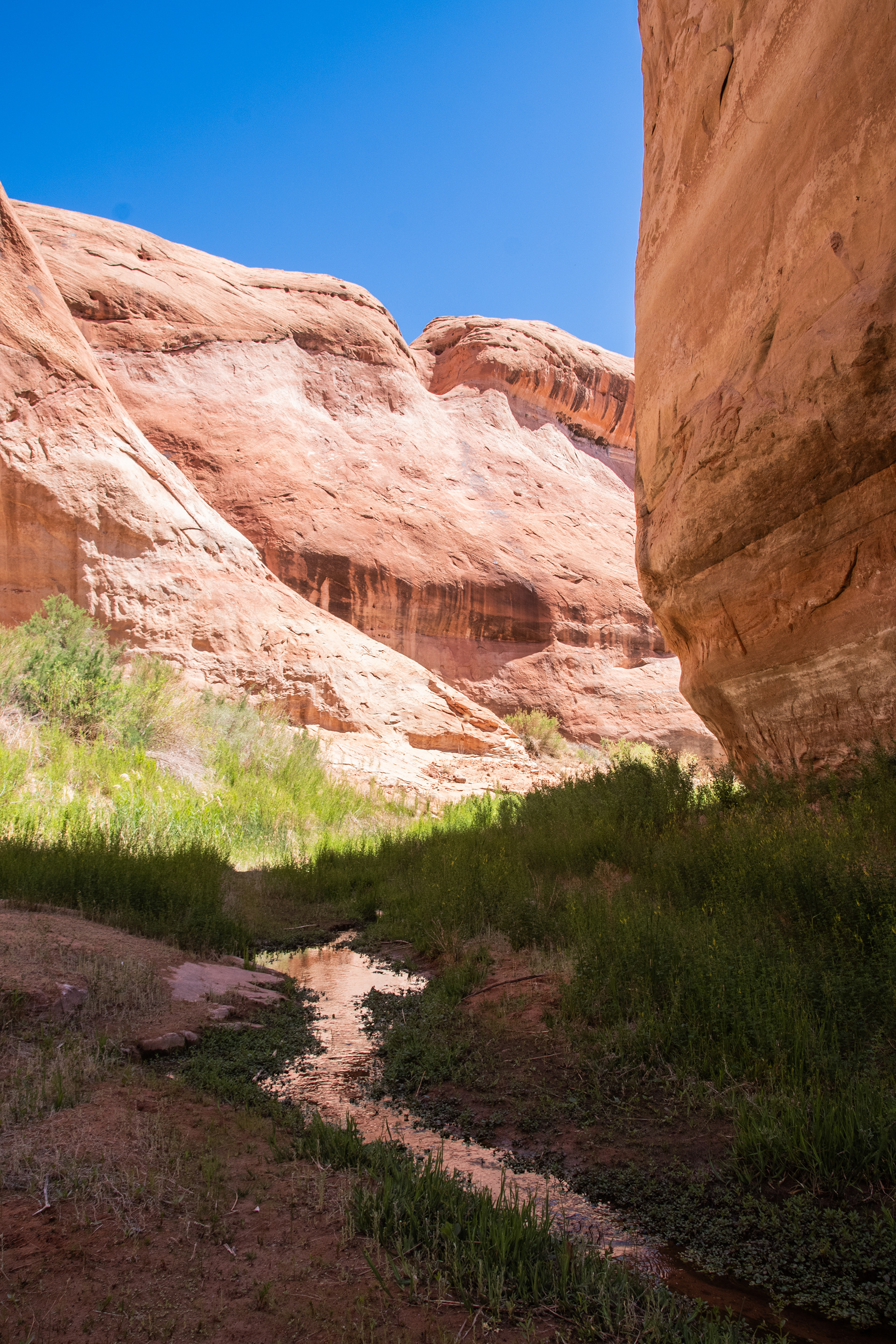
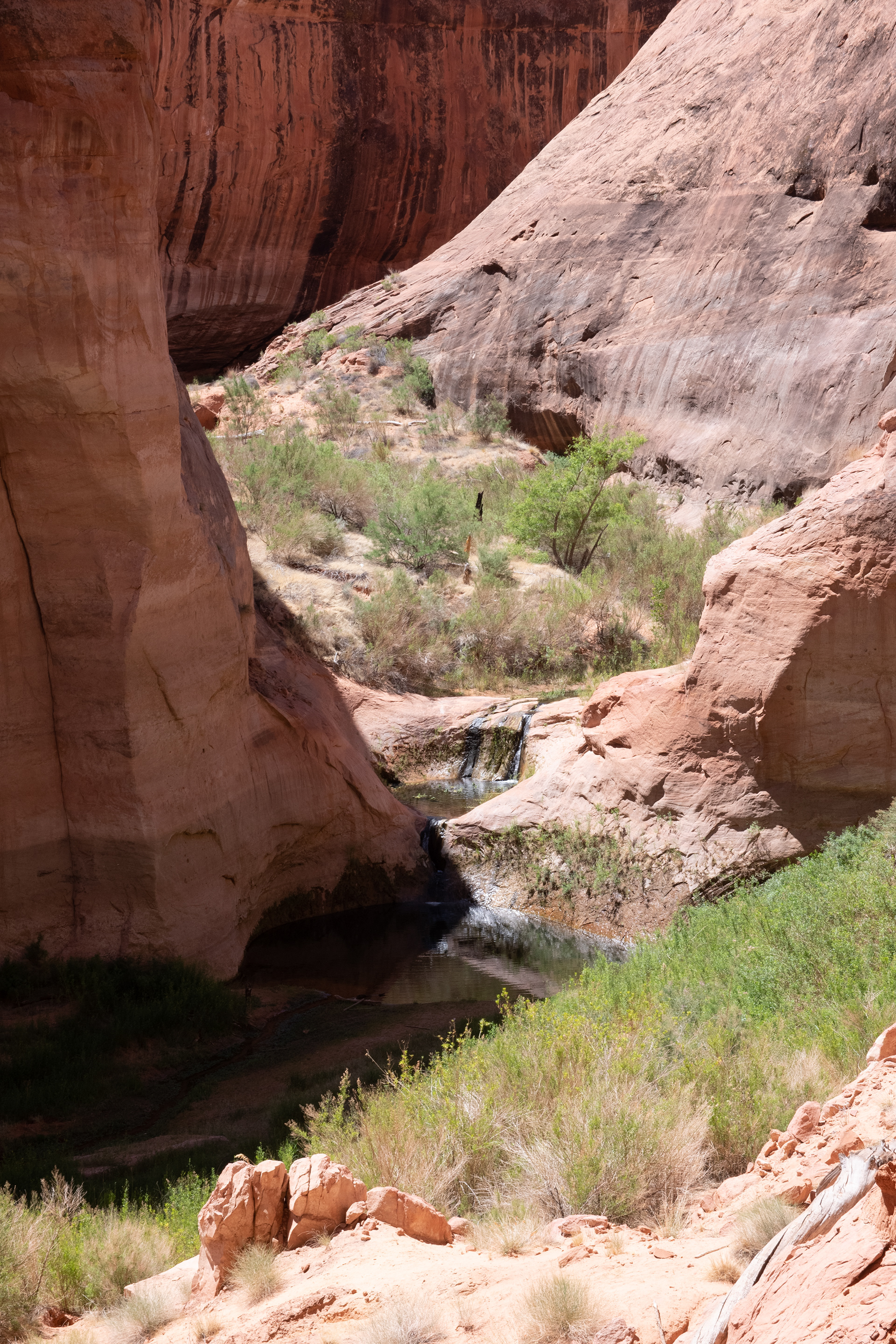
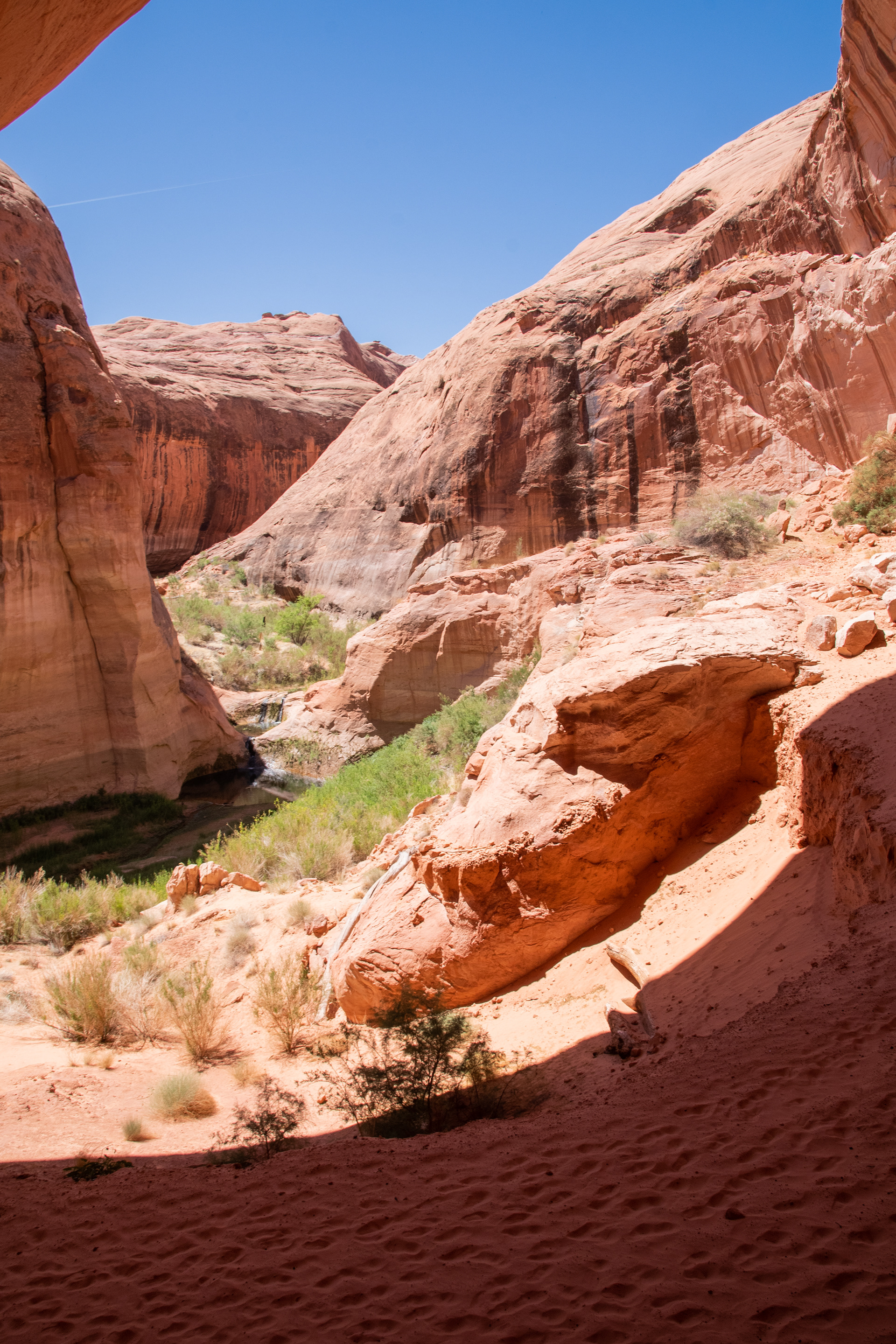
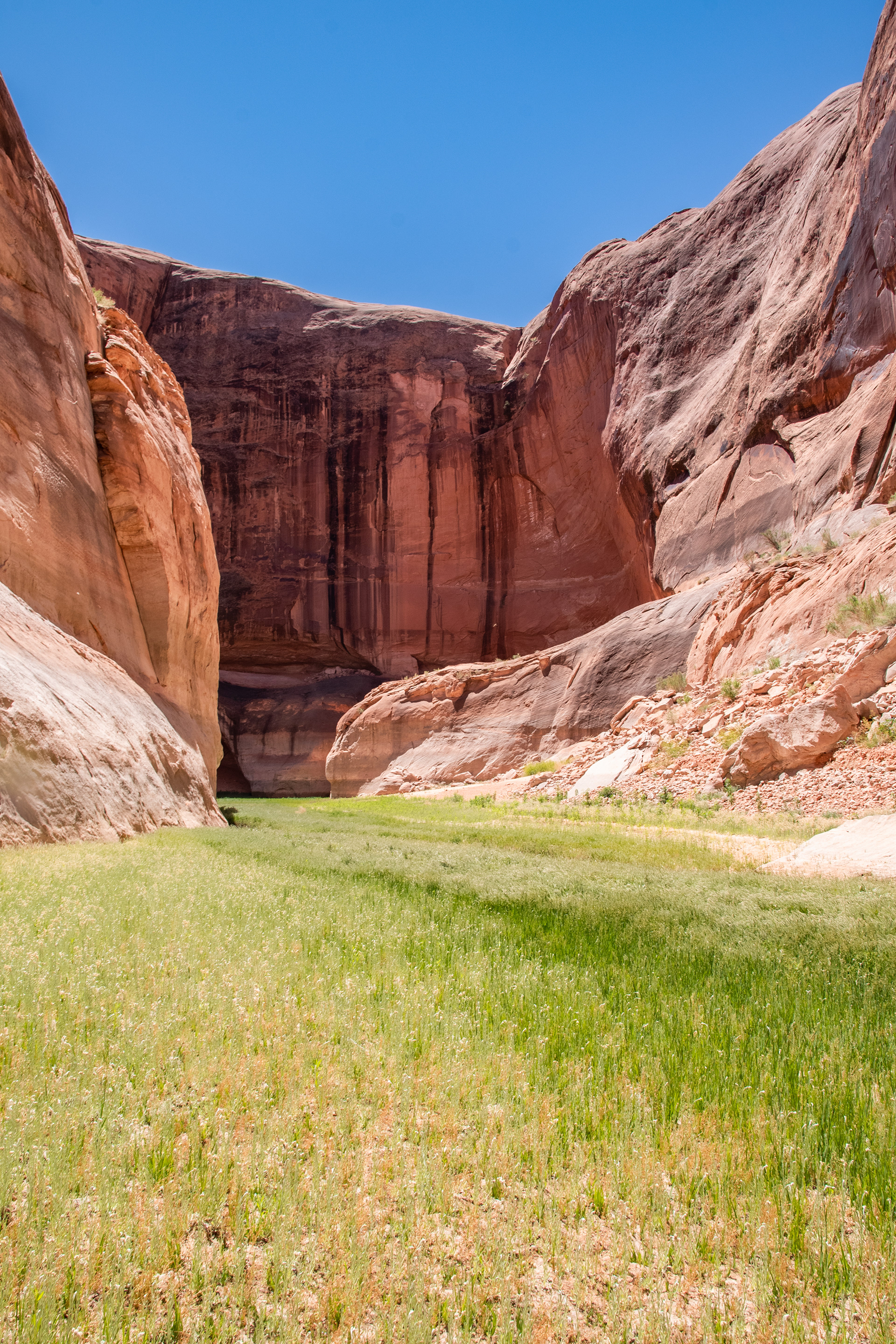
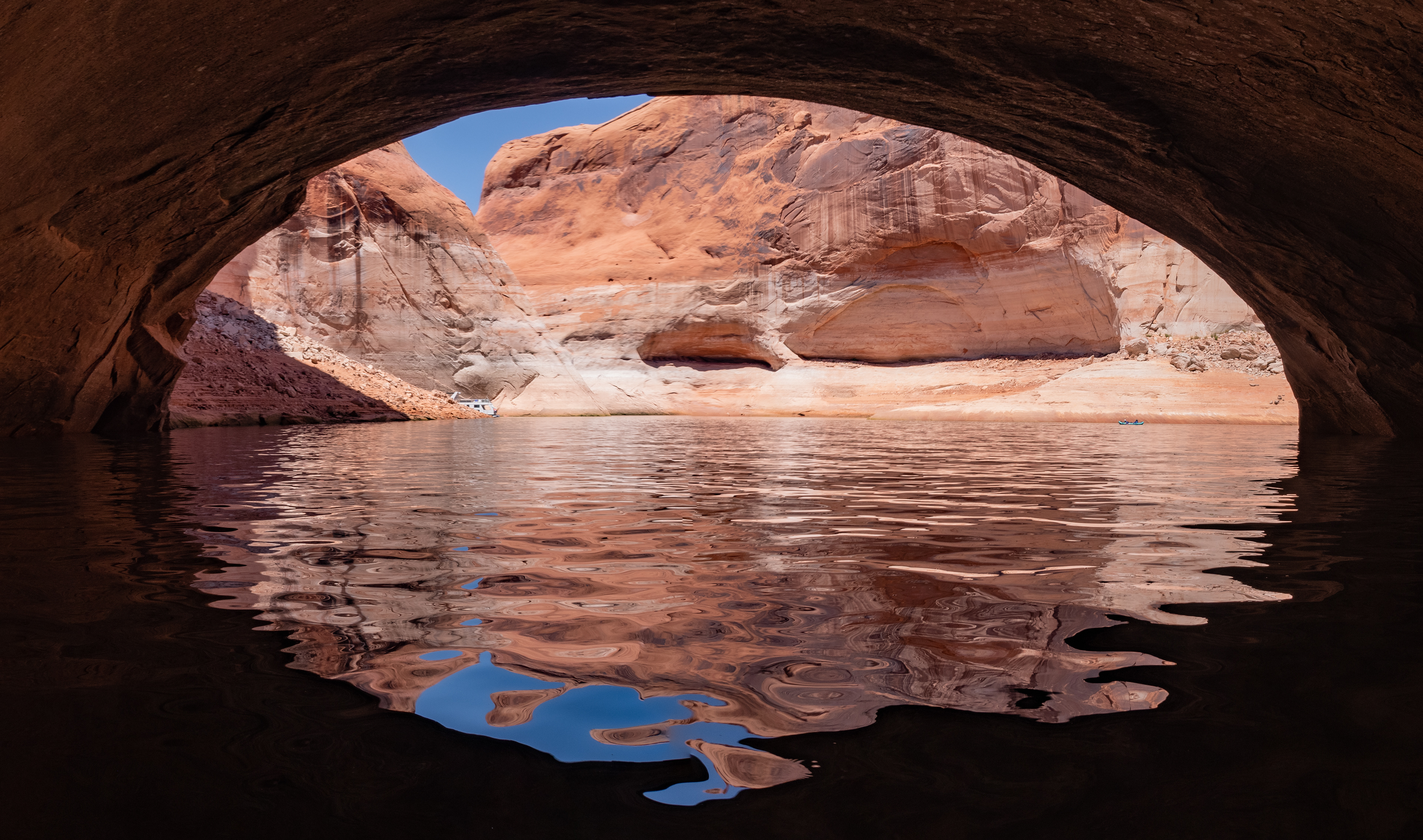

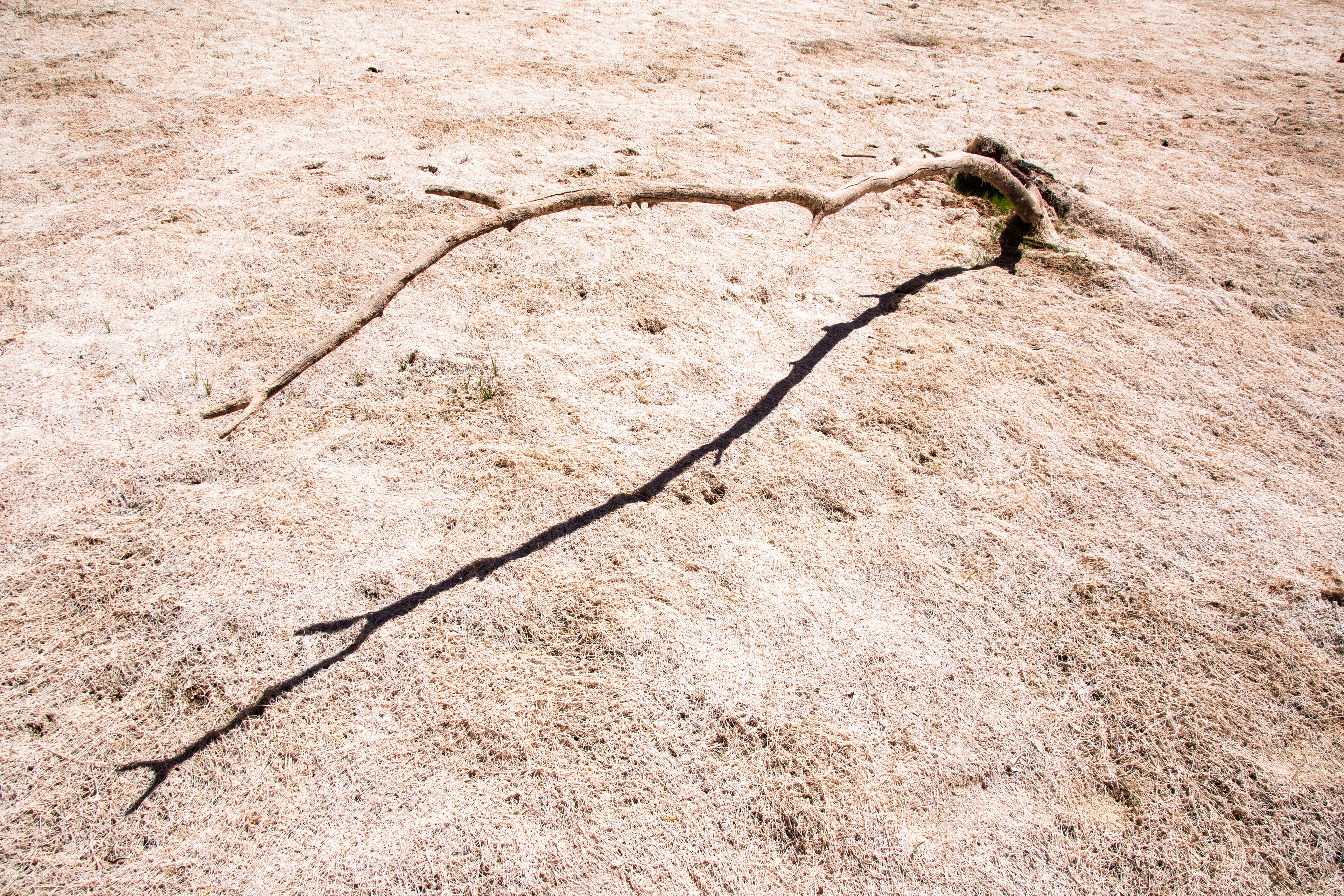
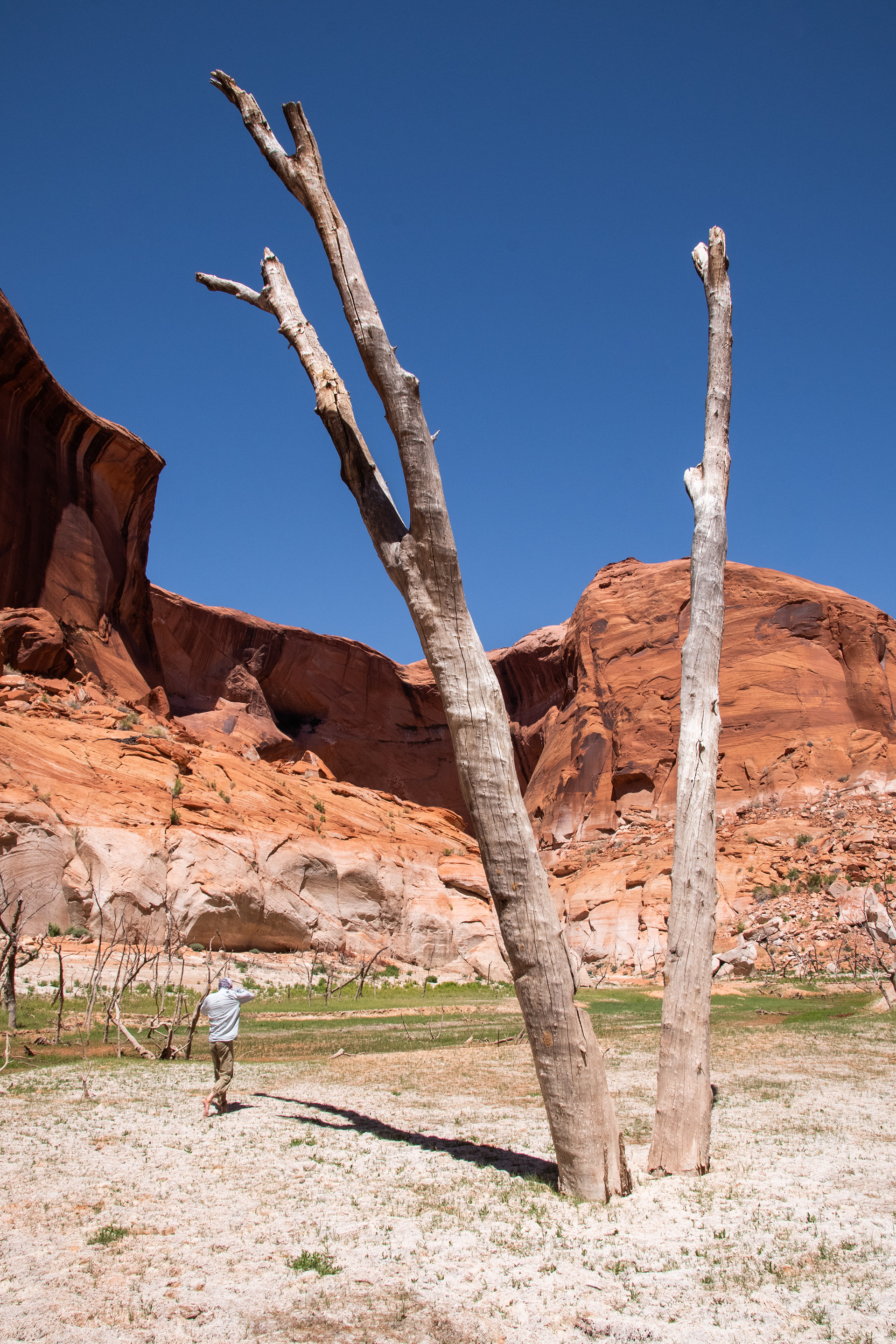
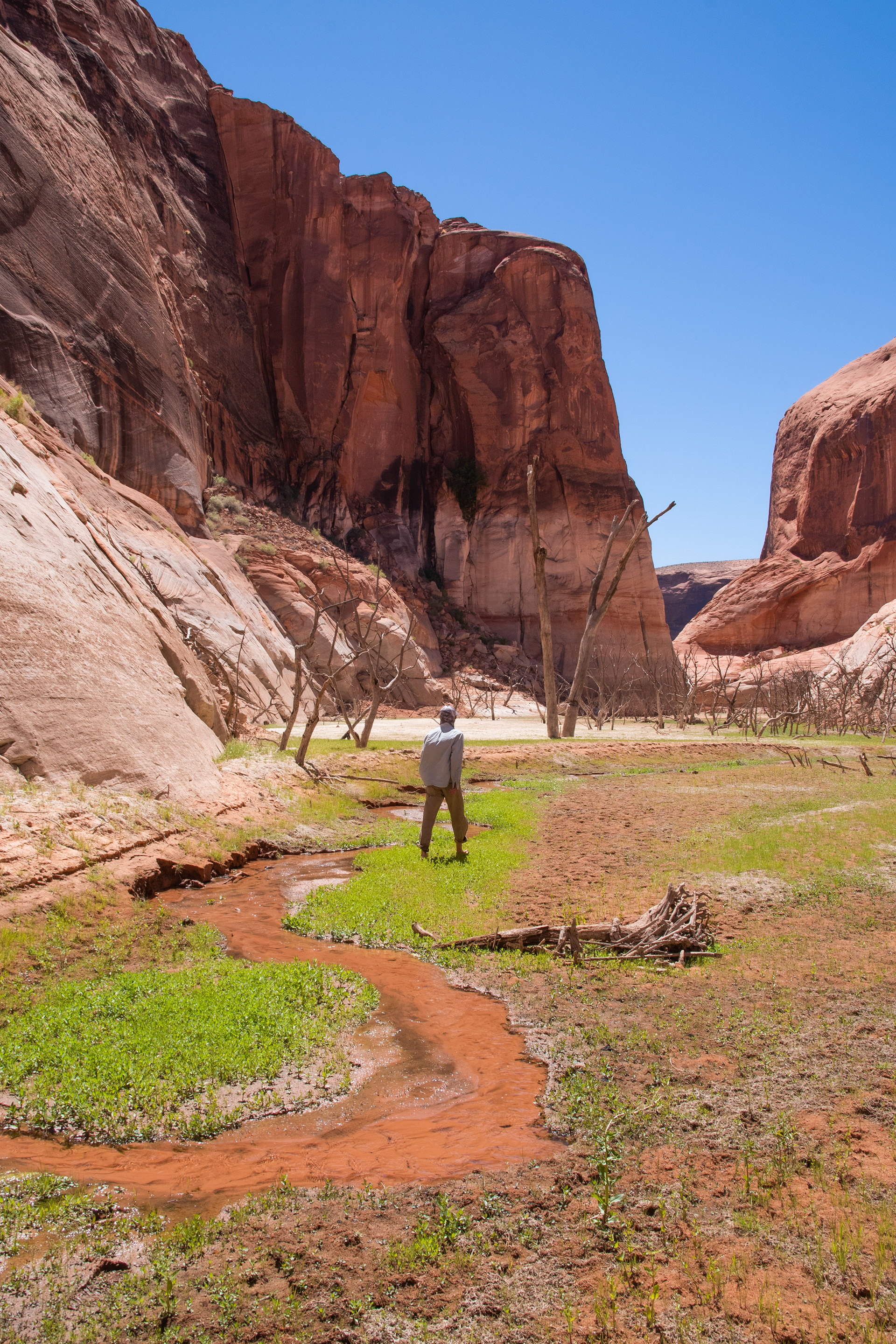
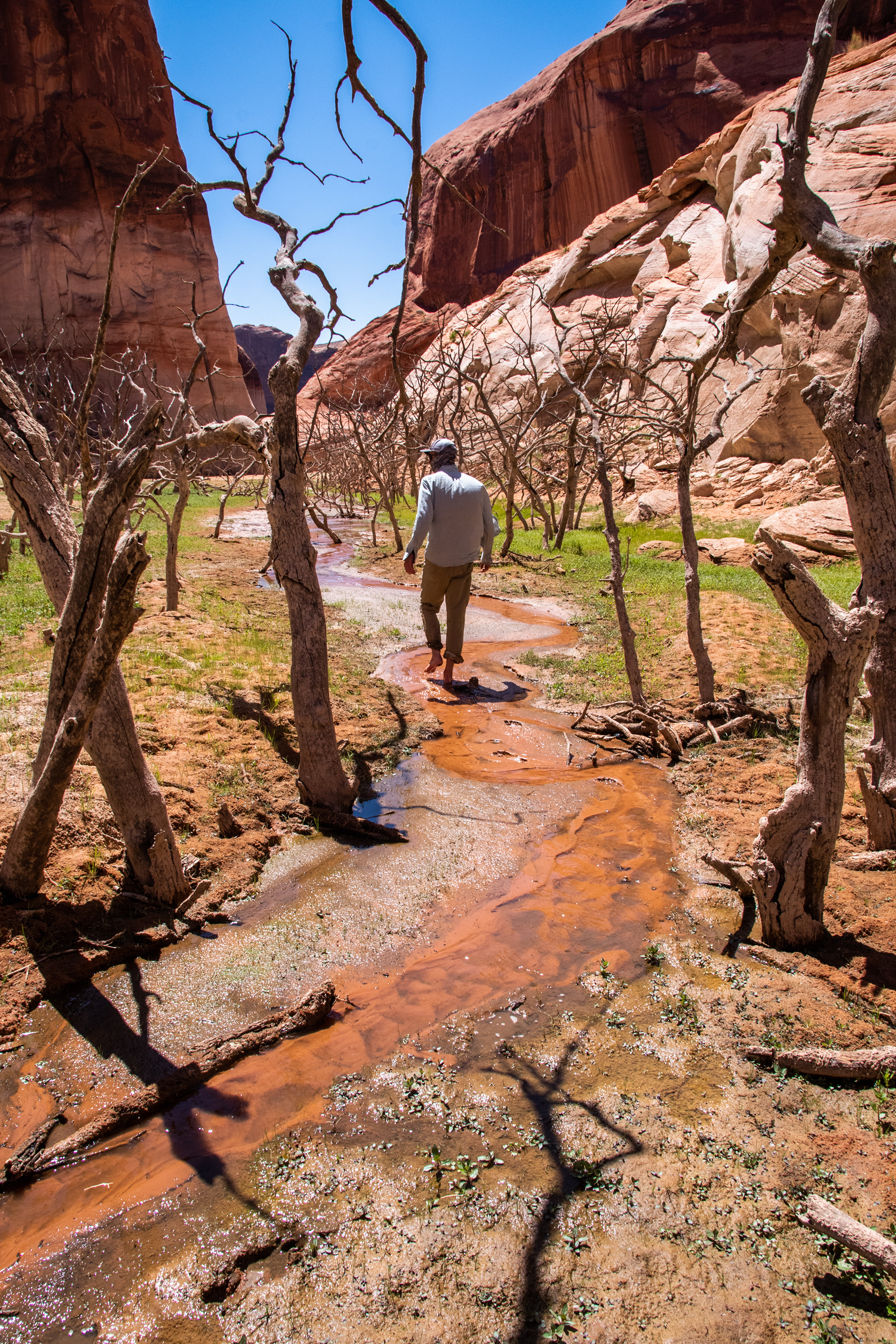
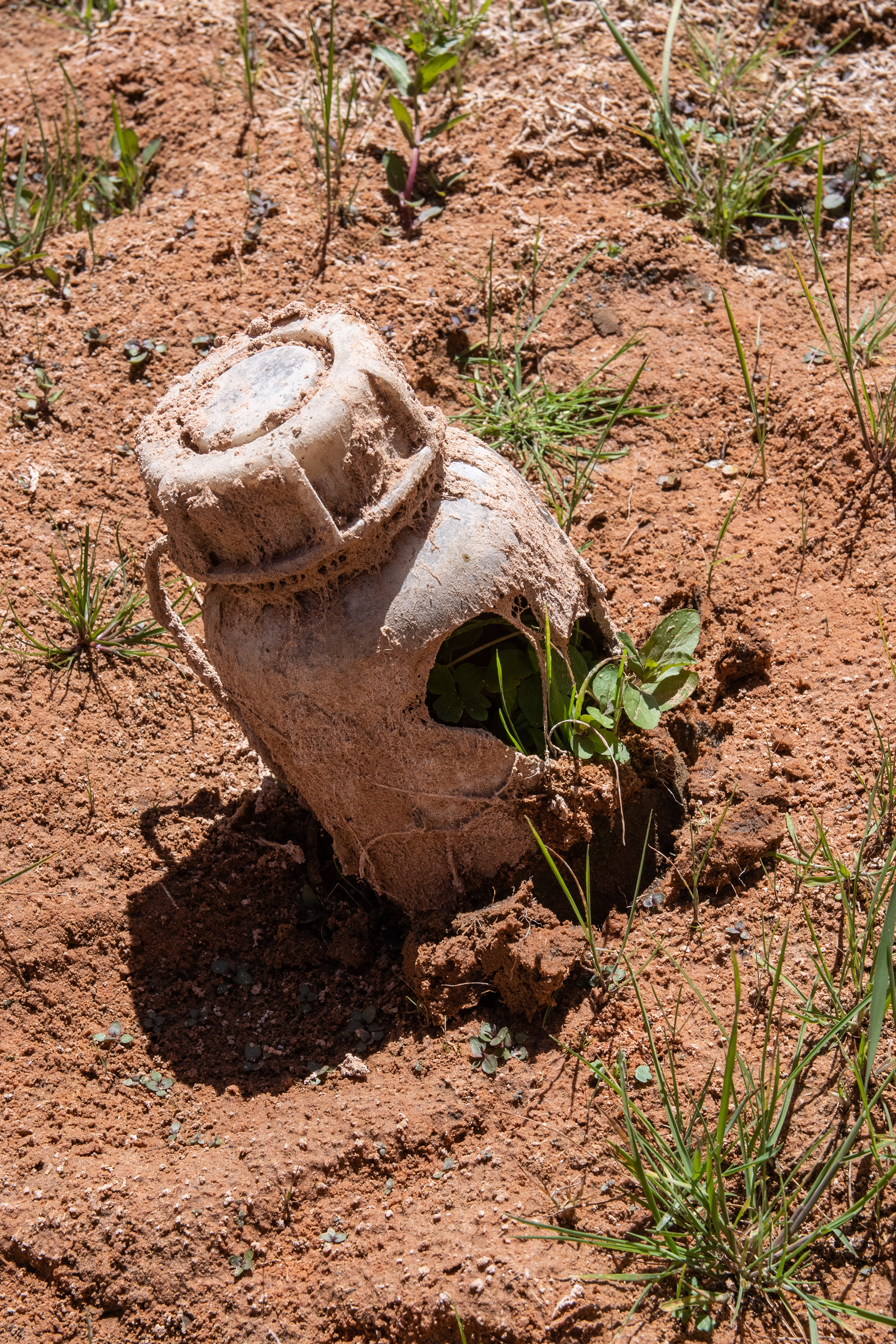
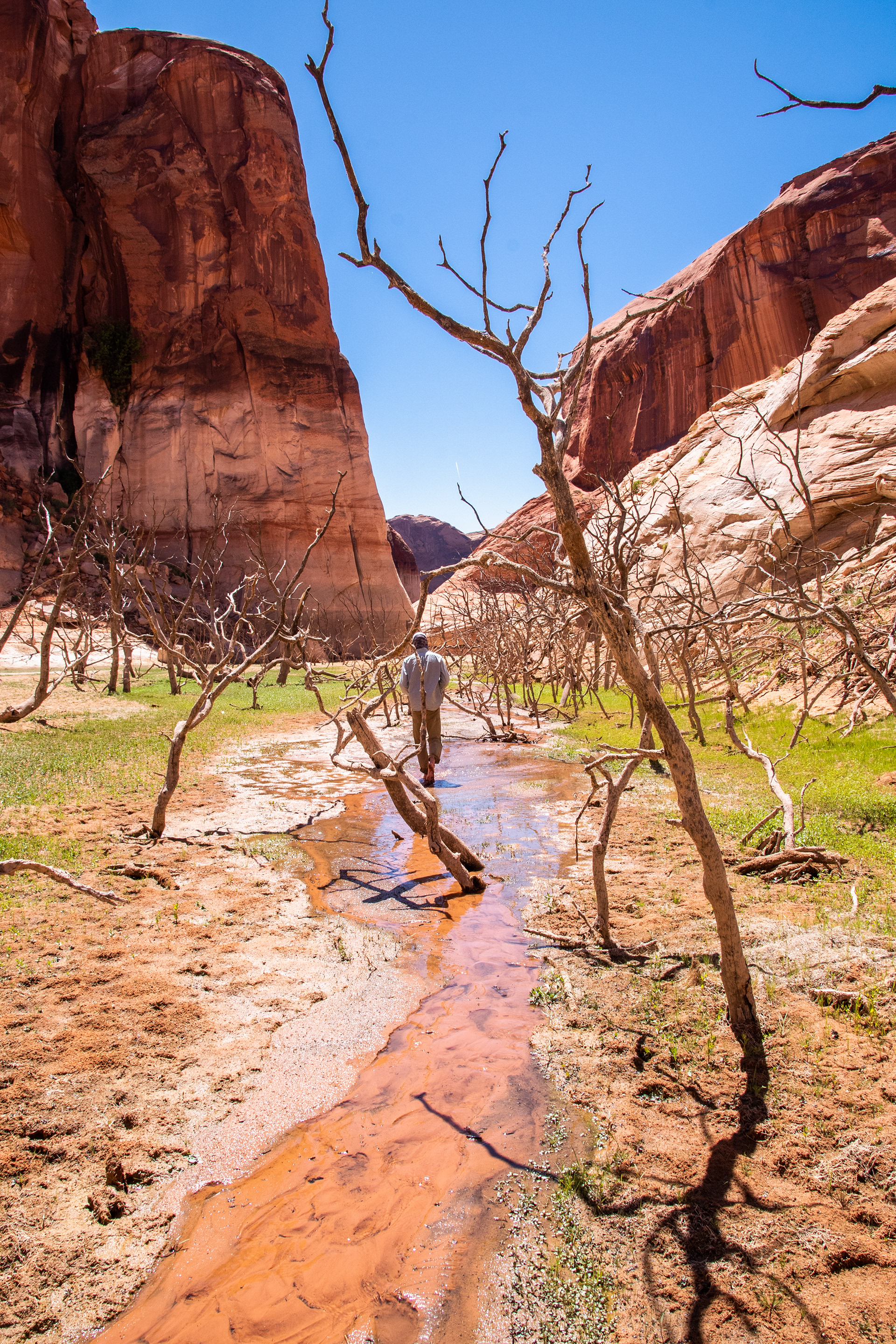
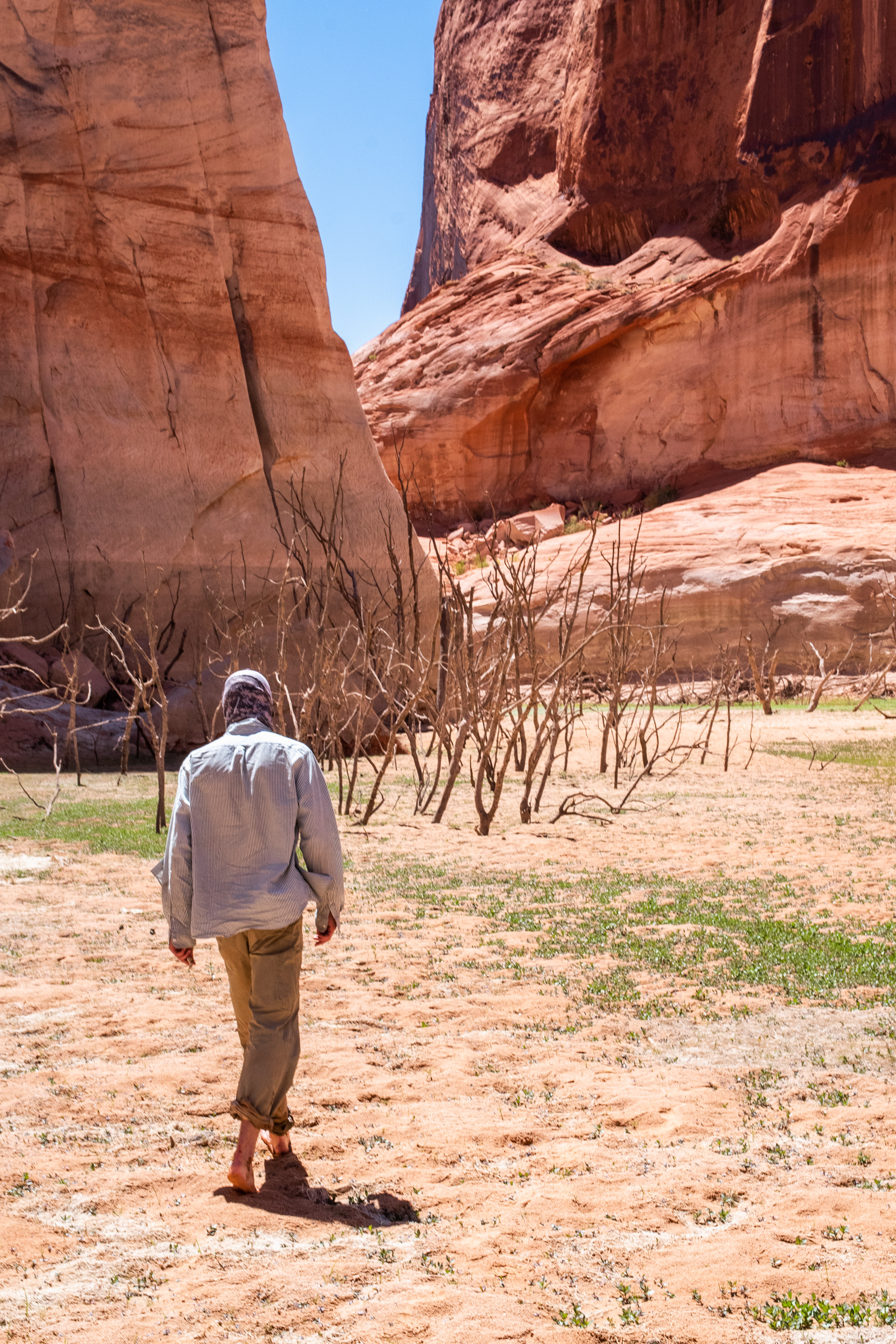
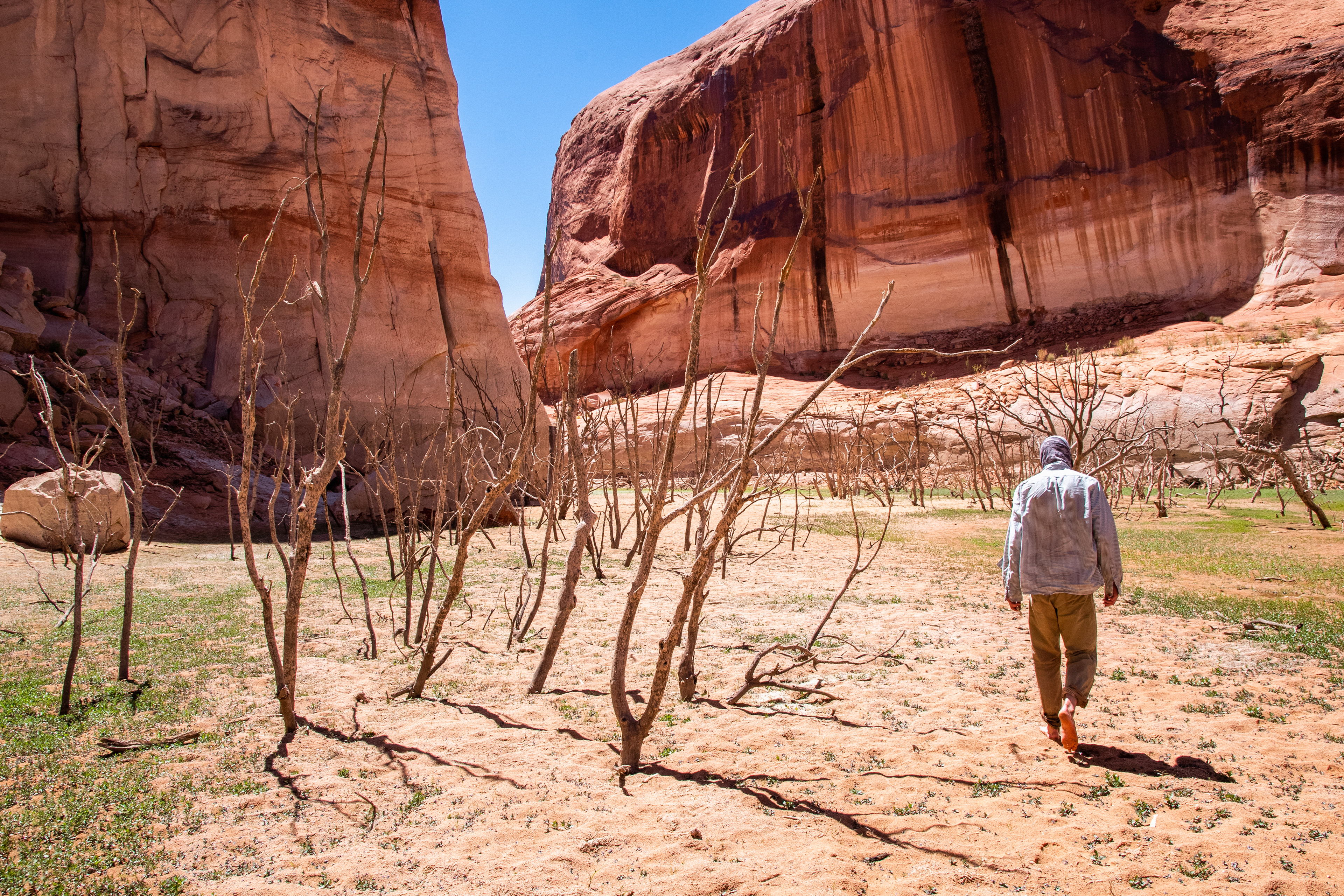
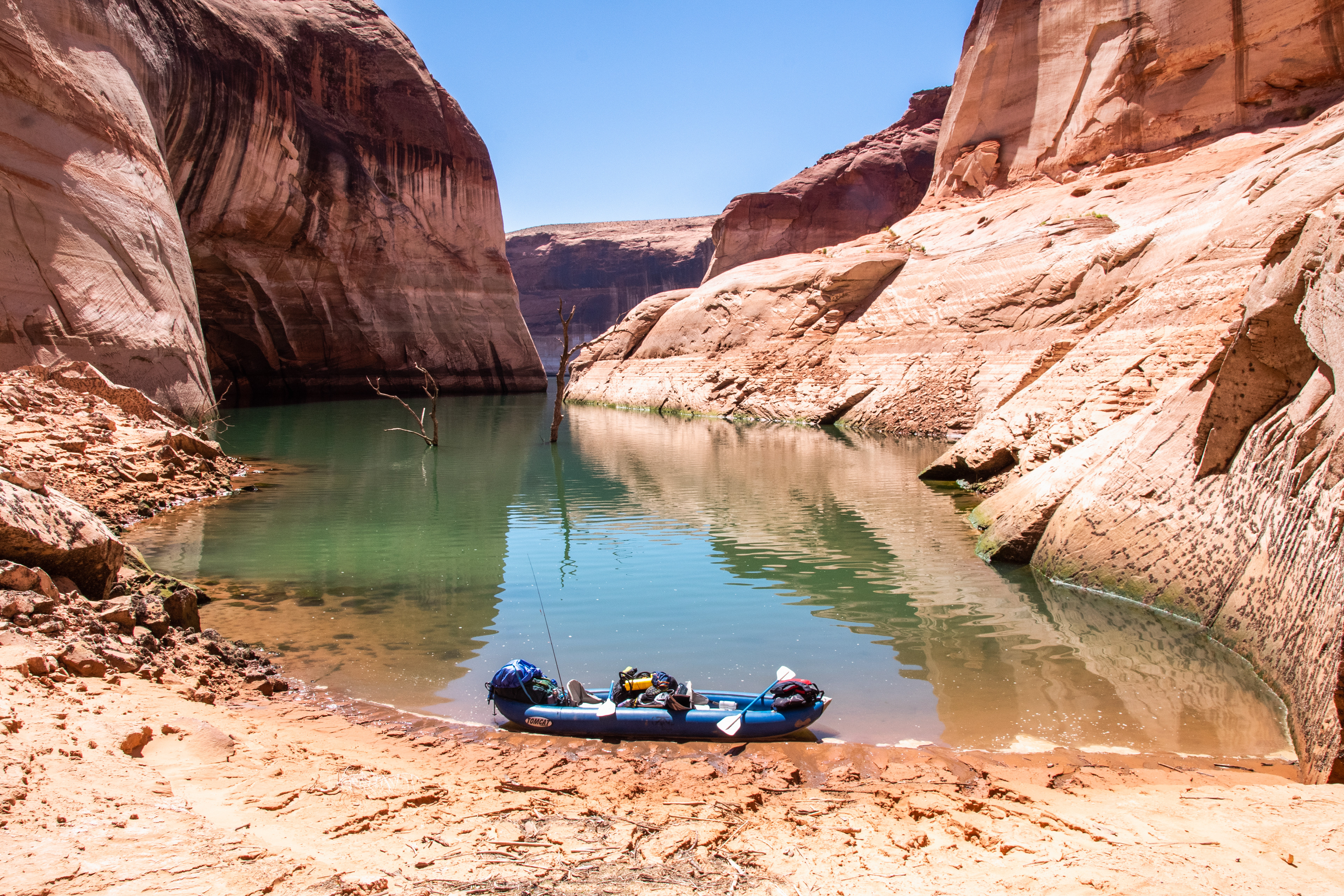
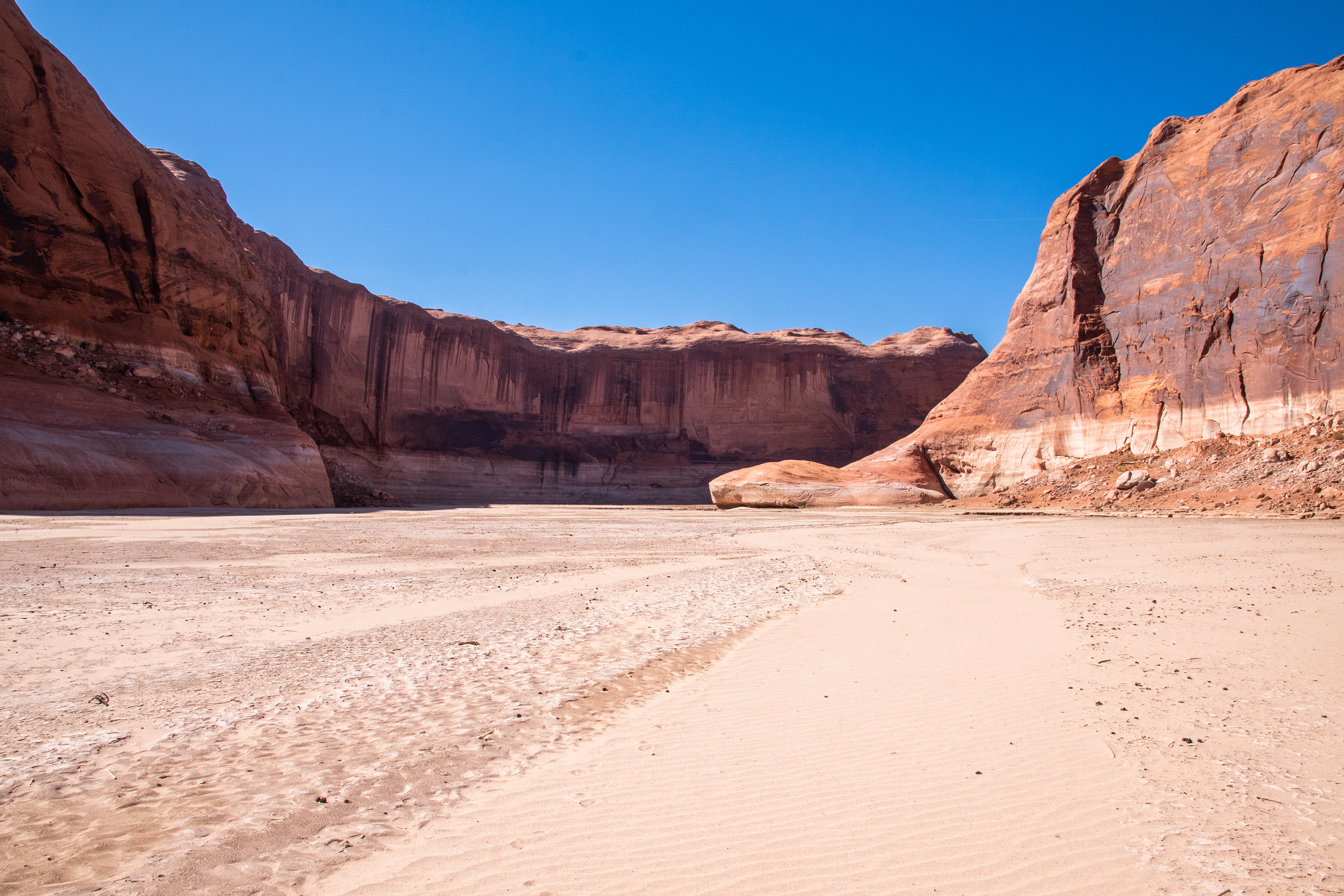
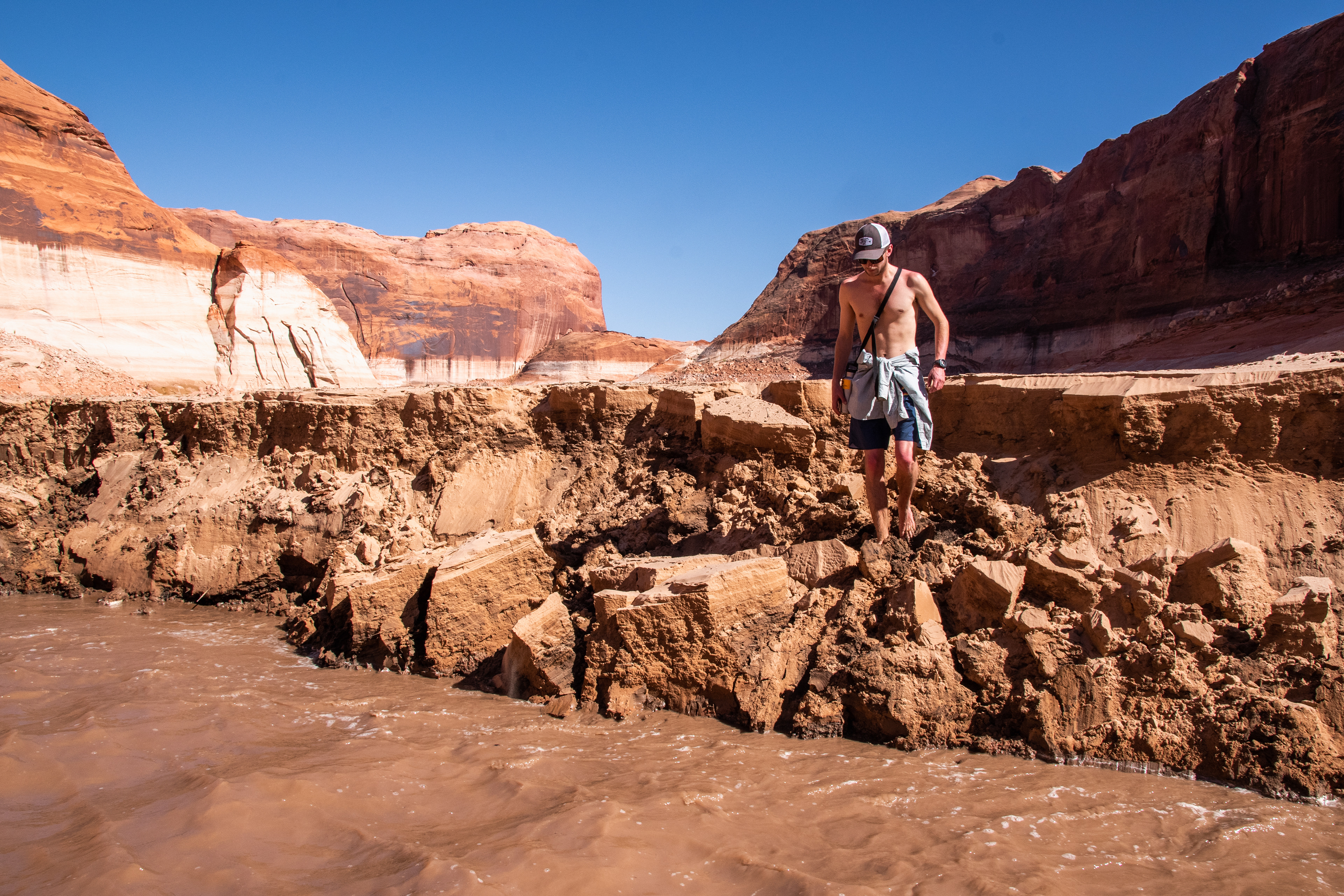
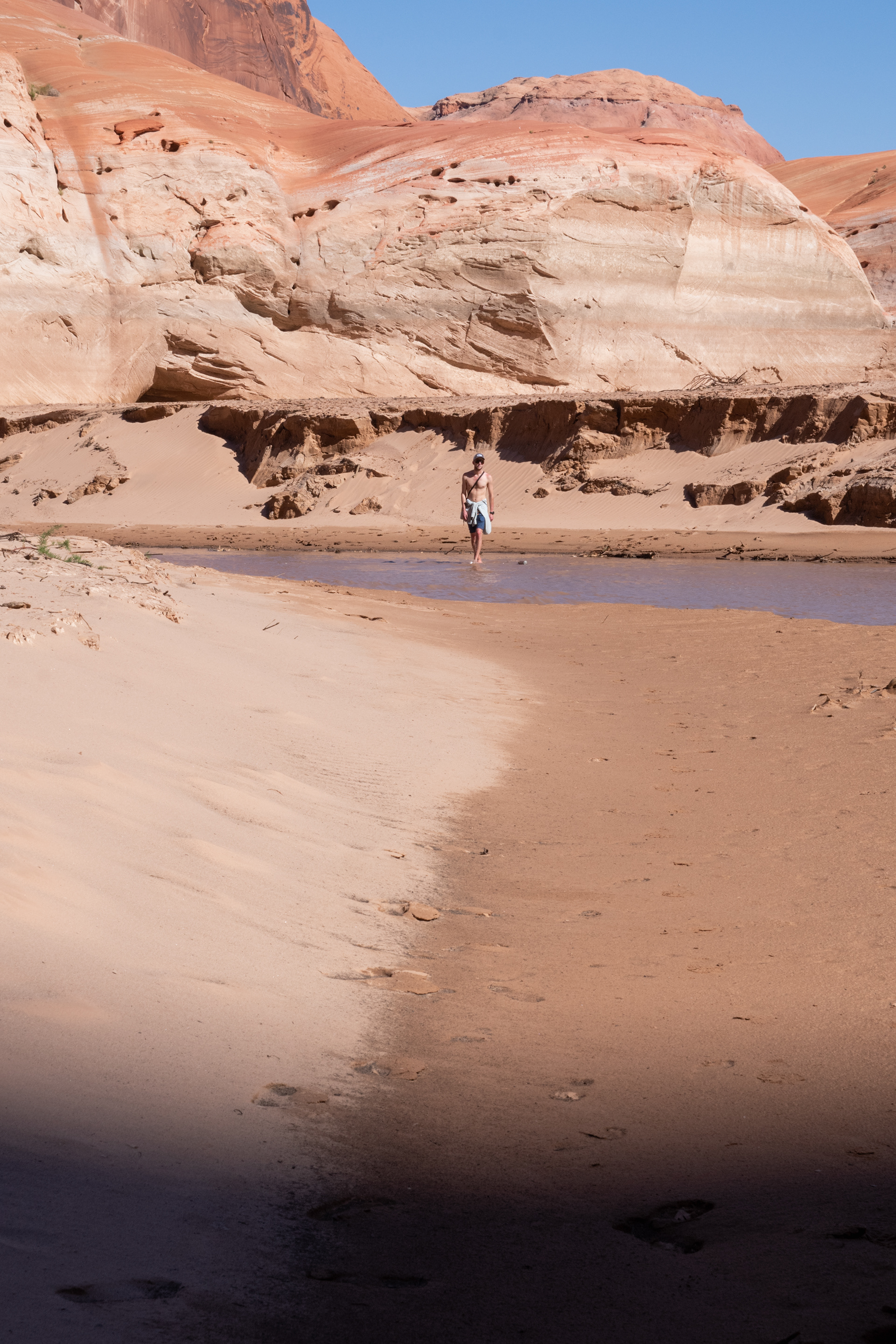
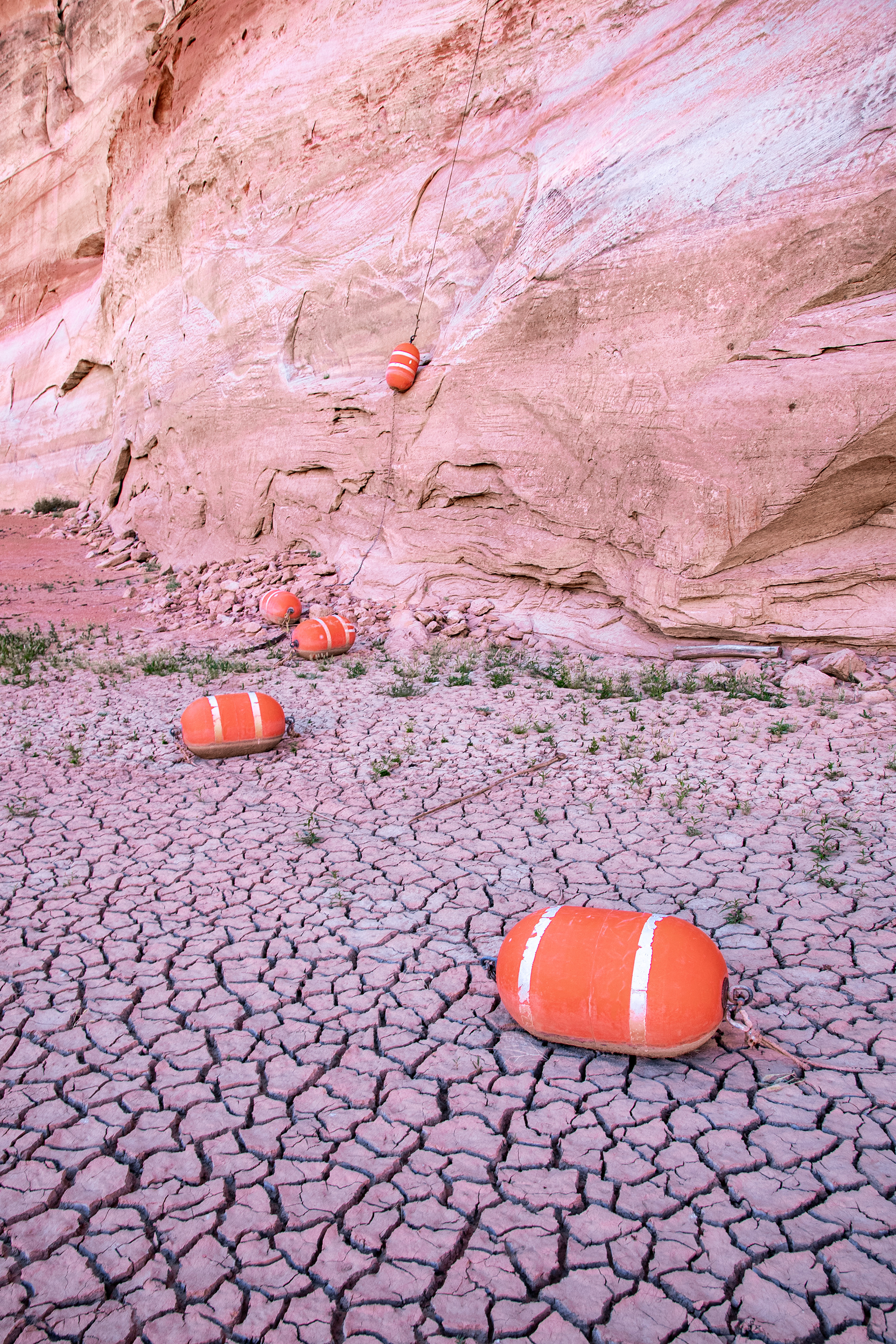
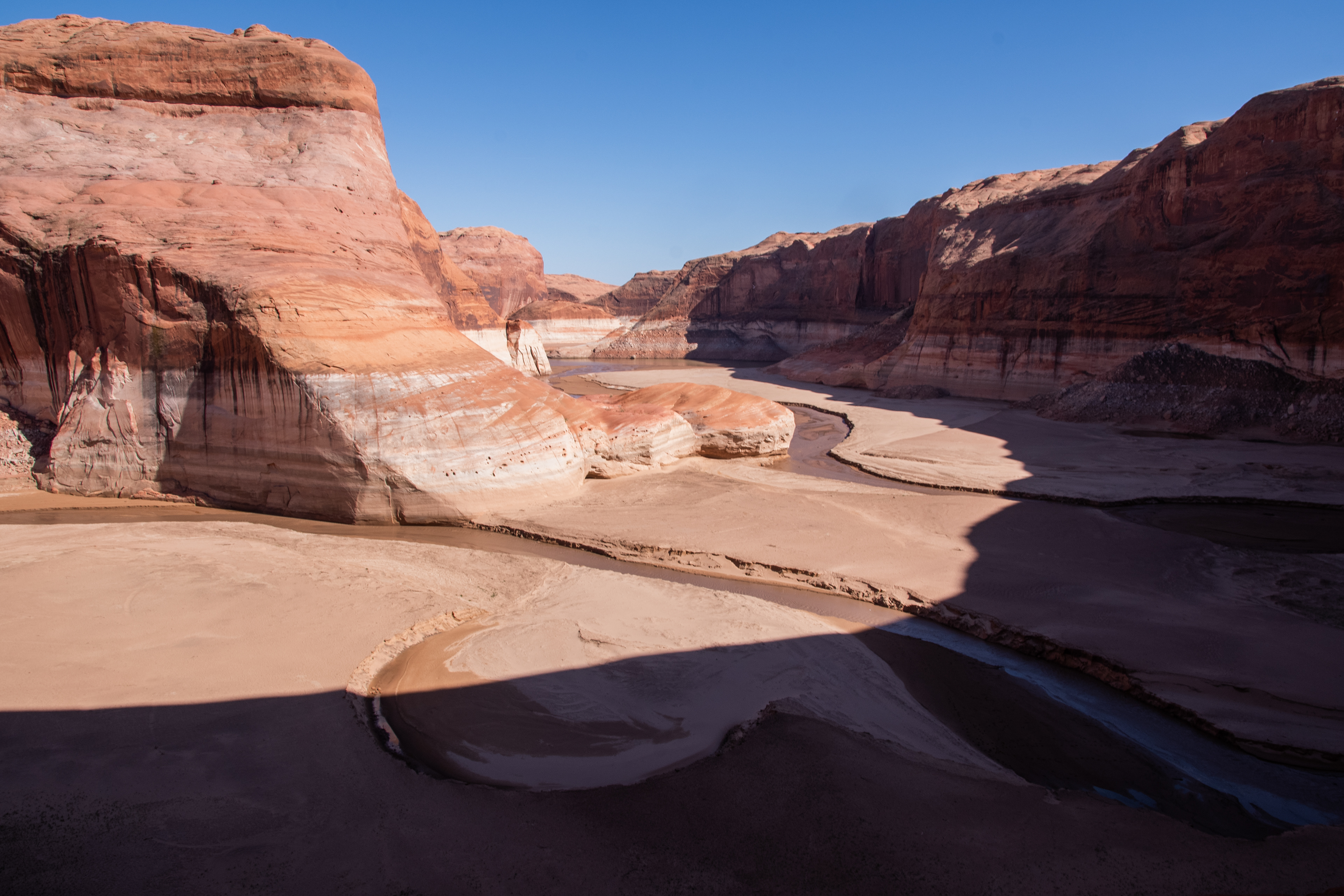
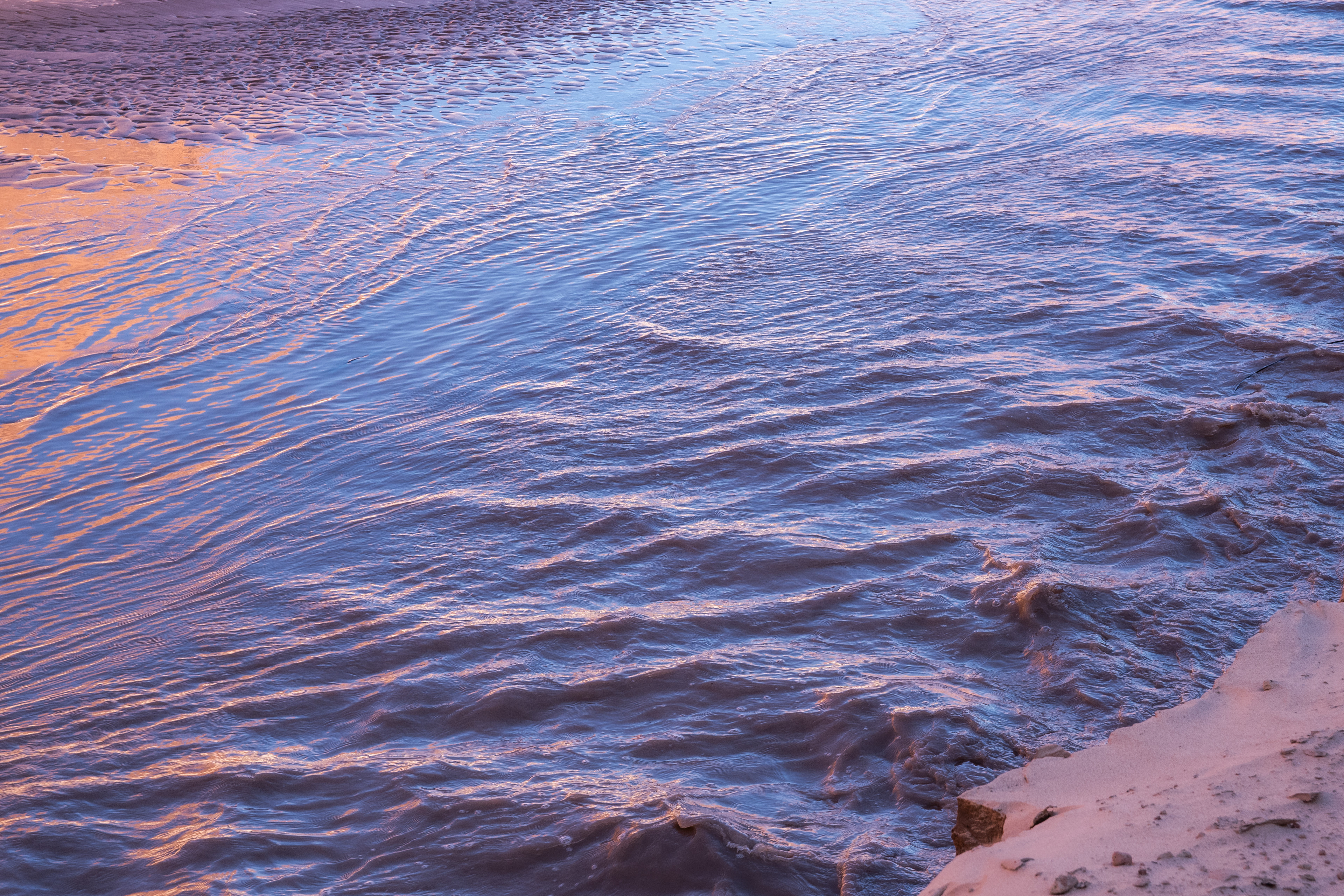
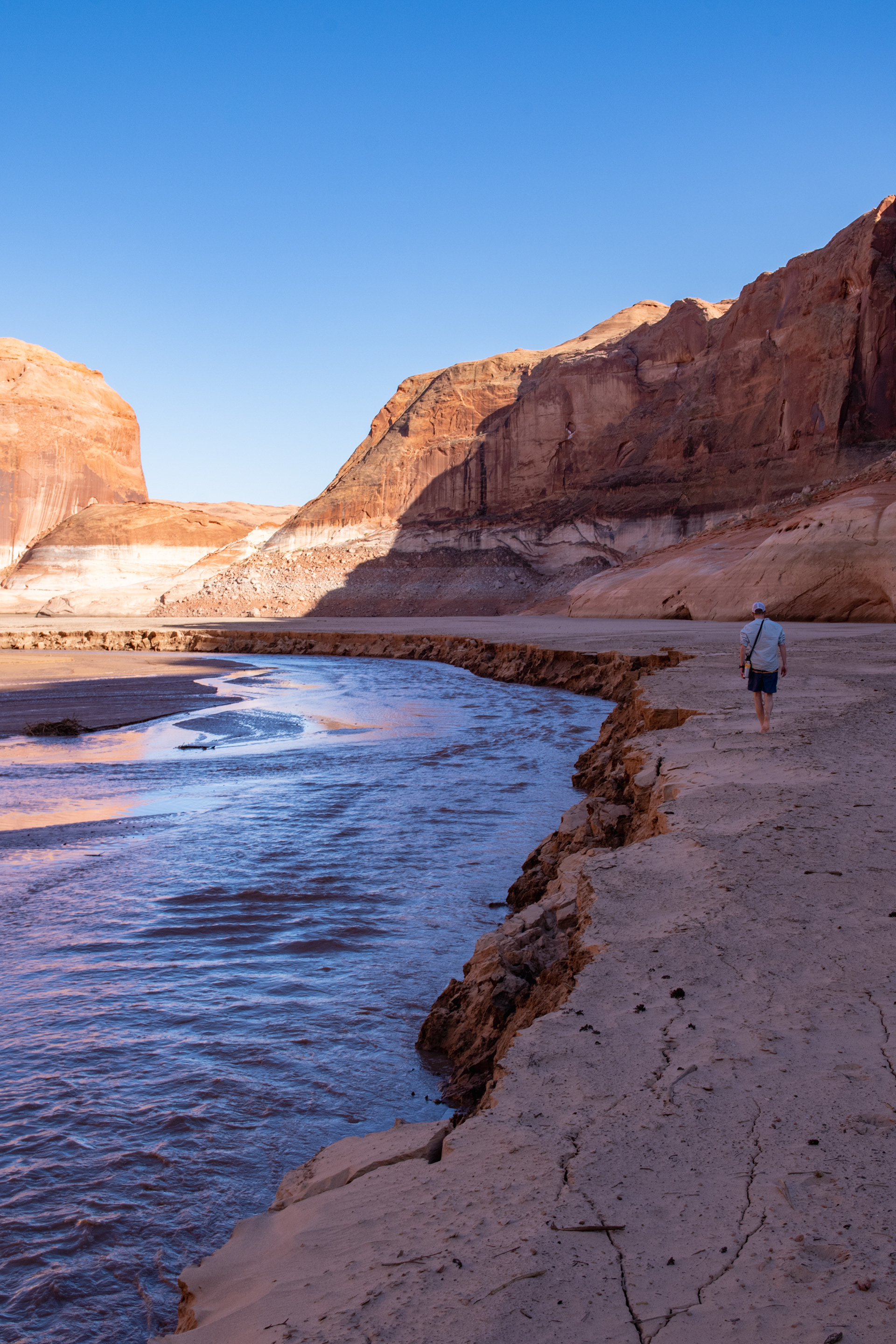
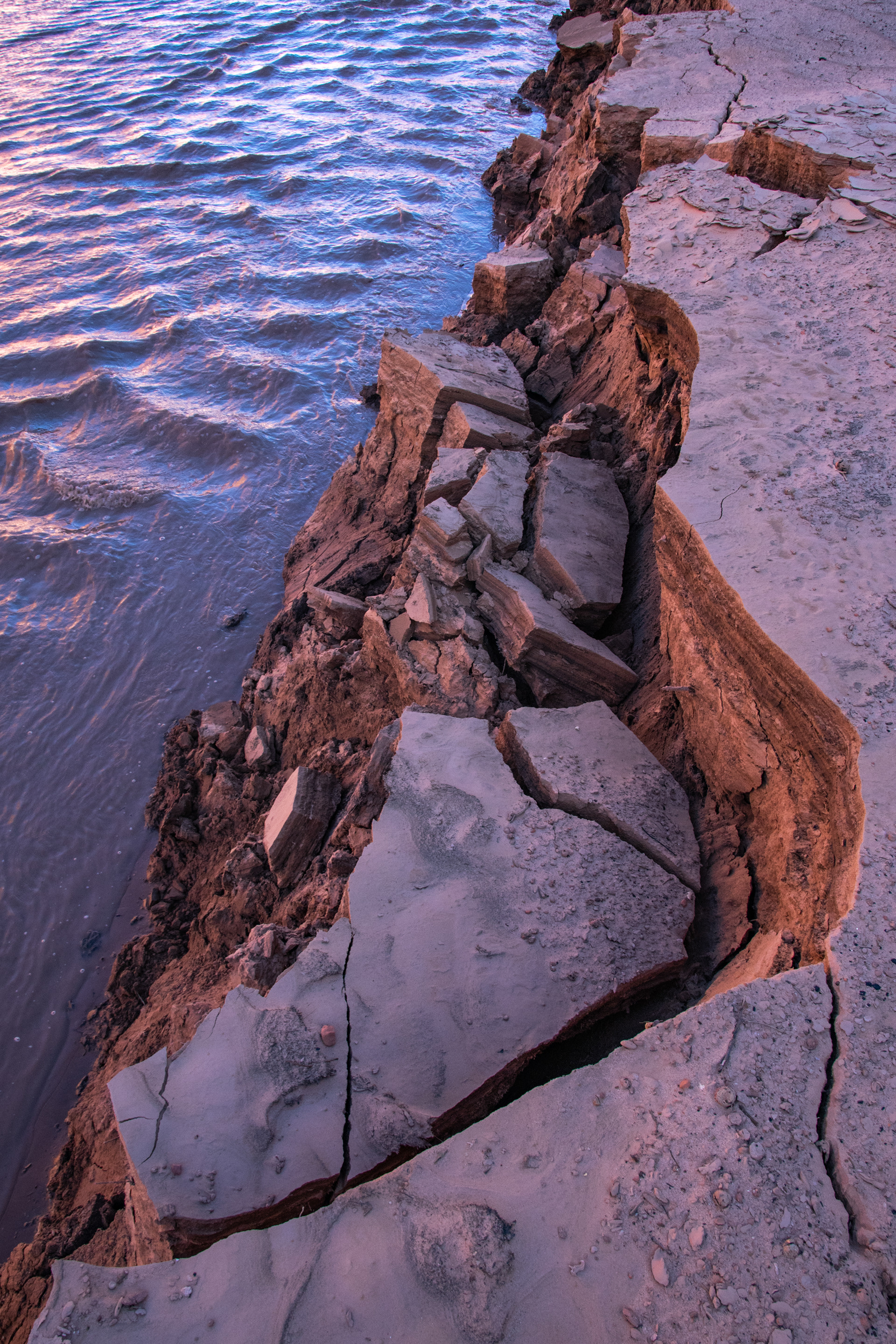
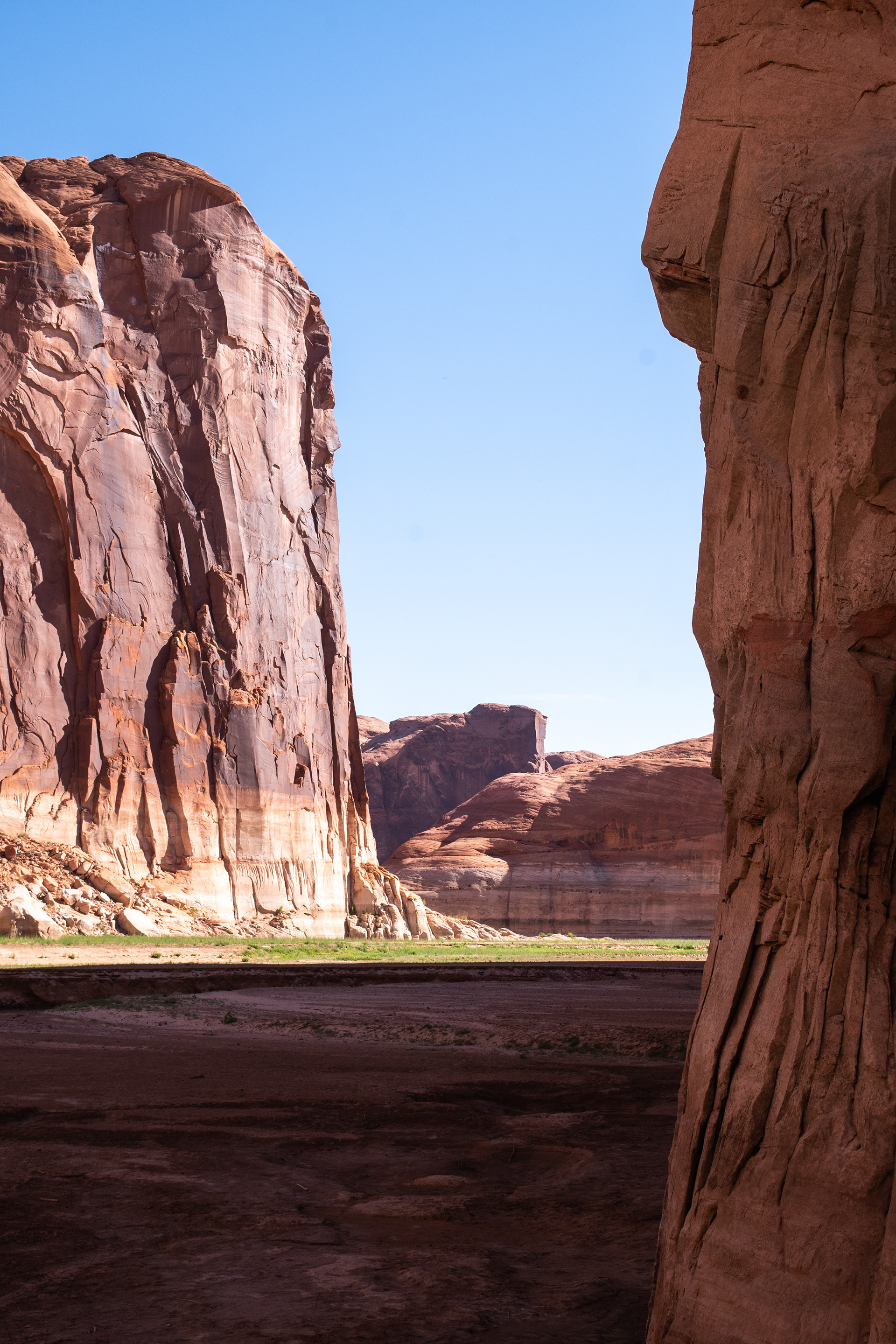
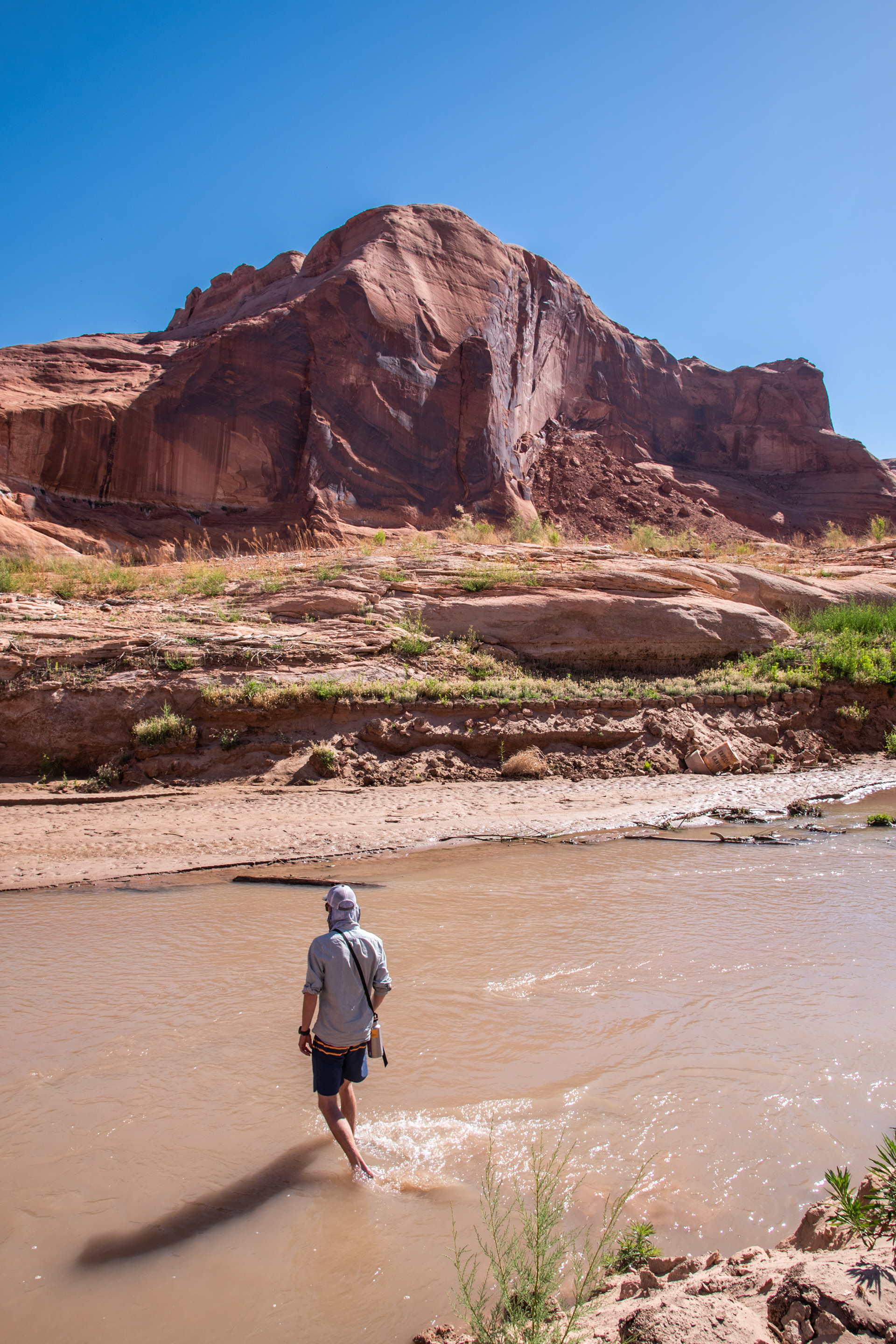
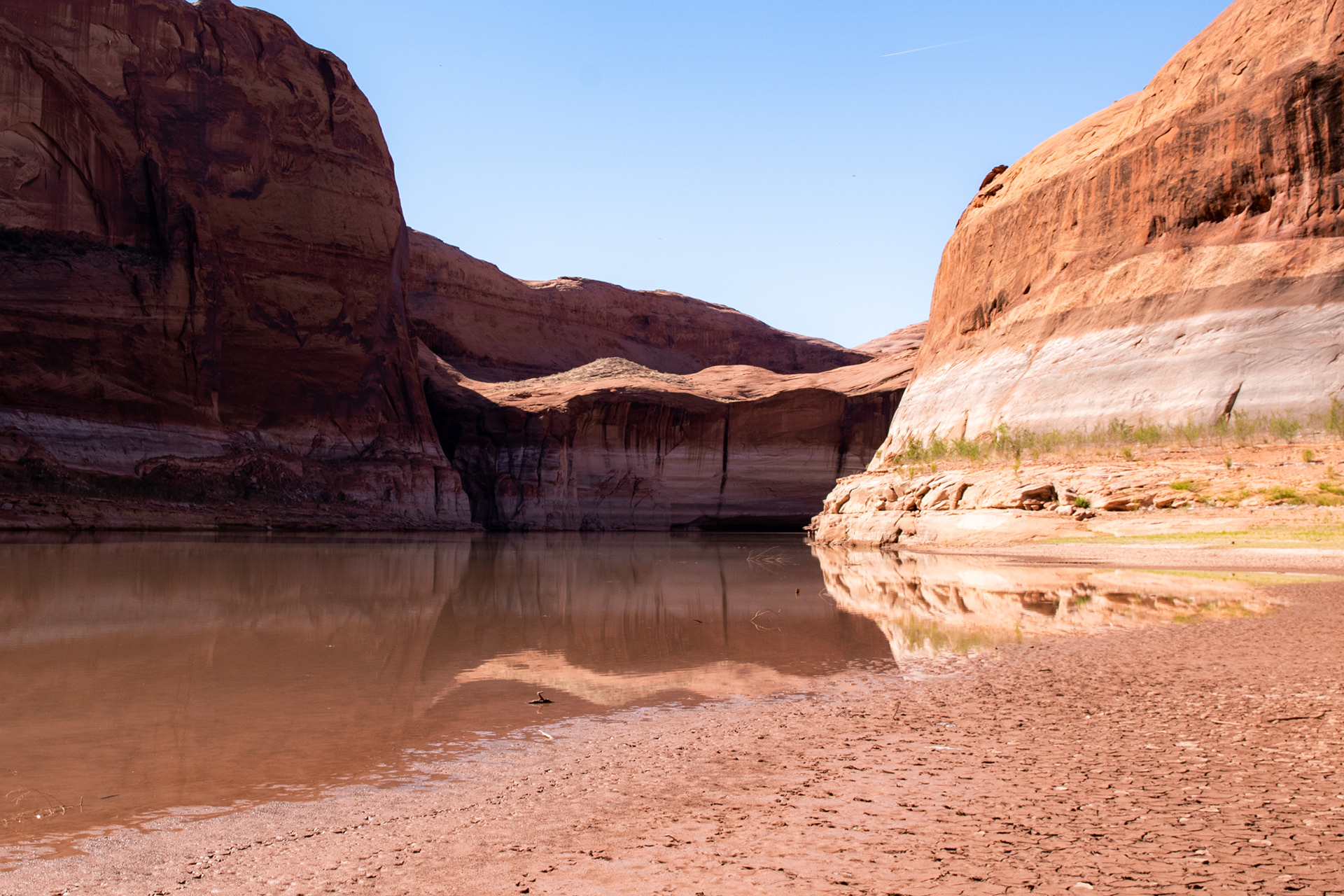
oxbow lake at Explorer Canyon
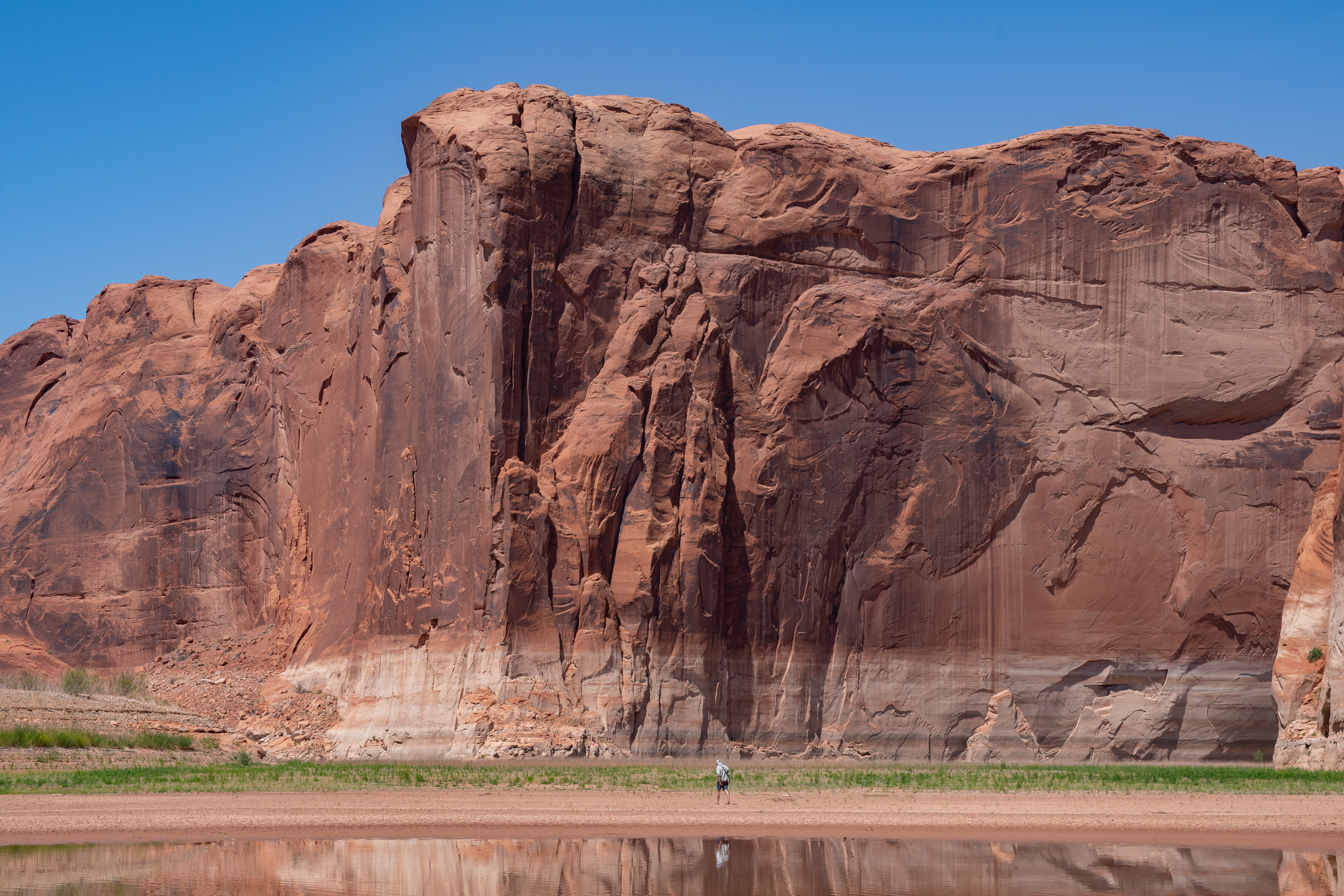
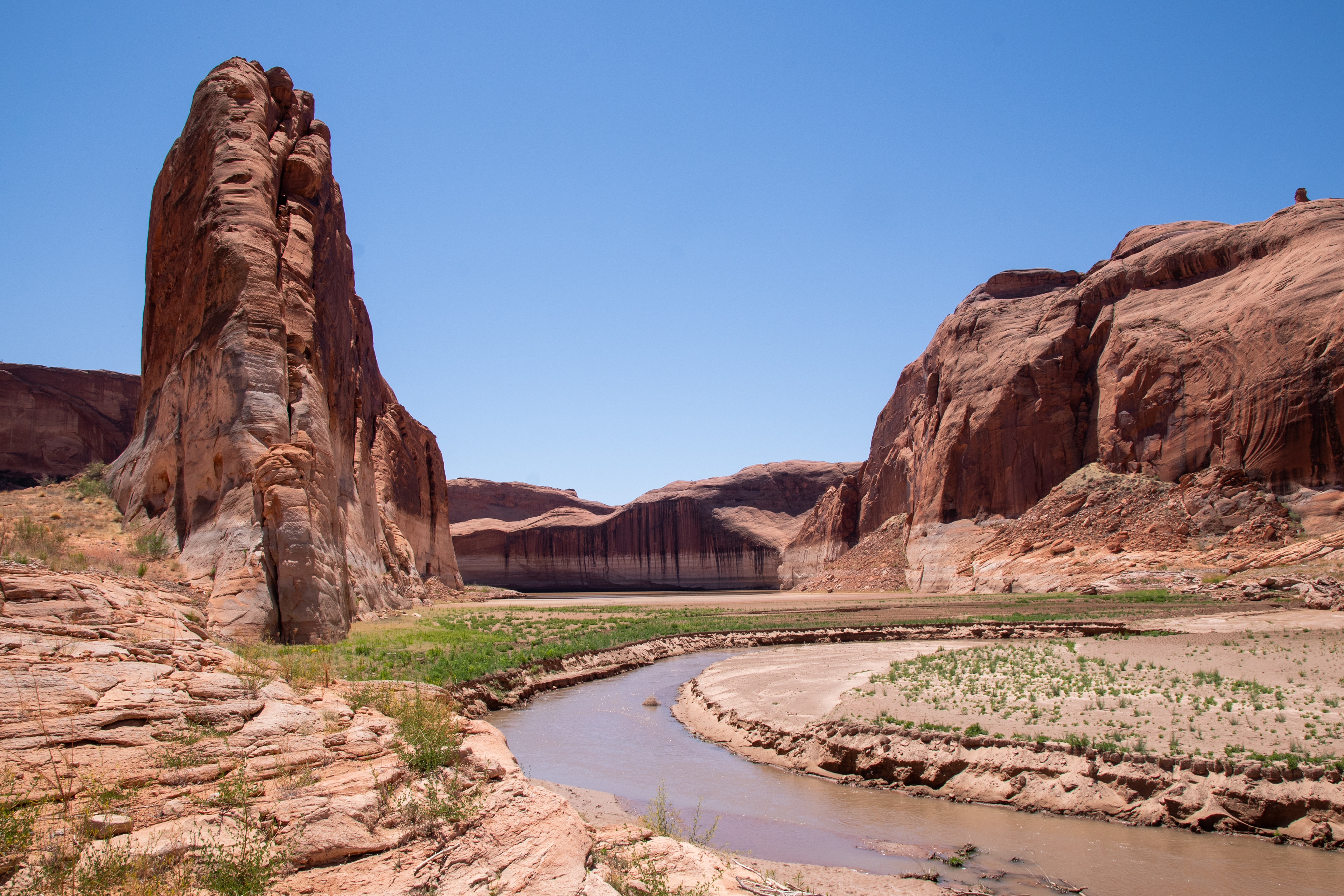
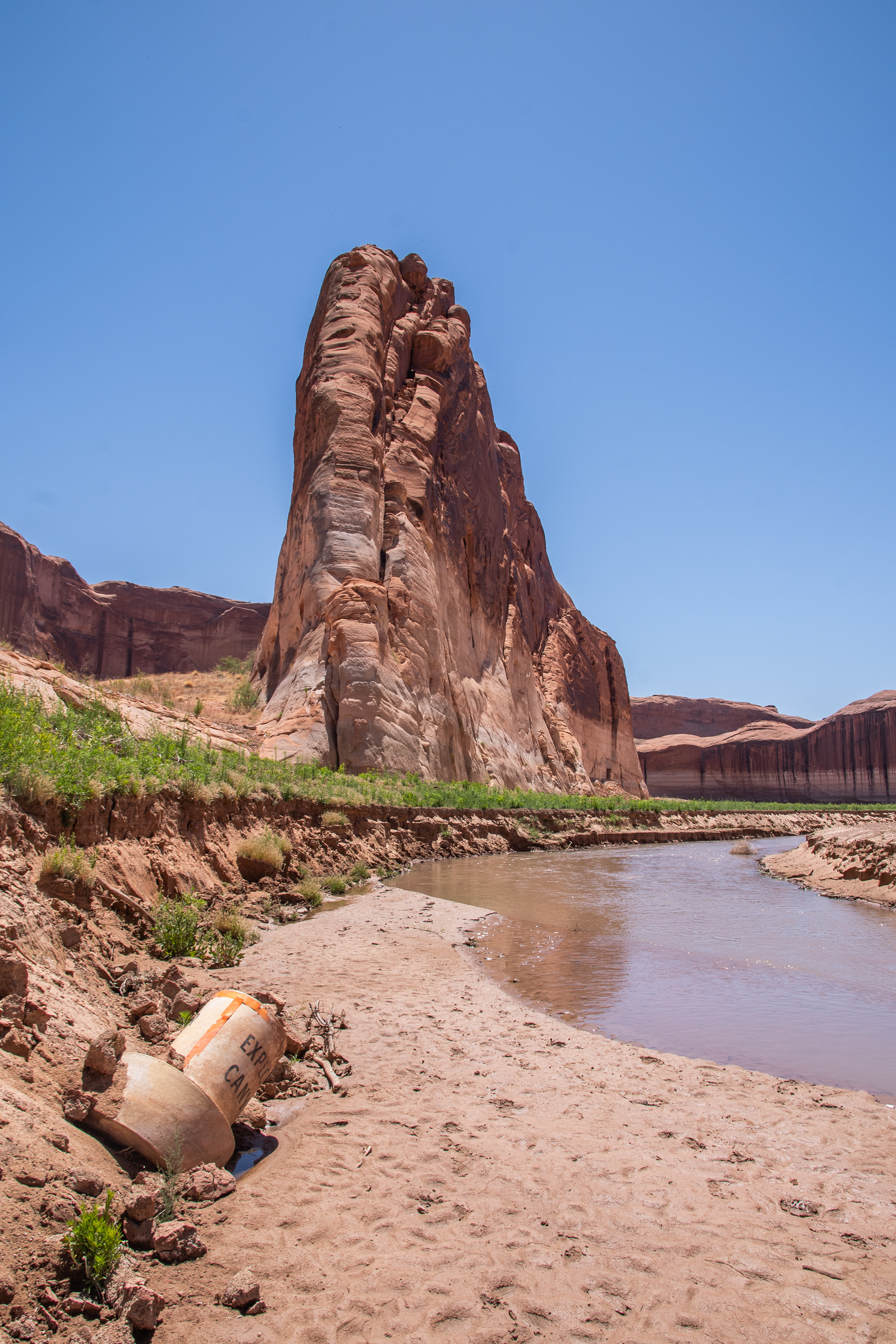
the old marker for Explorer Canyon
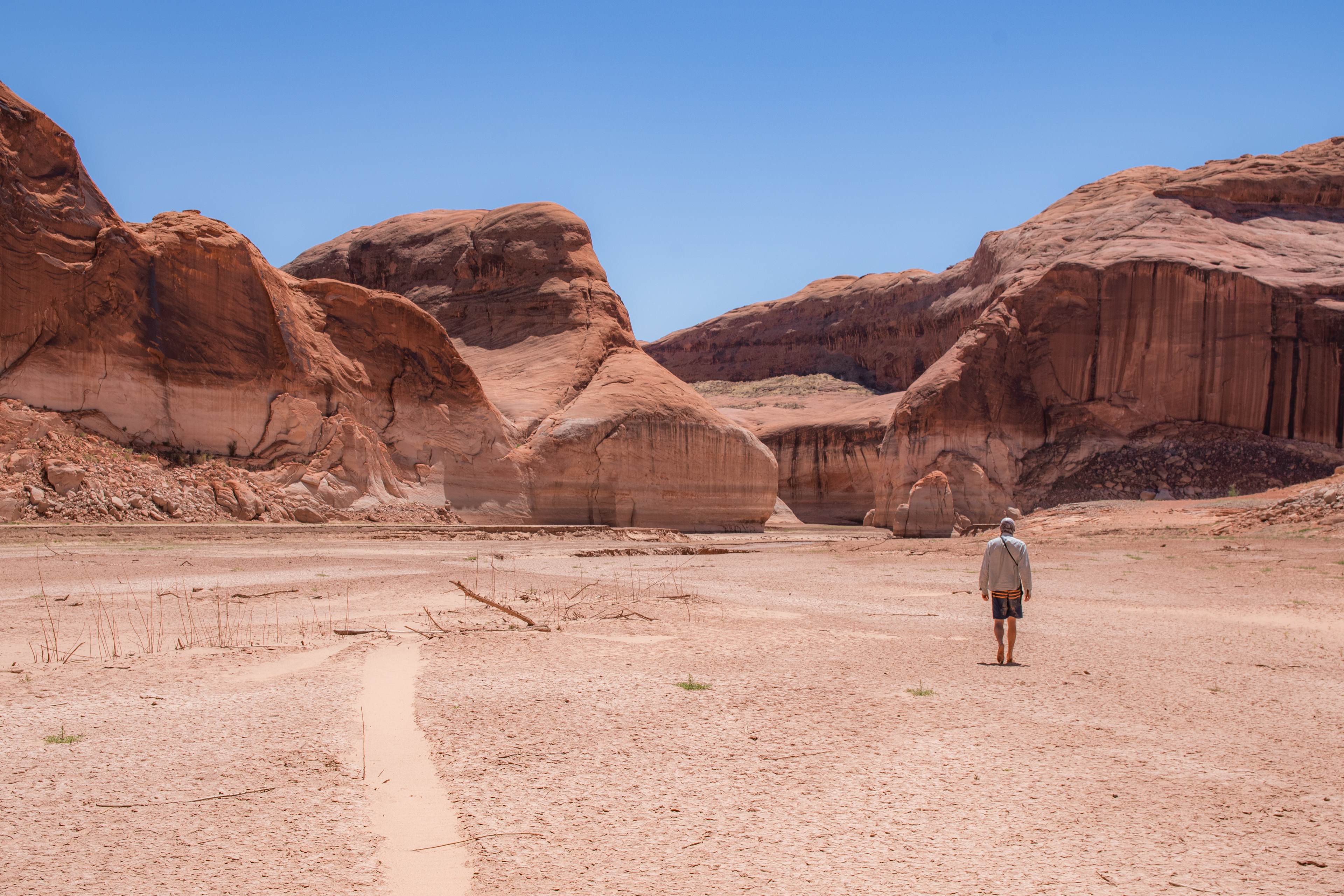
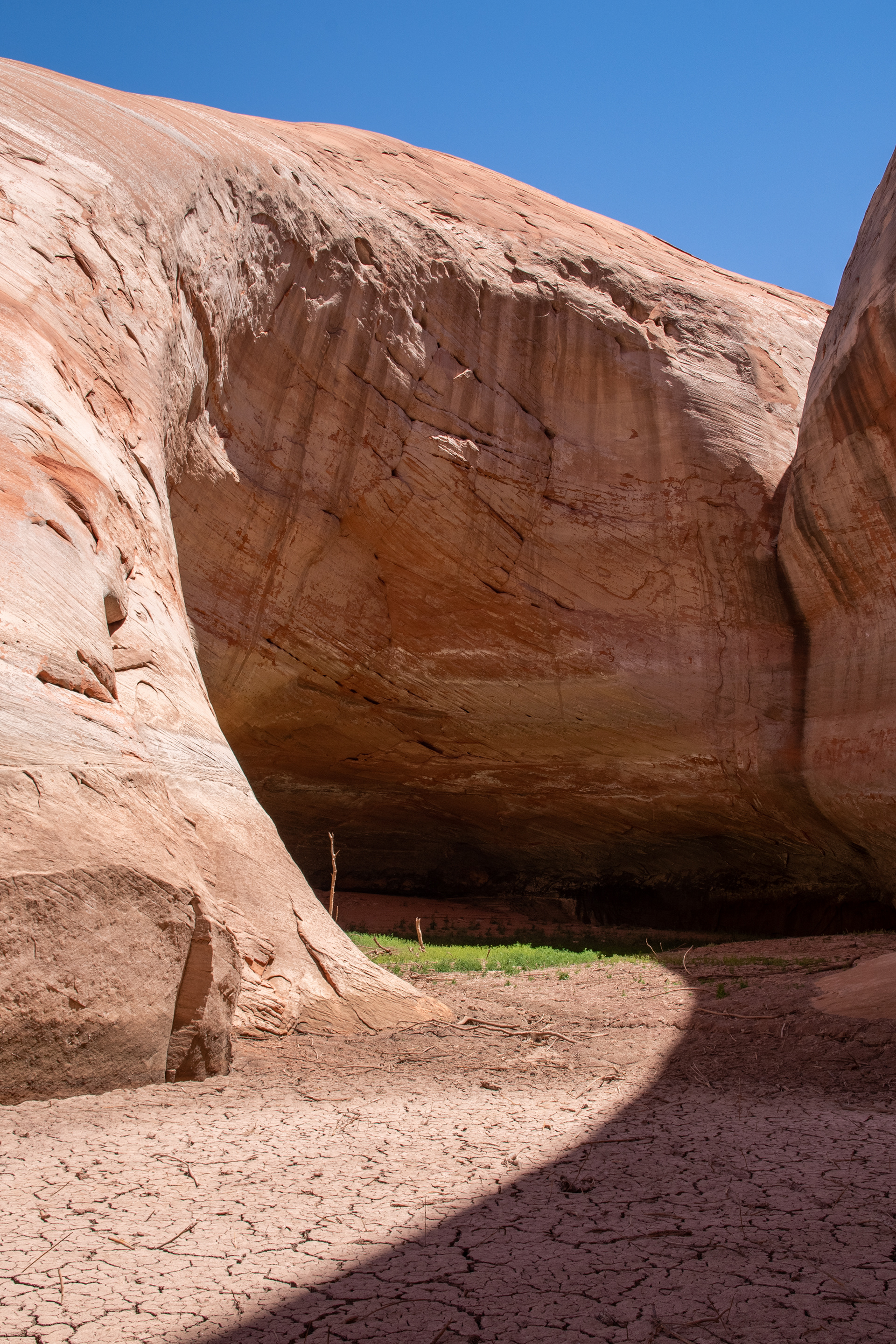
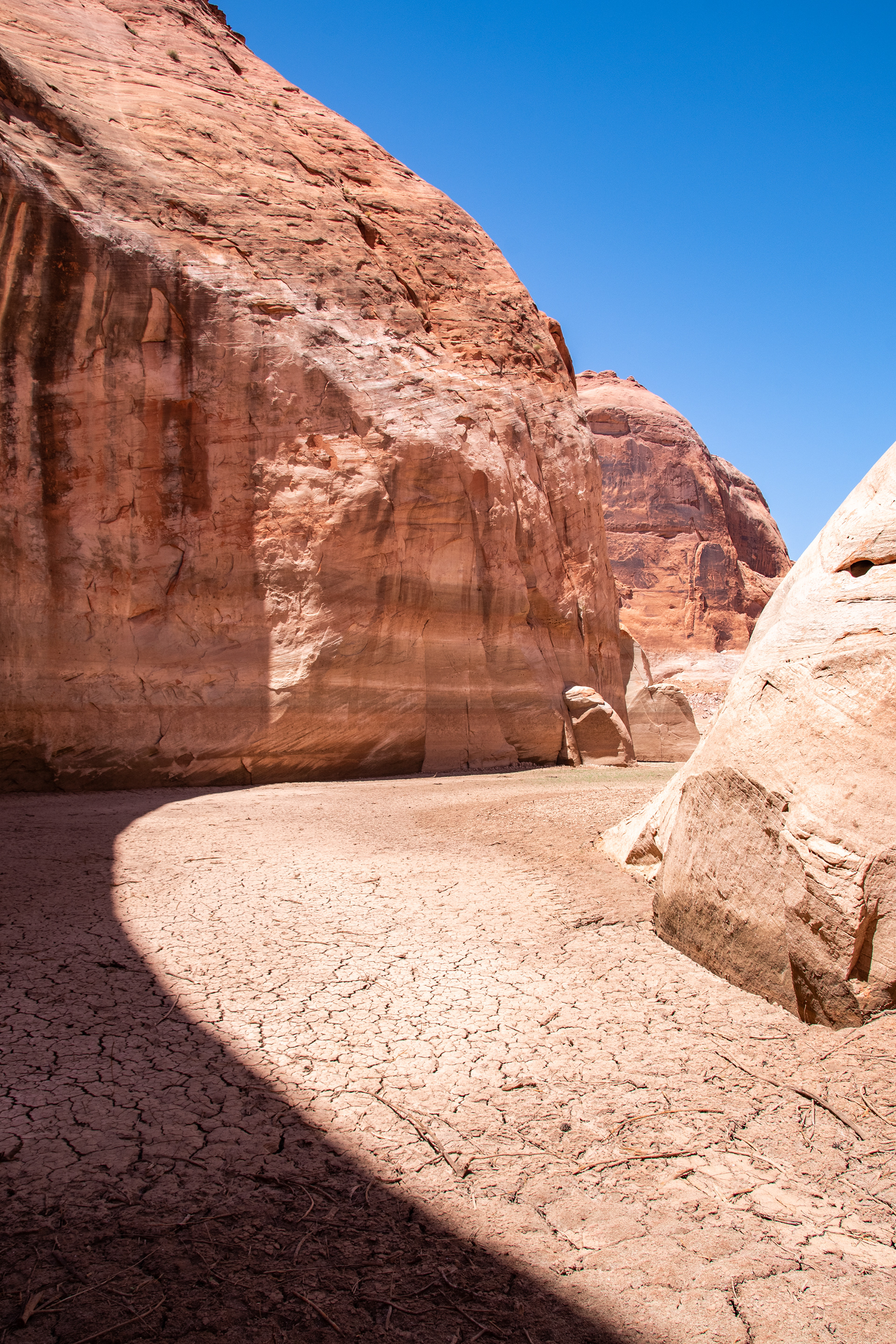
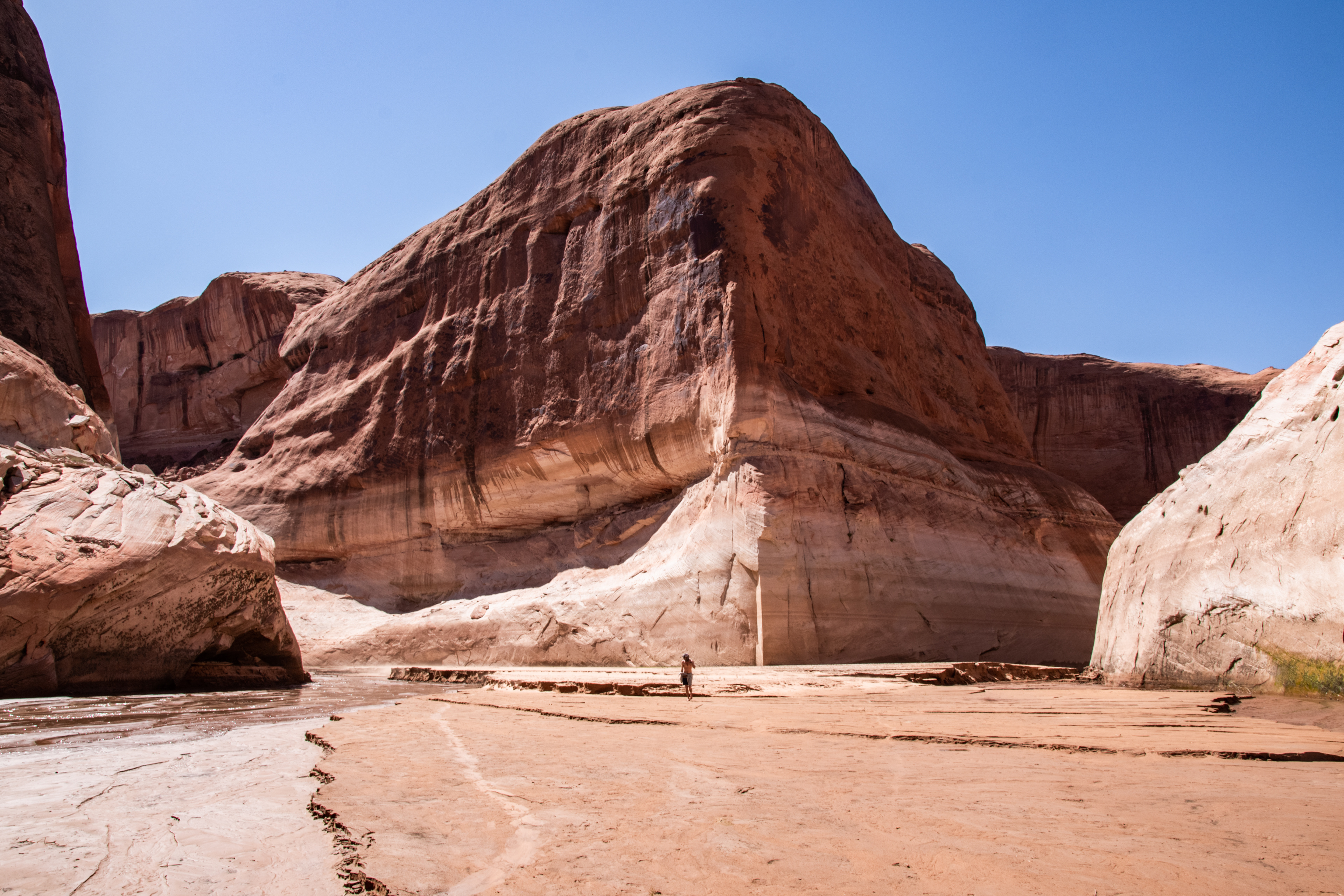
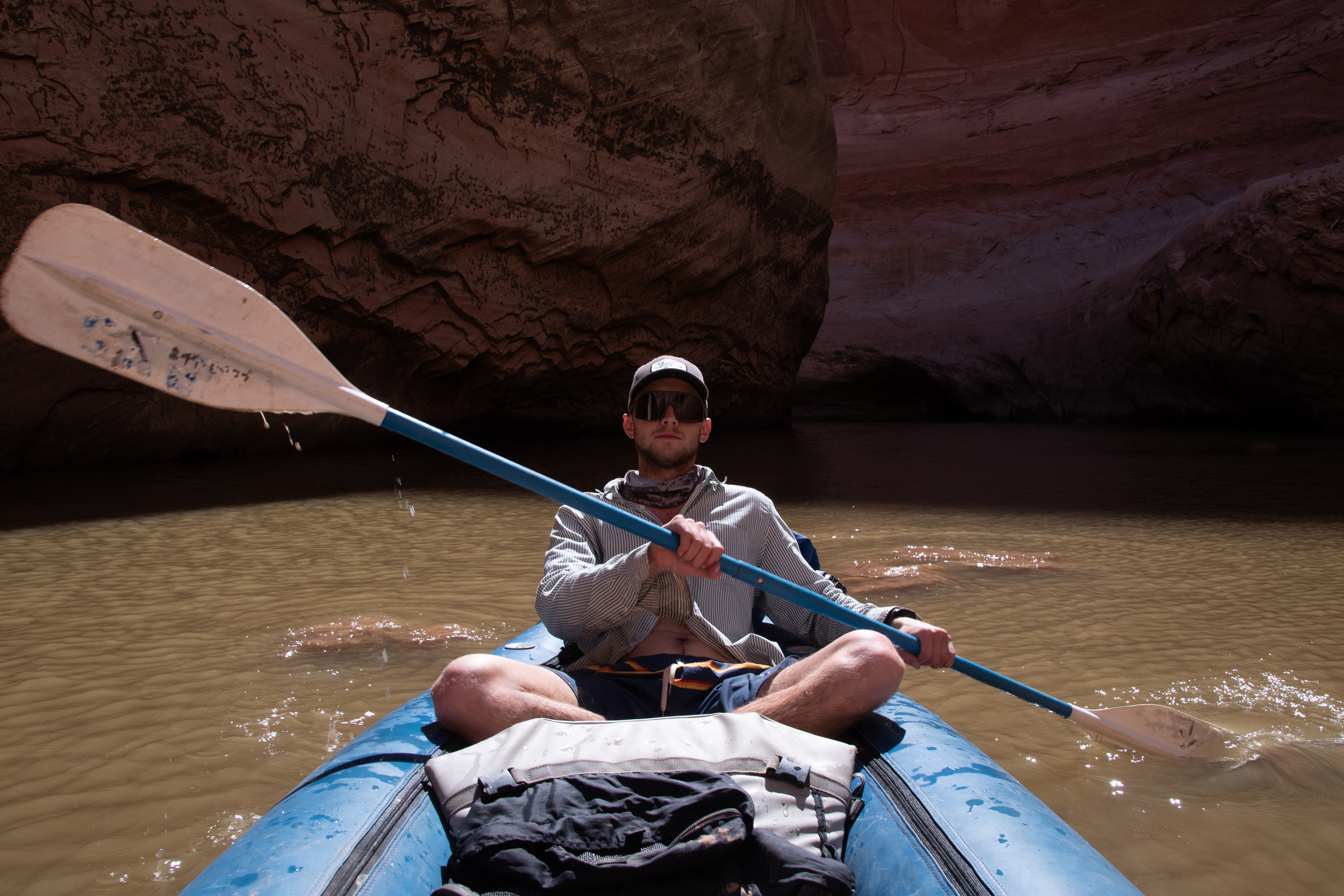
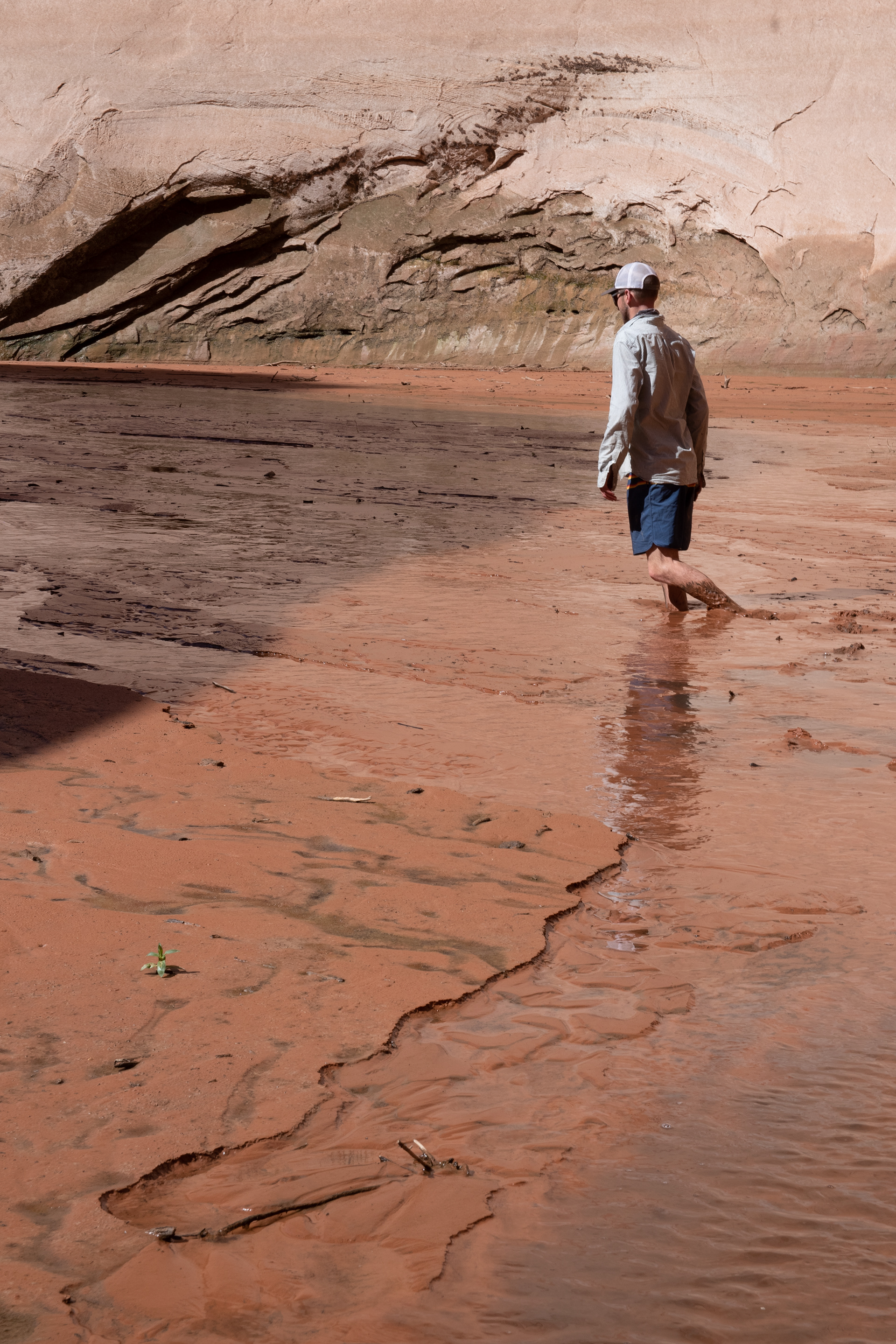
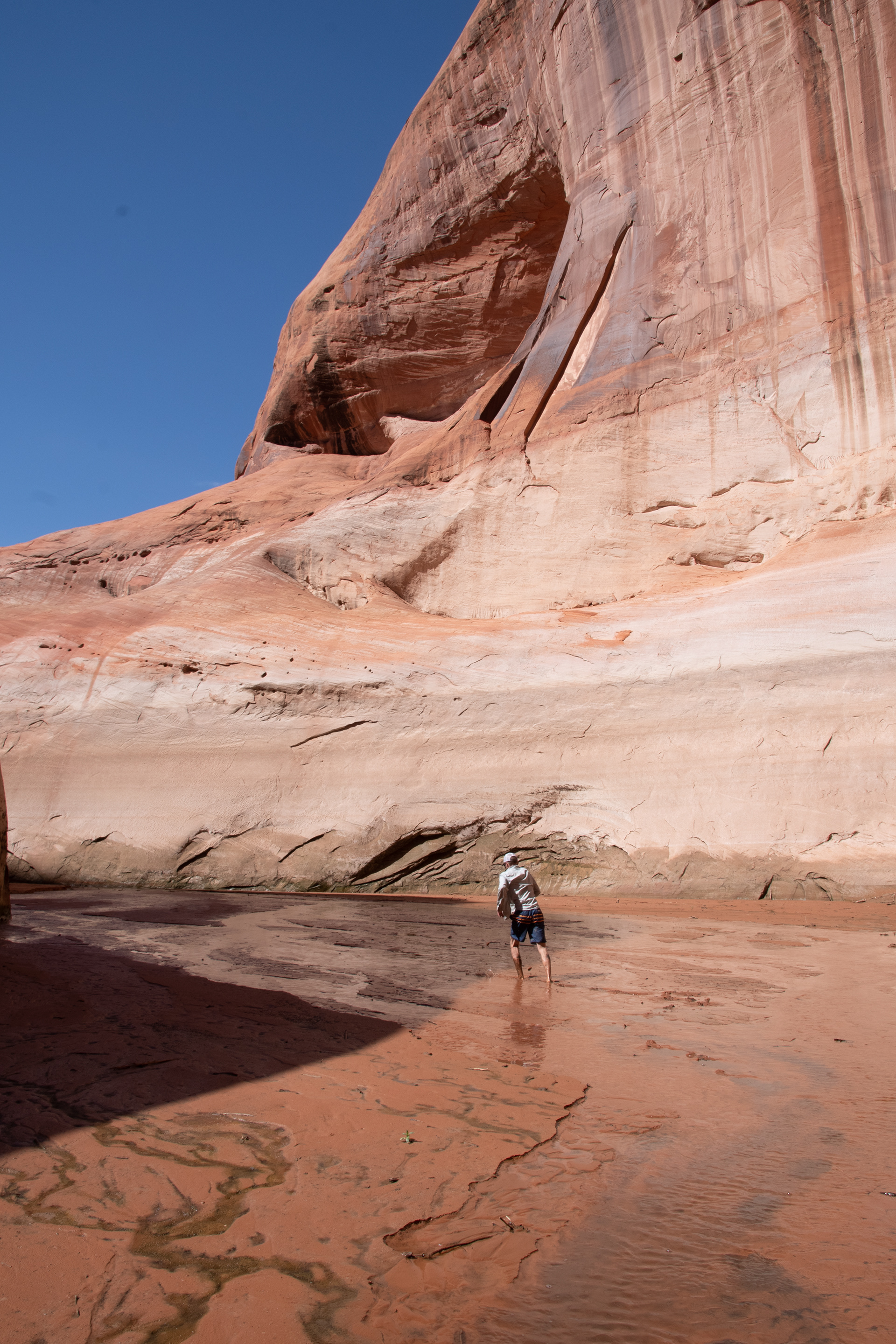

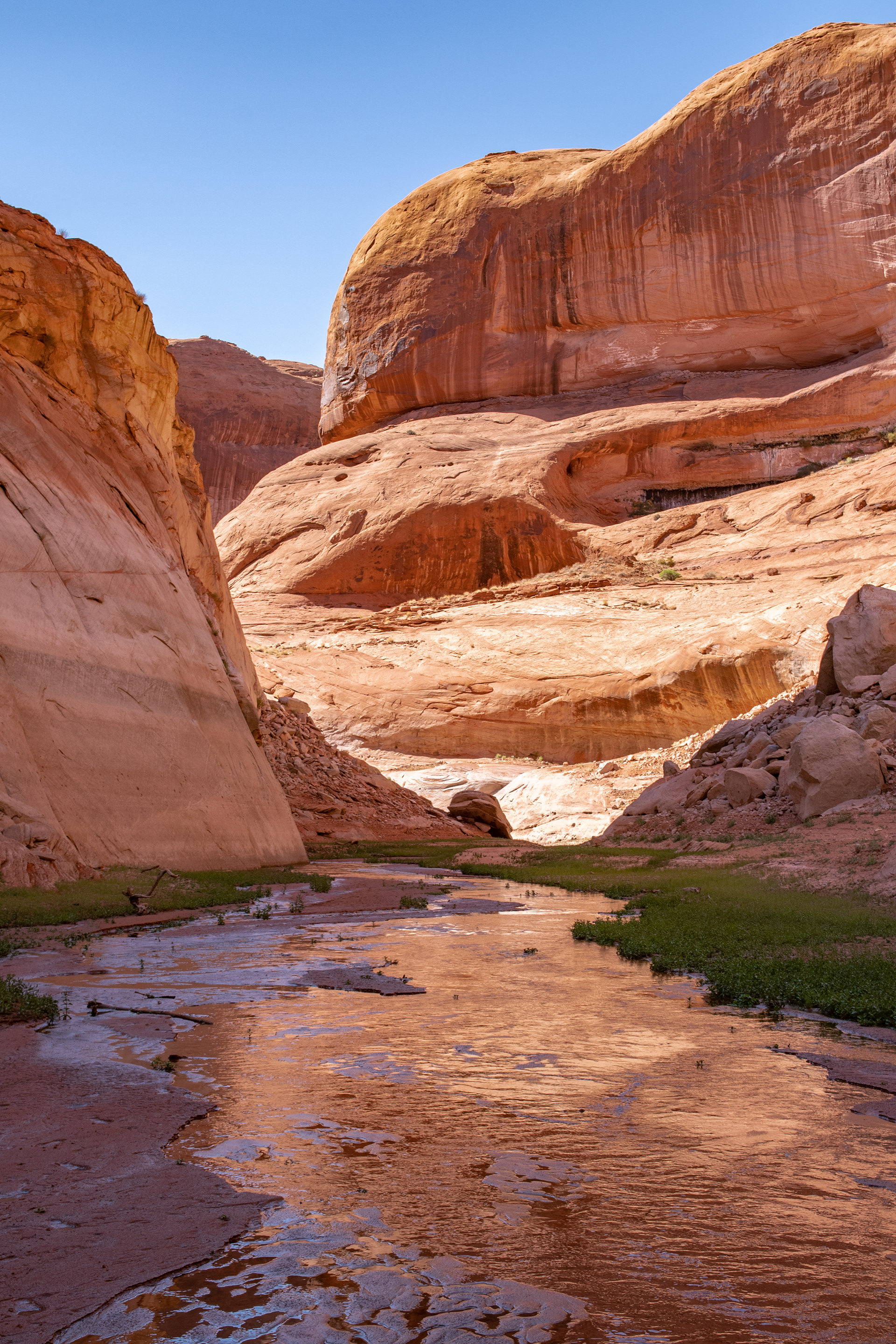
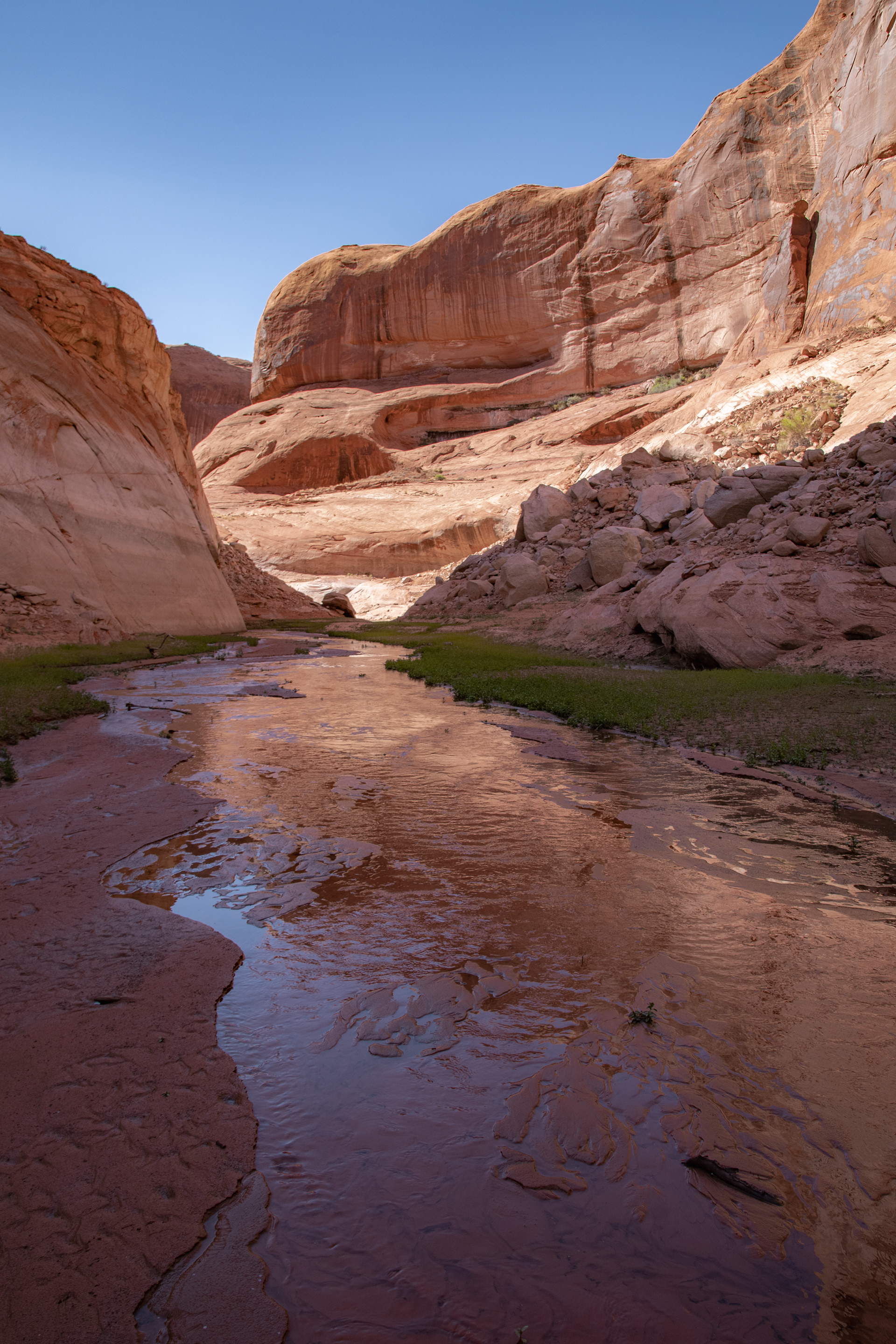
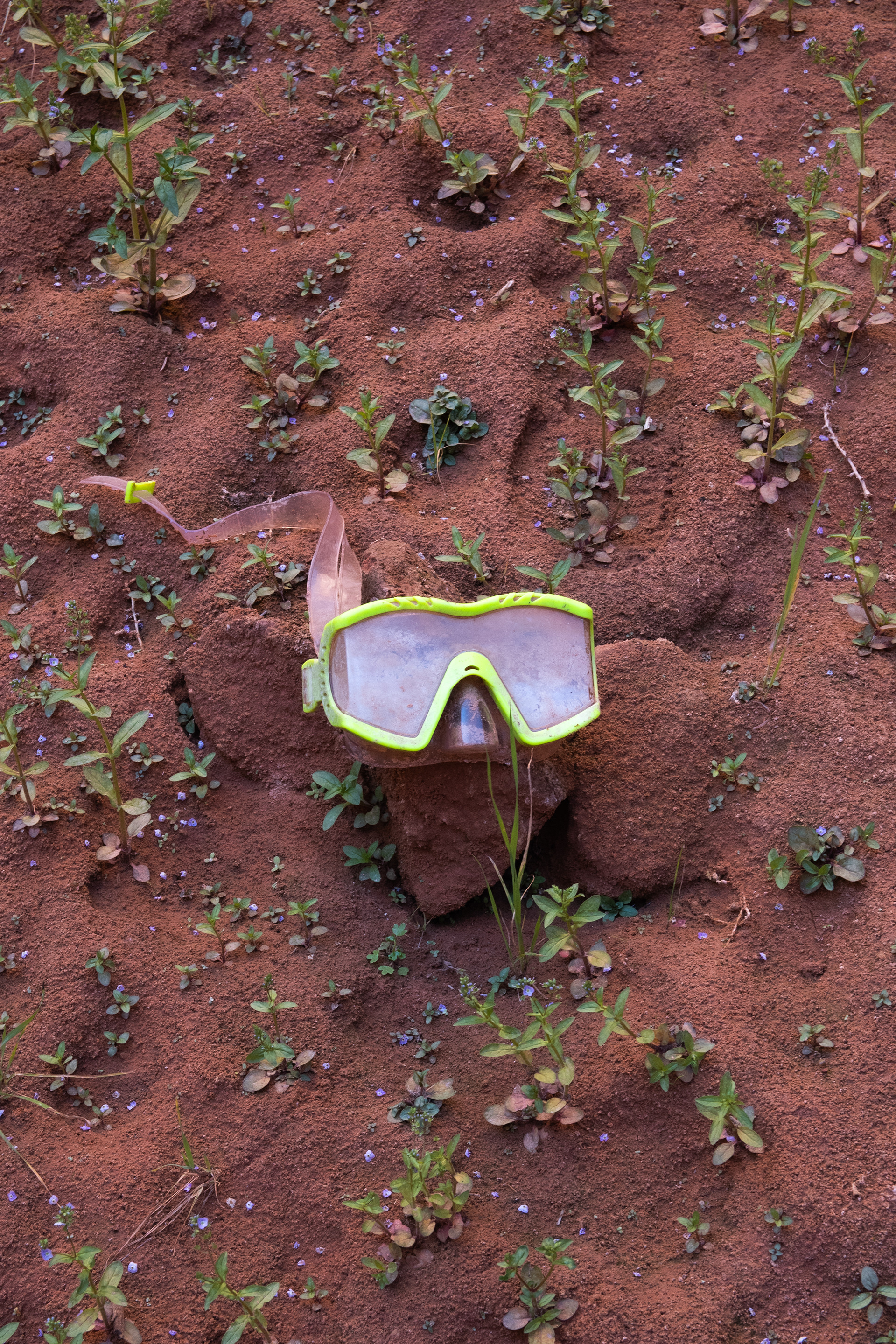
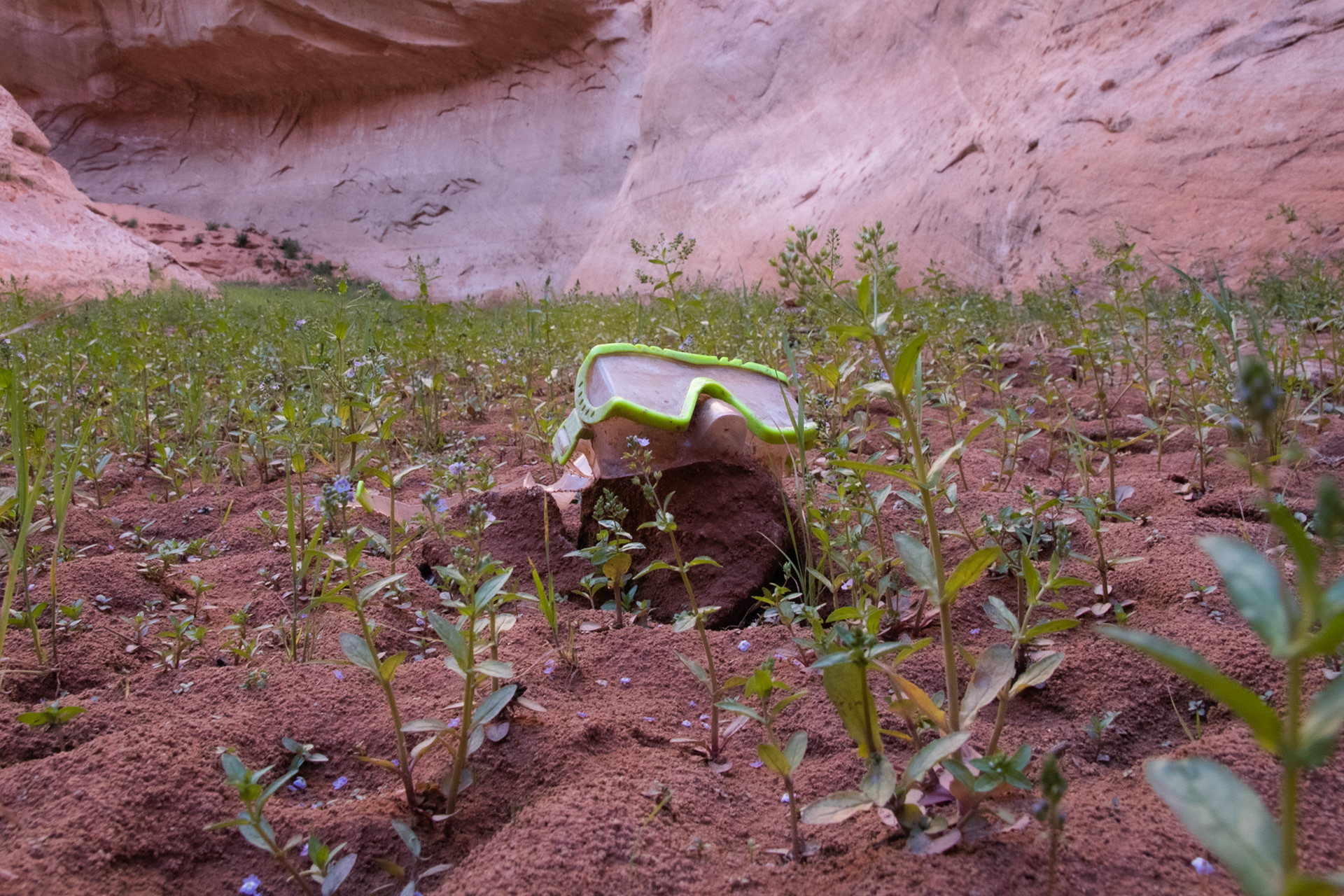
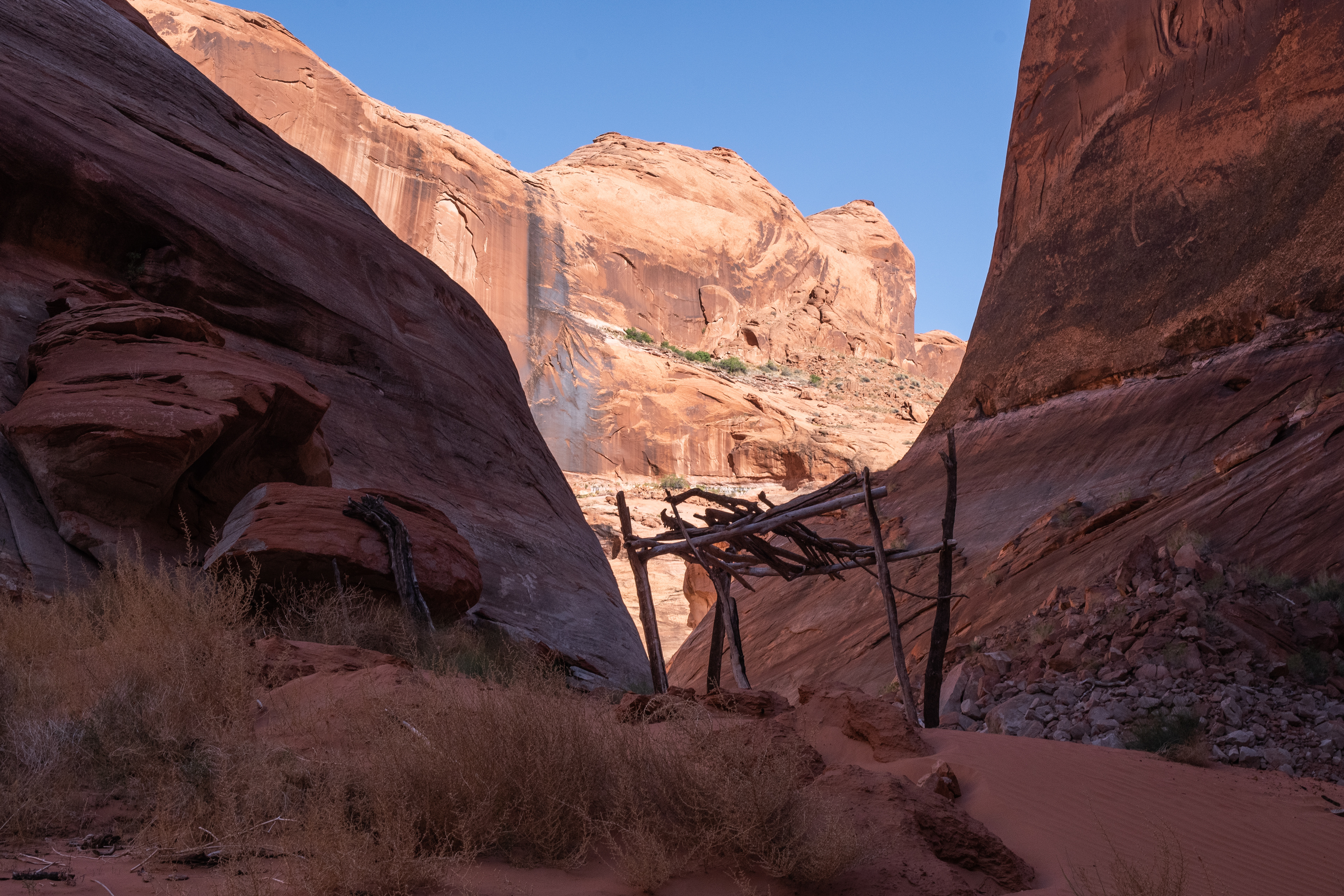
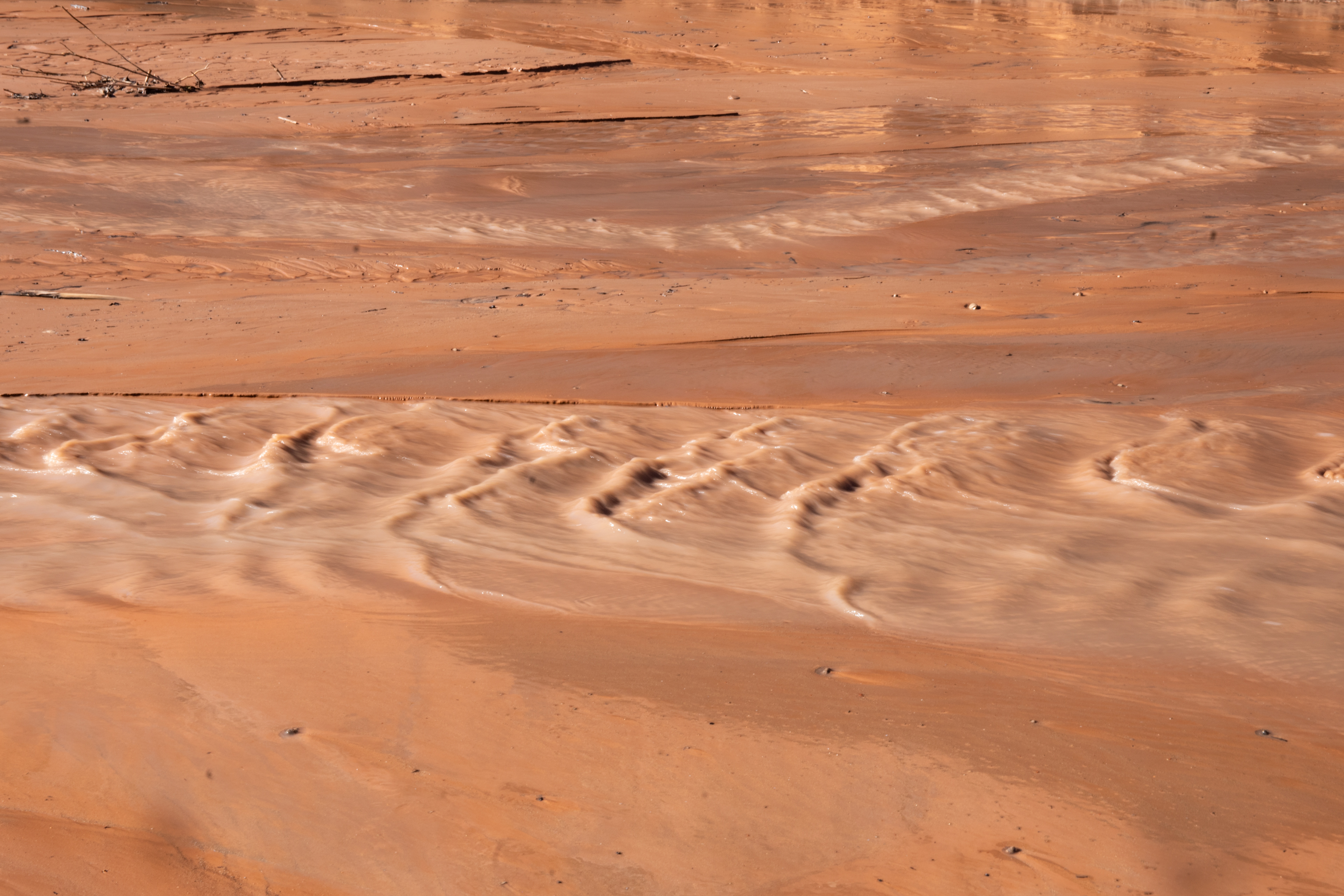
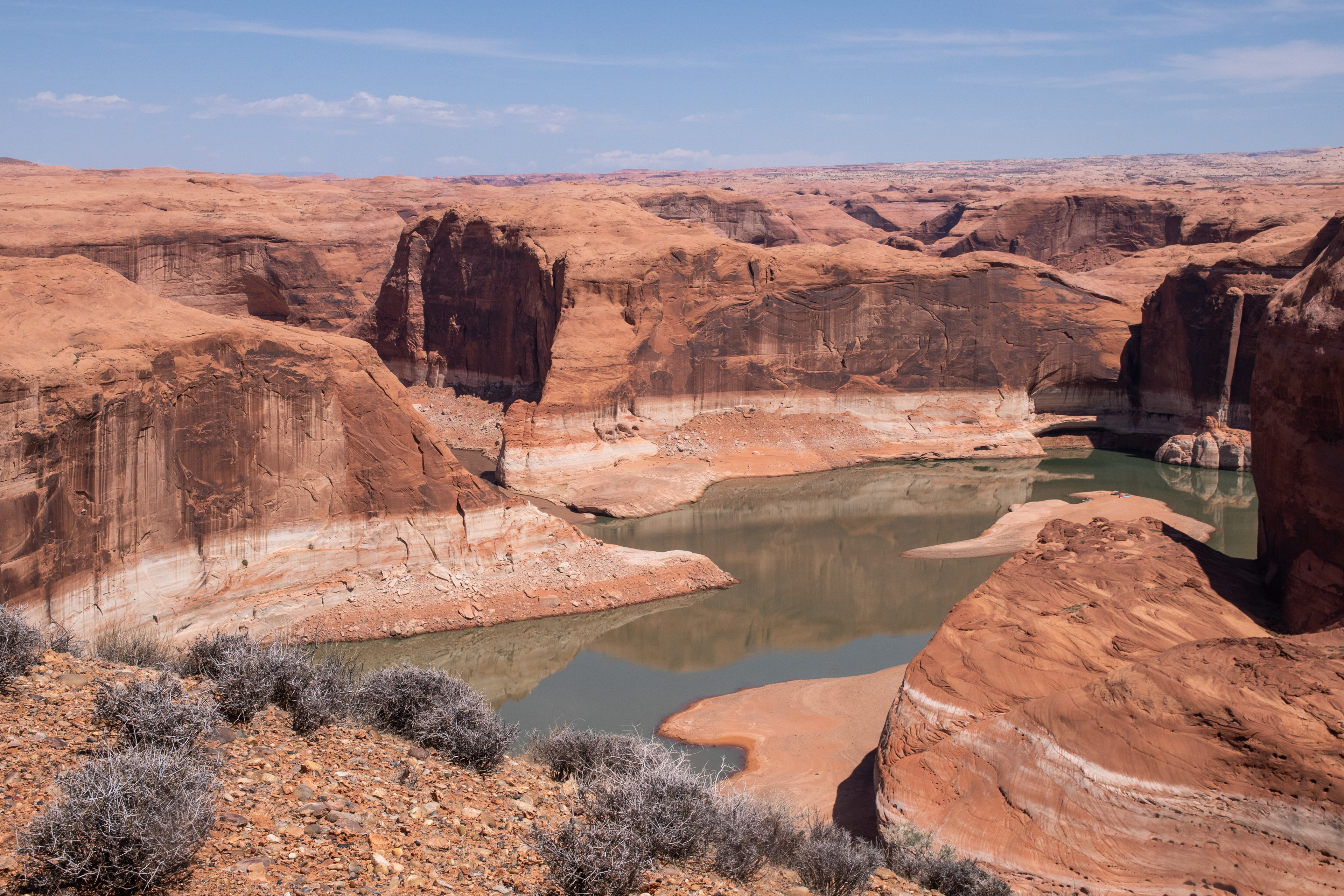
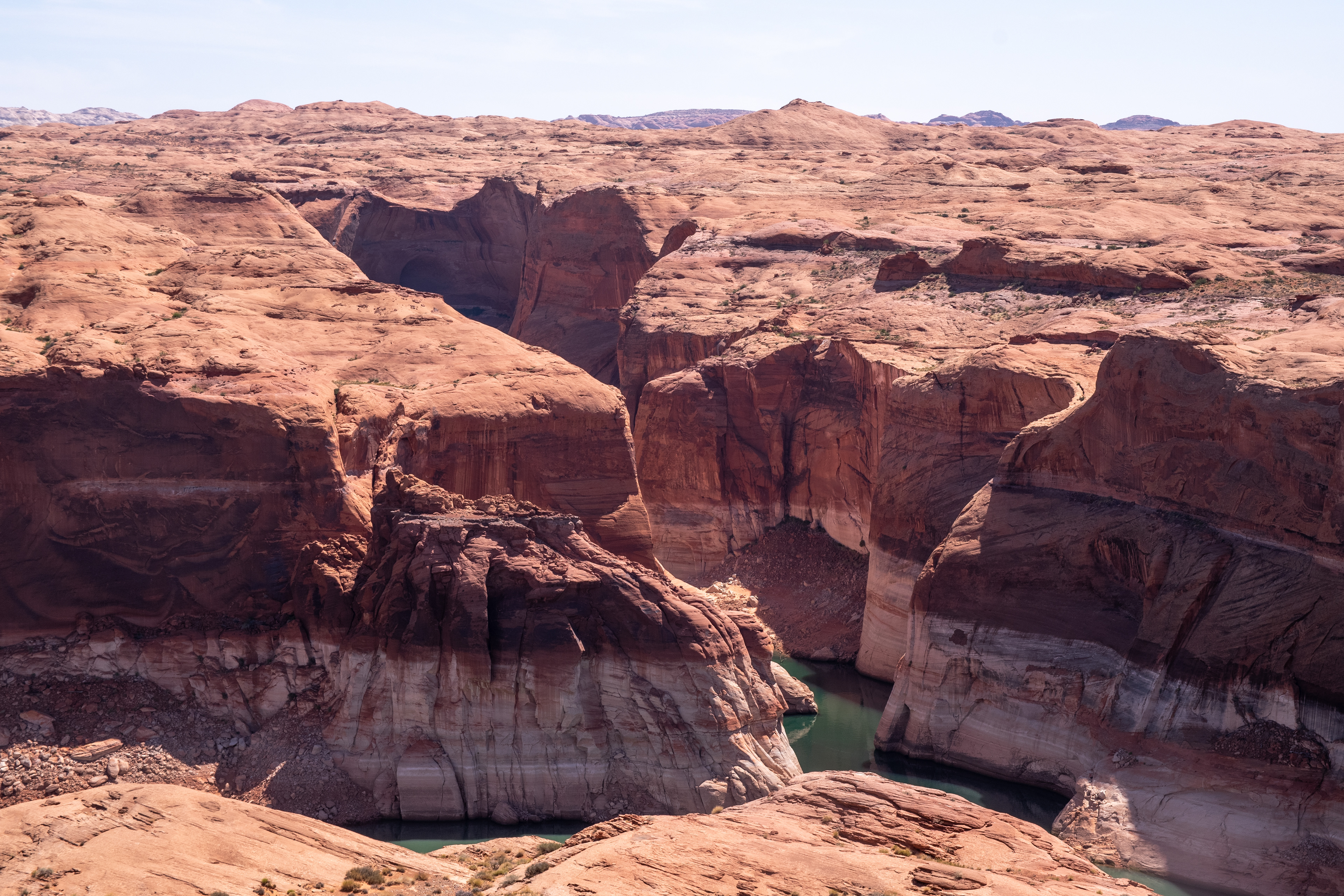
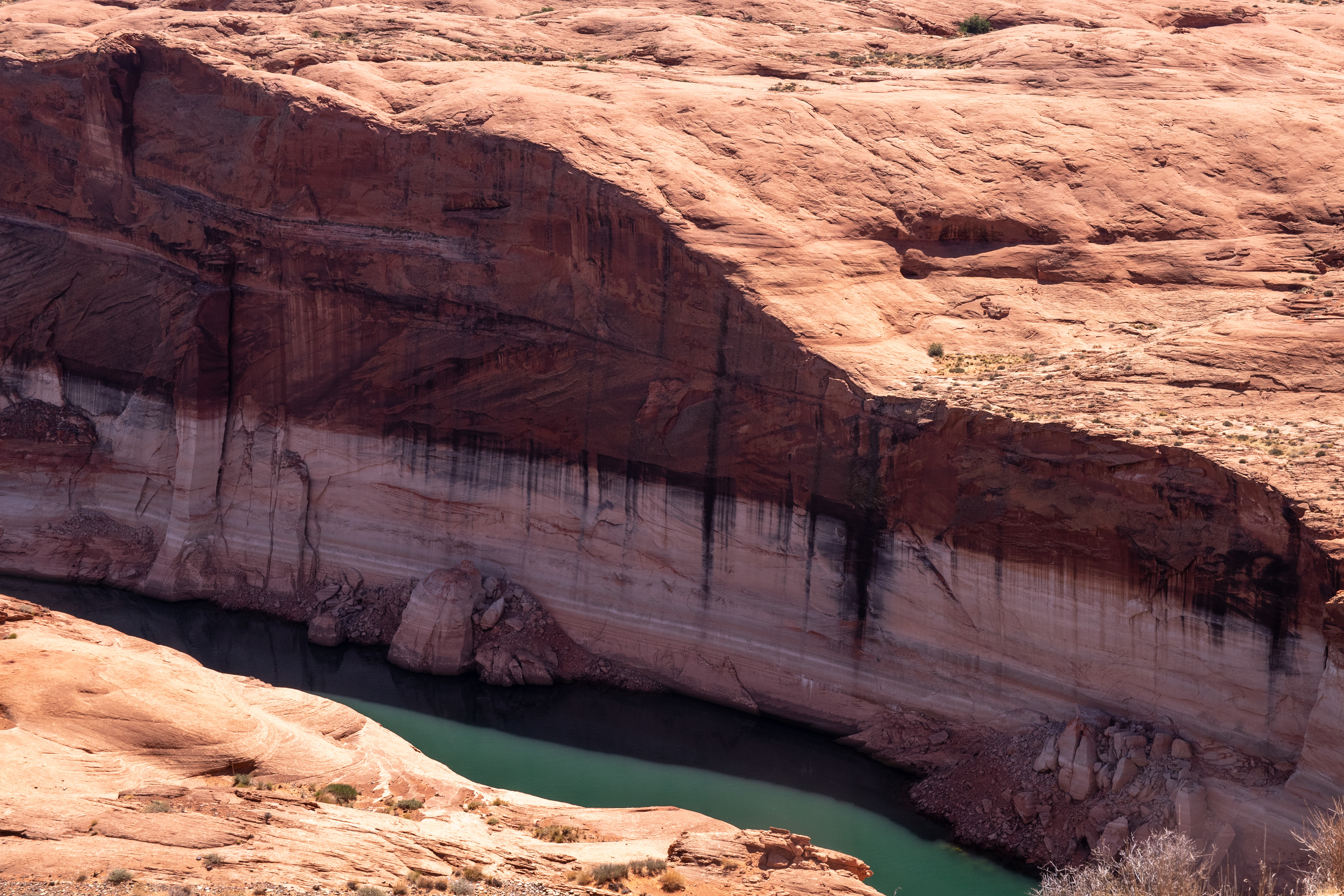
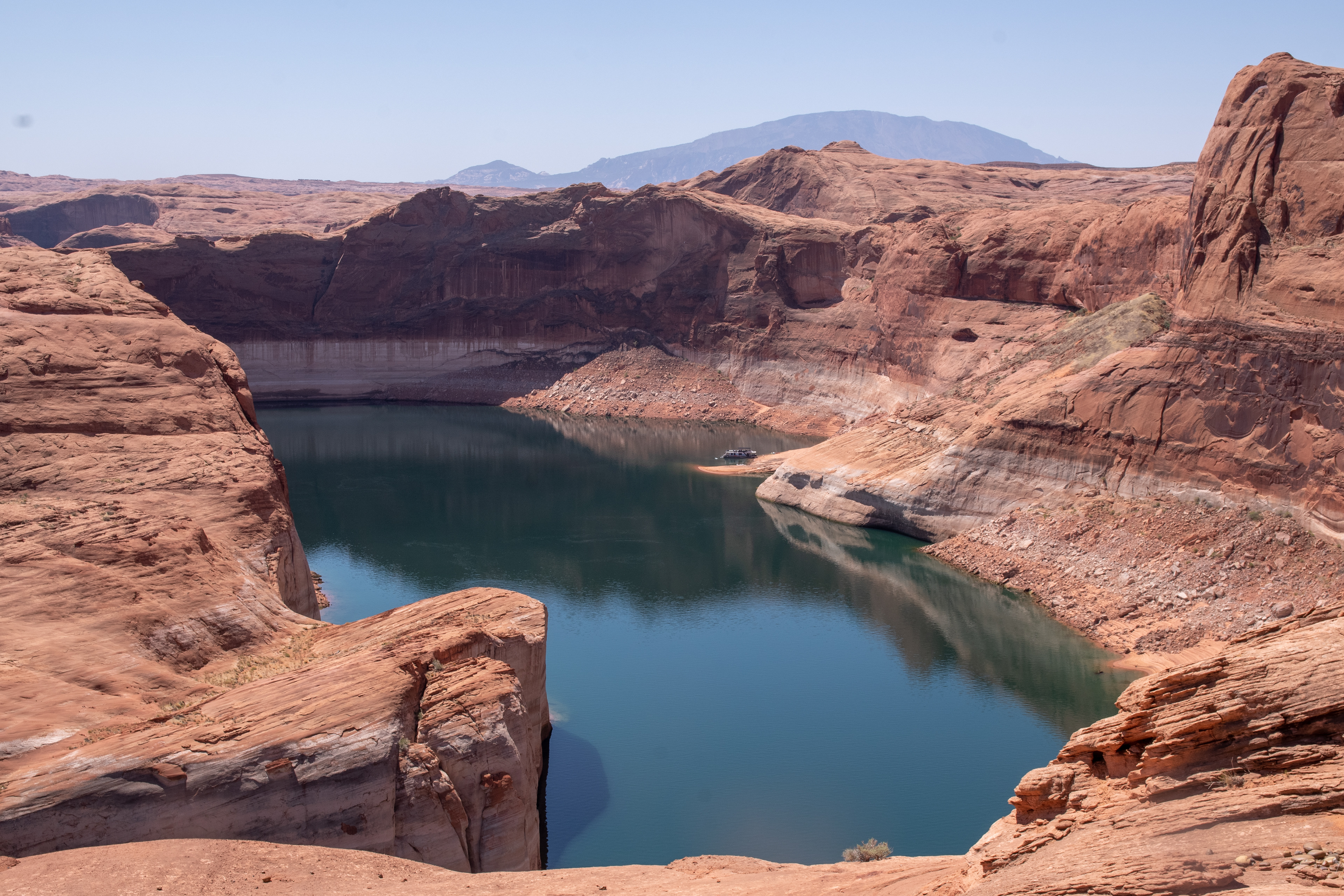
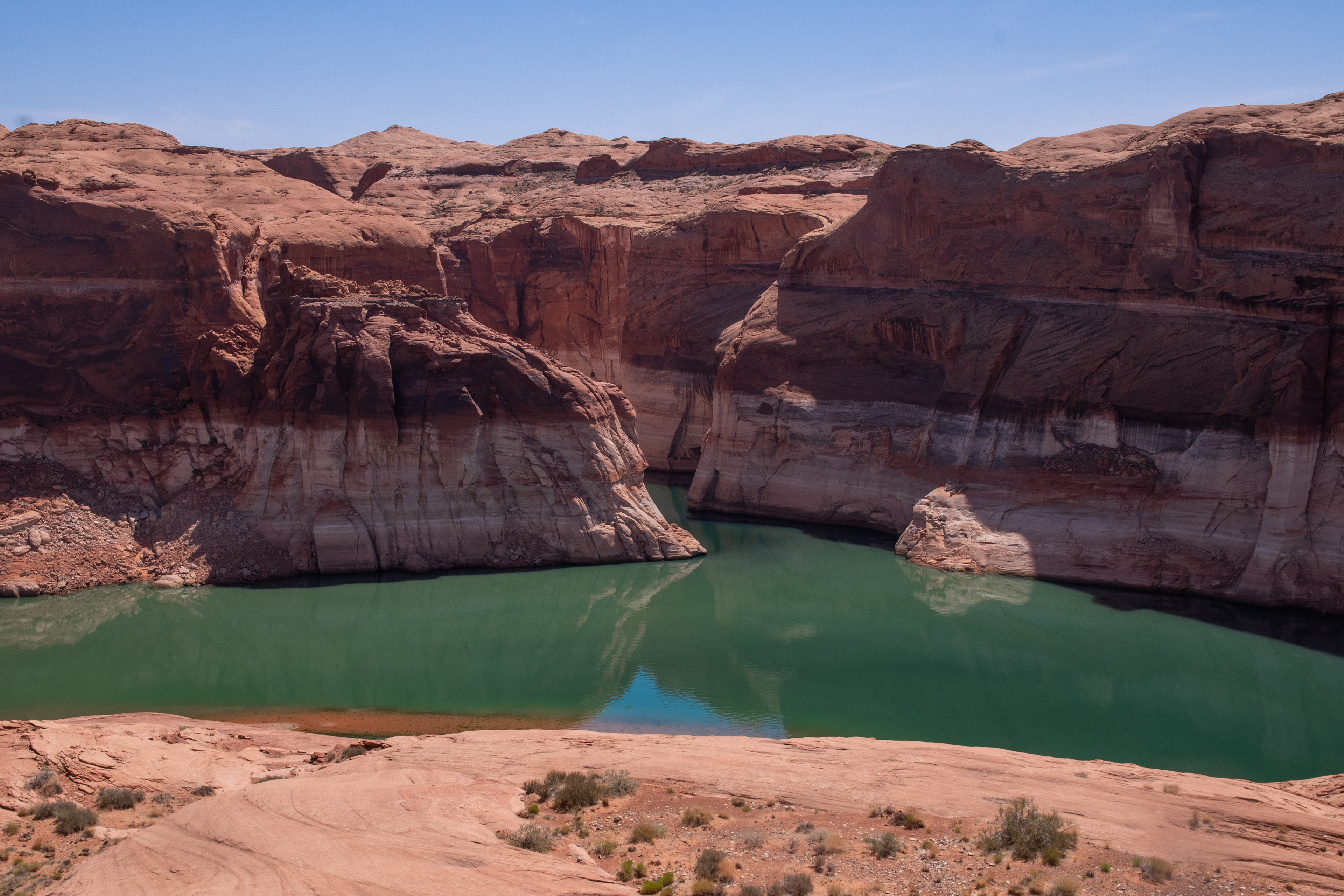
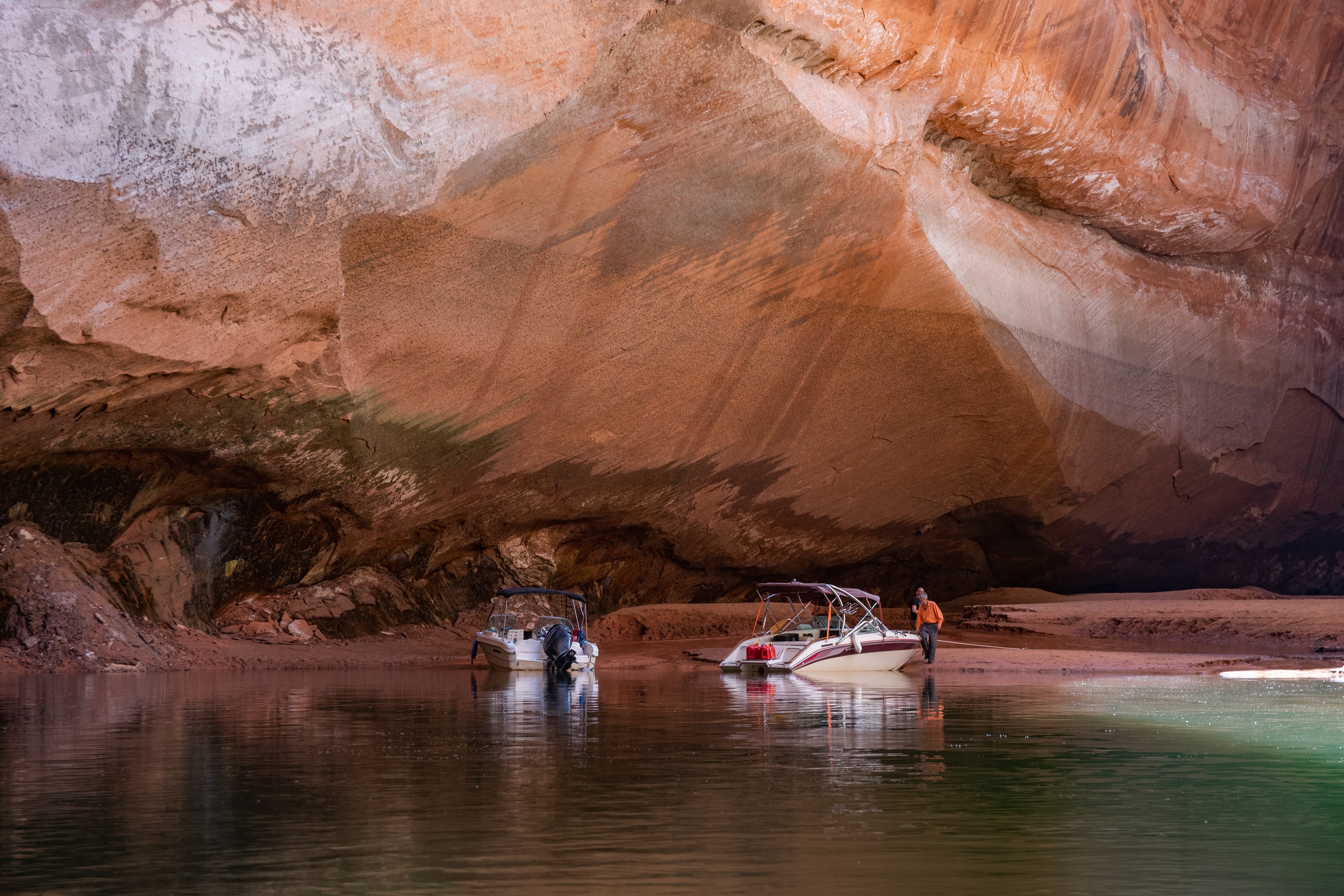
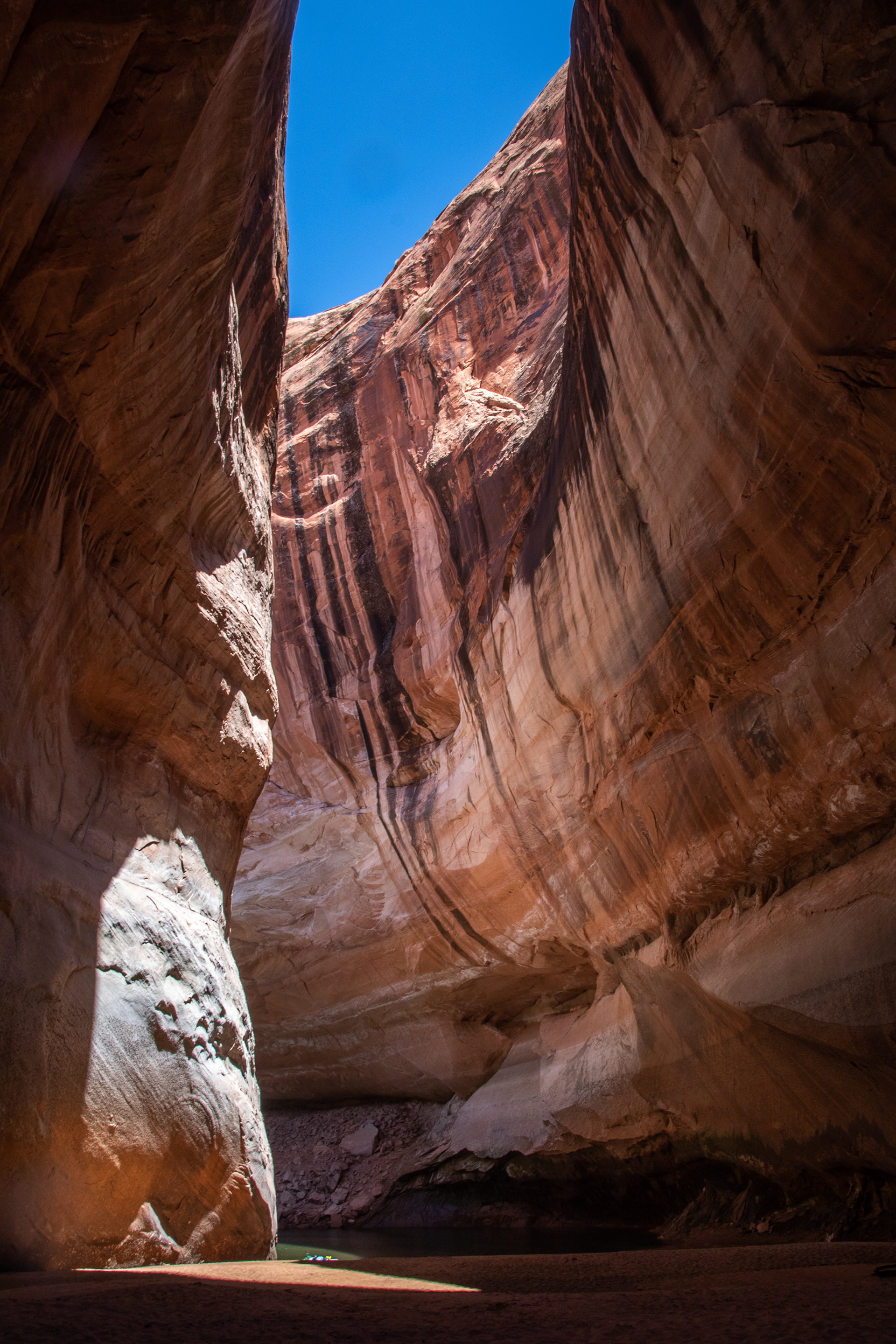
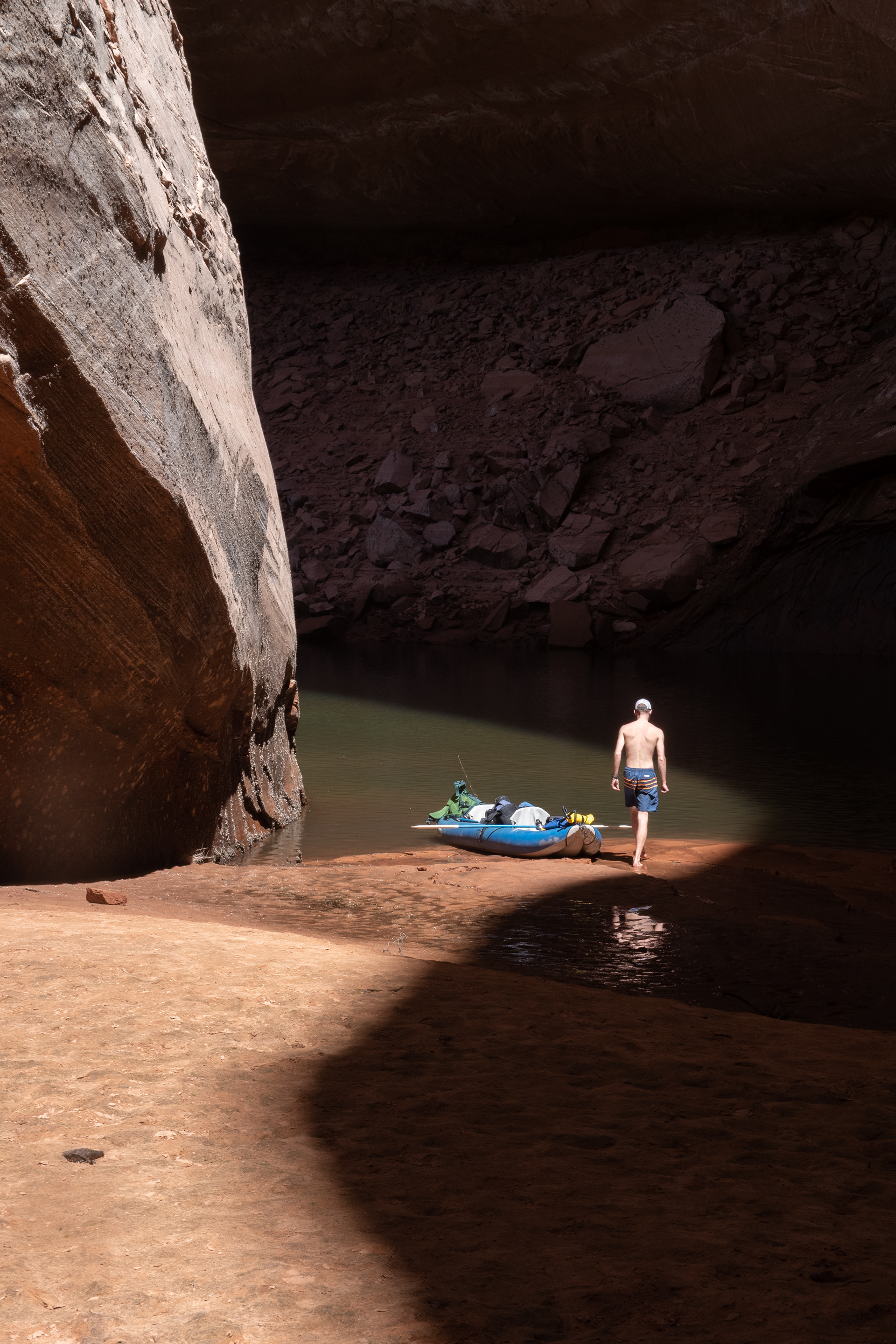
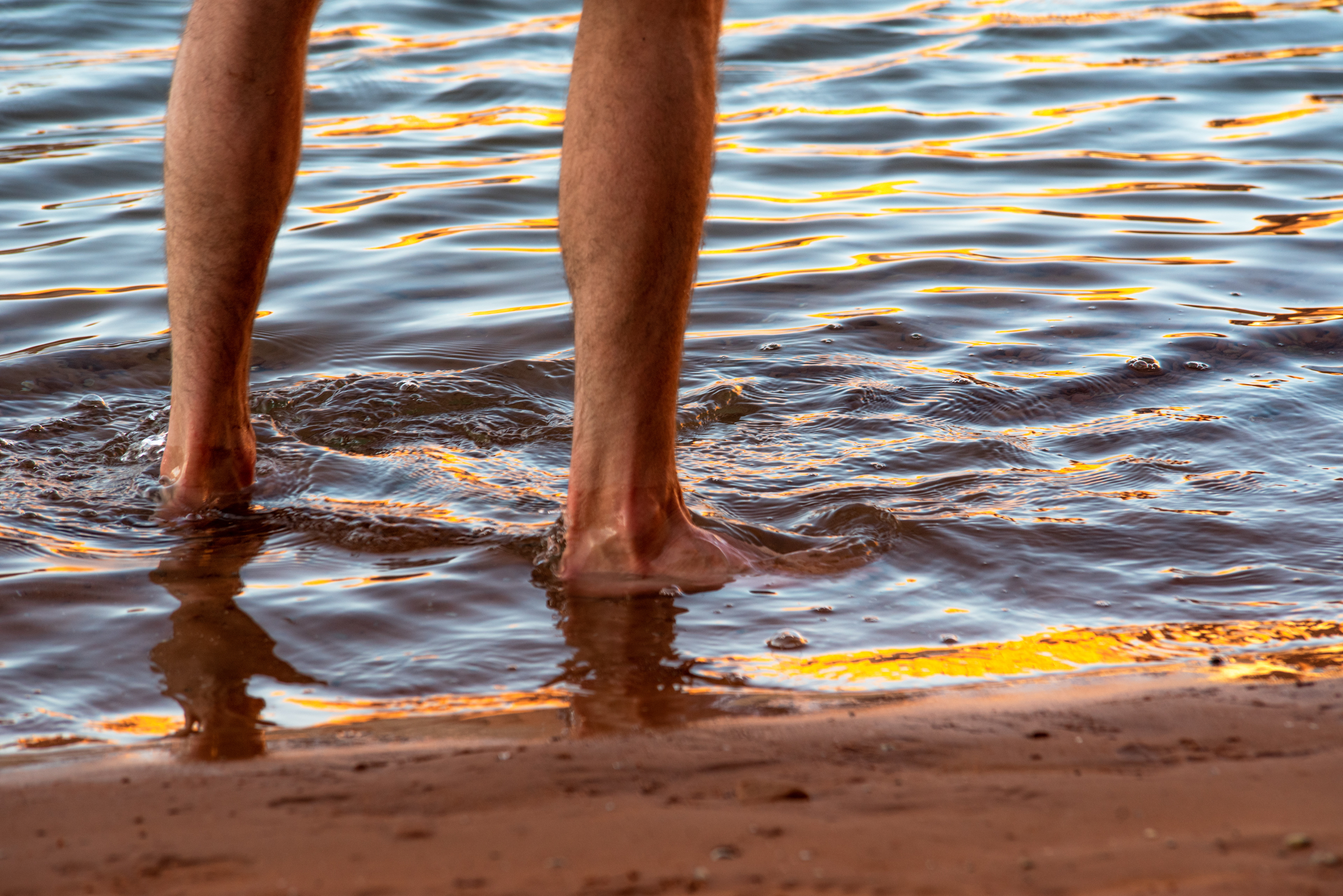
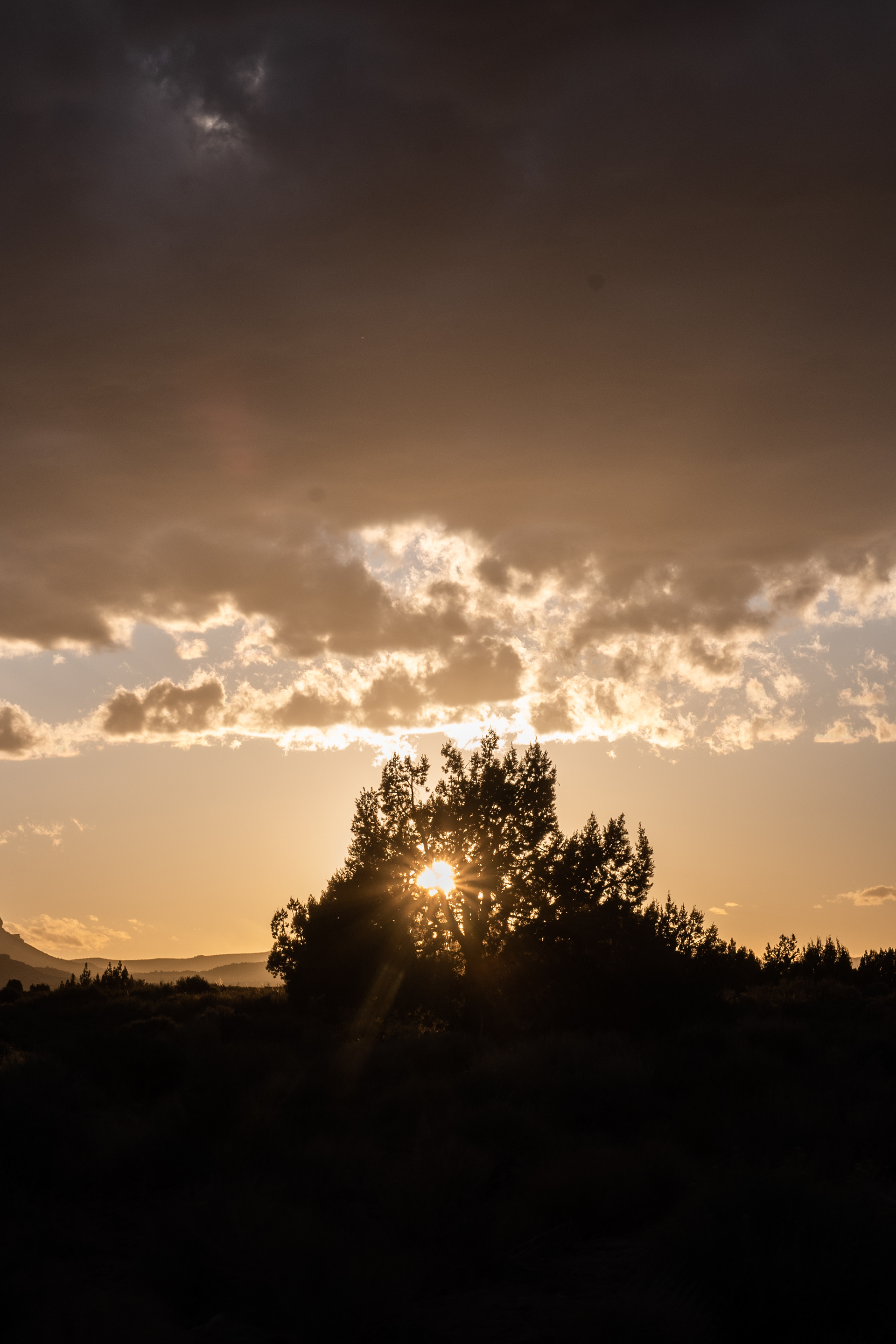
In an environment that is caught in the perpetual thirst in the absence of water, Lake Powell drowns the landscape with a large amount of a diminishing resource. The lust for water and power for surrounding major cities had been granted in the most gluttonous of ways with Glen Canyon Dam’s creation, but only now as the water migrates from the lake, the accumulation of humanity’s sins pours over into the waking physical world for all to see. As the water levels continue to drop, features of pre-dam Glen Canyon begin to reveal themselves after decades of life underwater. The further one travels up side canyons, foliage grows larger, the birds return, trash becomes infrequent, and the desert reverts back to wilderness, a sign of the perseverance of the natural world. Not all that is revealed represents the restoration of former beauty though. Quagga mussels from one careless boater drip rotting flesh into the shoreline, trash in every variety speckles the dry sand, and silty basins where there used to be pristine canyons emerge as demons that haunt the memory of wilderness, itching at the door for sins to be atoned. With the creation of the lake, there was a large halt to the previous migratory path of water with the replacement of an in-navigable wet landscape, forcing a new short temporal migration cycle of human predation and destruction with no reciprocal restoration state. As the Glen Canyon Institute details, “Before the dam, Glen Canyon was a wonderland of gorges, spires, cliffs, and grottoes; the biological heart of the Colorado River, with more than 79 species of plants, 189 species of birds, and 34 species of mammals; and a cultural treasure, with more than 3,000 ancient ruins.” Native American land use of the area is often told from the past, hinting that the Indigenous people that once lived here are no longer around, but in reality, it's only their use of the land that has changed. They are very much a part of the living history of this land. The social relevance of the story is that the American Southwest is experiencing a water shortage and continual decline due to the current perspective that most people have on resources. Instead of harboring a give/take exchange that is prevalent in healthy relationships and promoted by Indigenous land use, the perspective is unevenly weighted towards predation, and is on the downward spiral to a dangerous outcome for everyone. In support a free-flowing Colorado River, the film centers around water’s relationship with humanity and how it has been largely rendered into a slave to sequesterment, which goes against water’s main characteristic being in unbridled change and movement.
